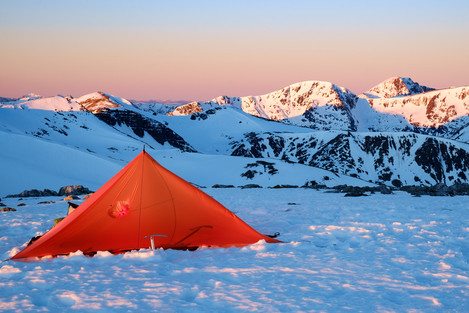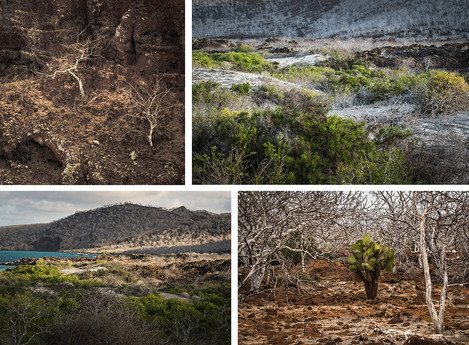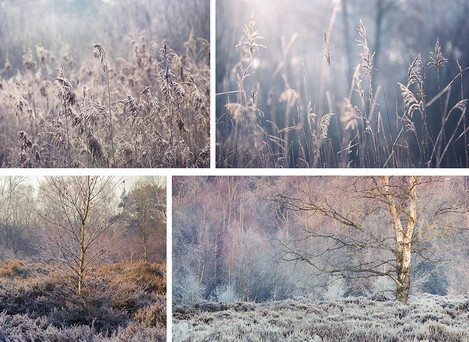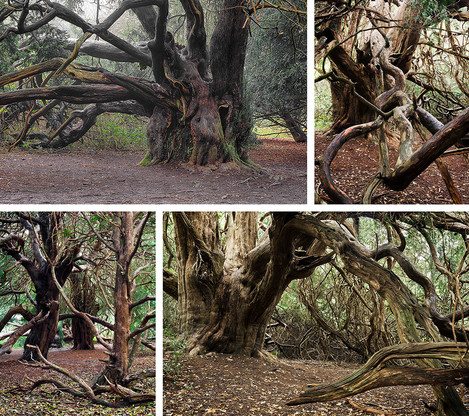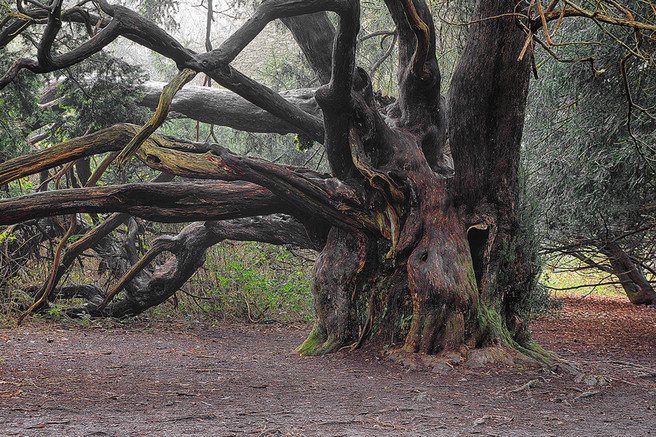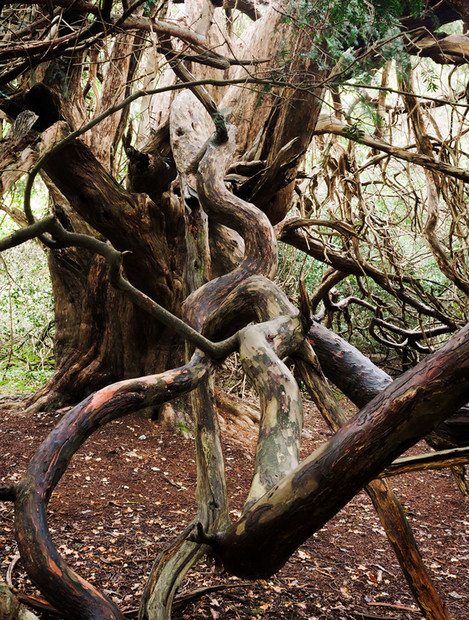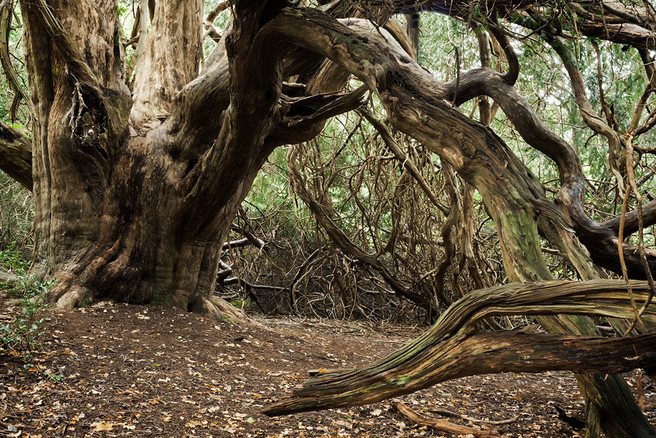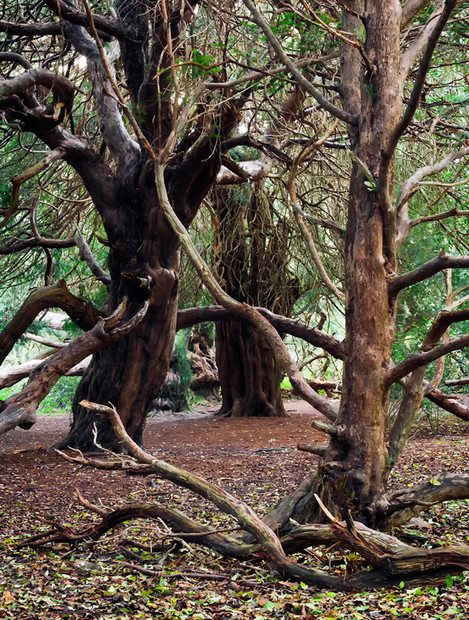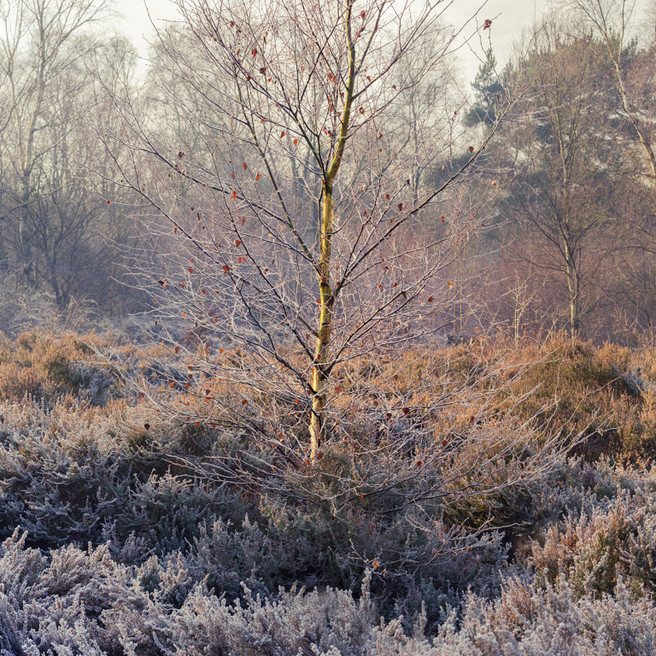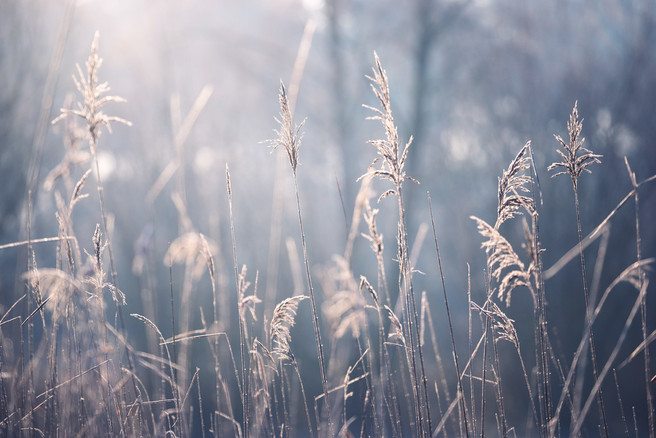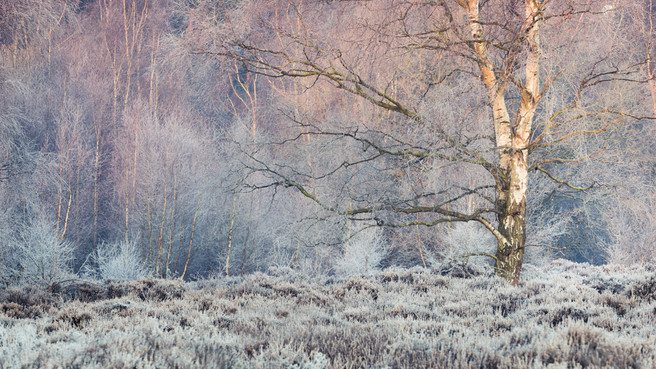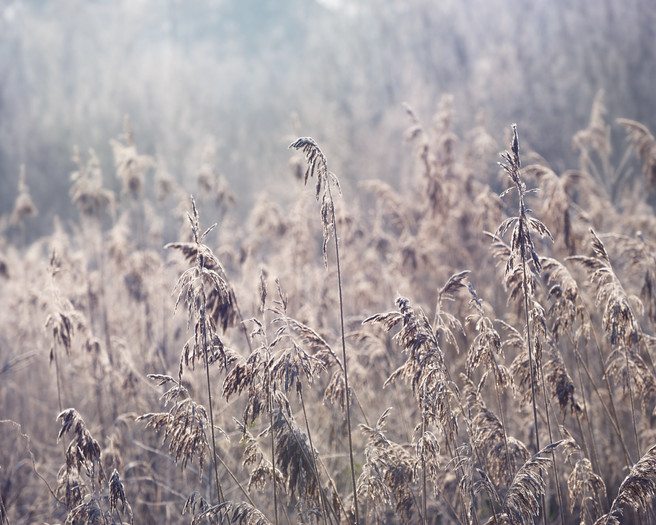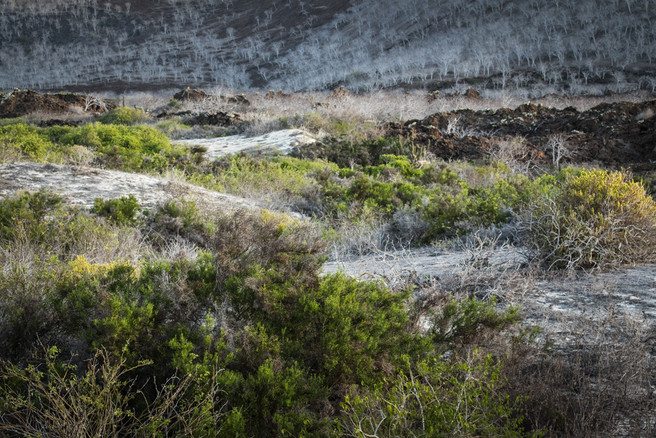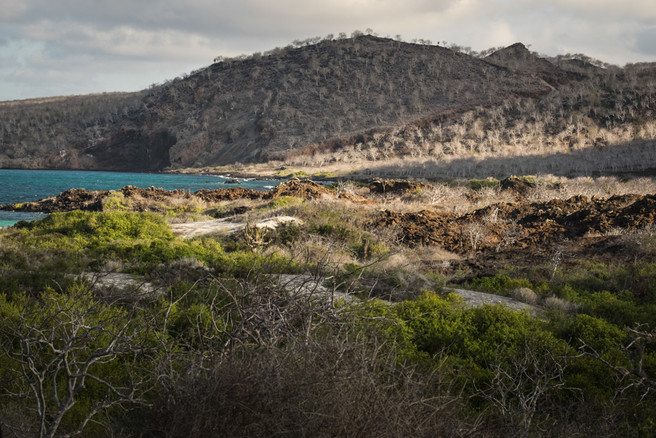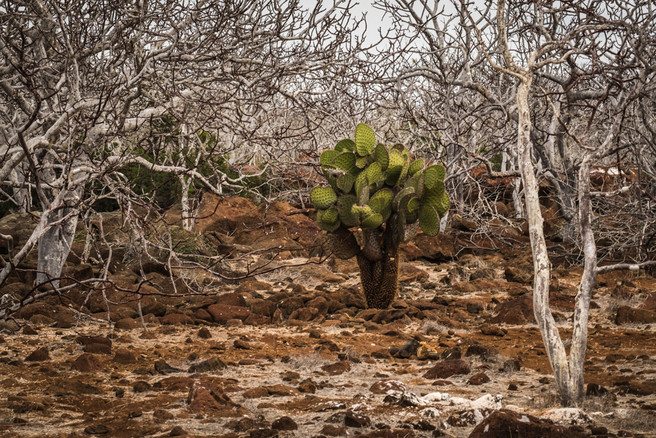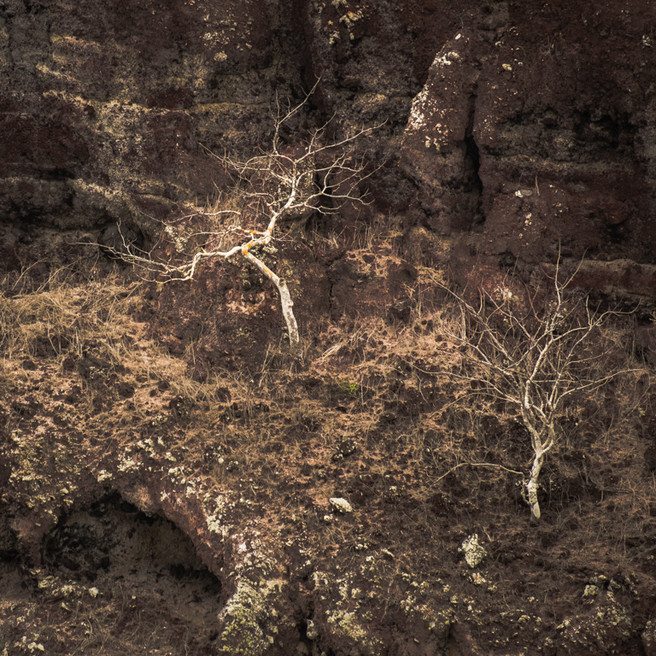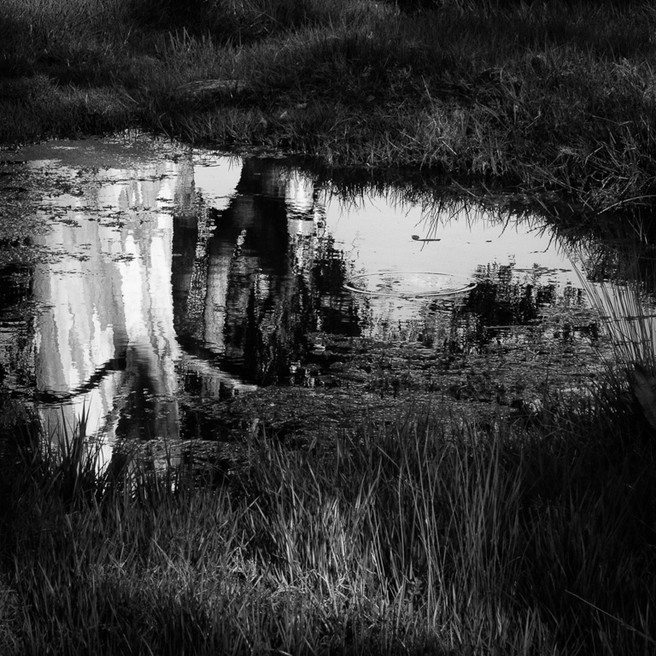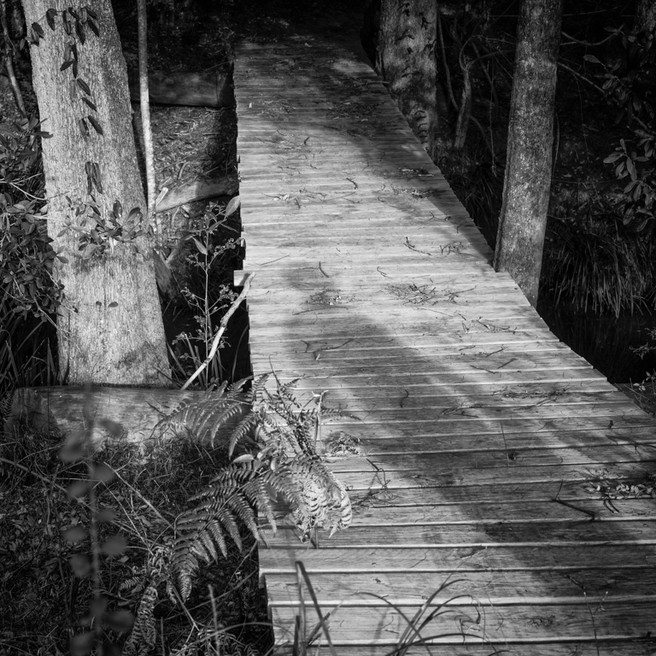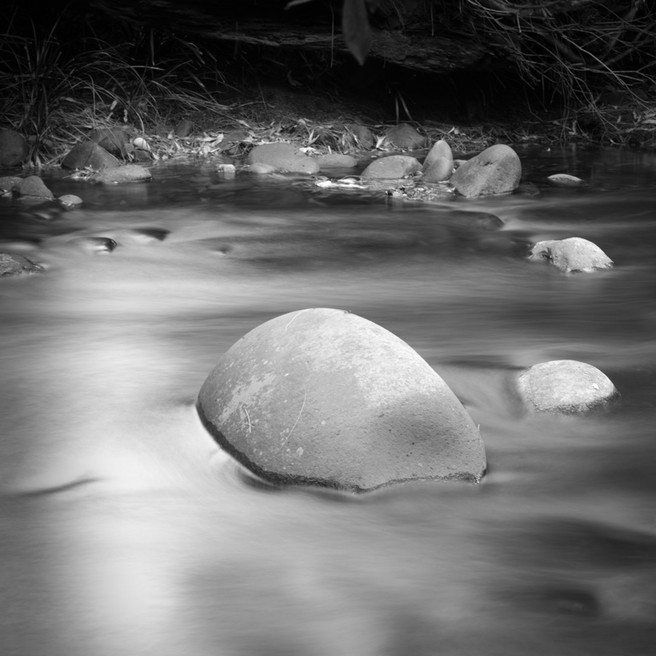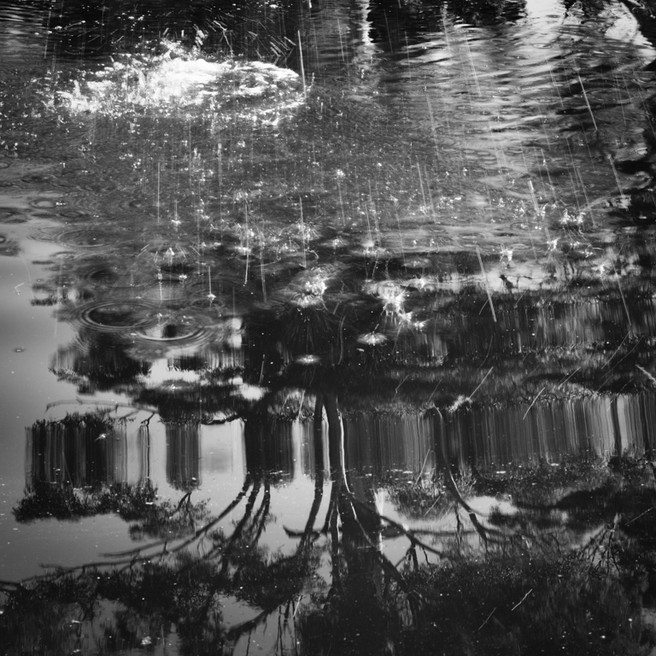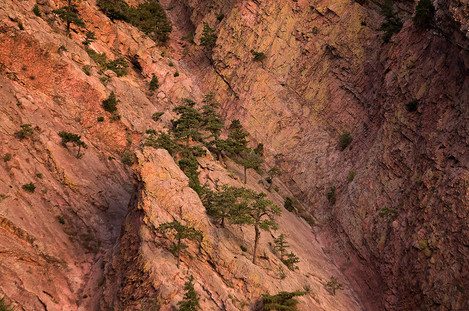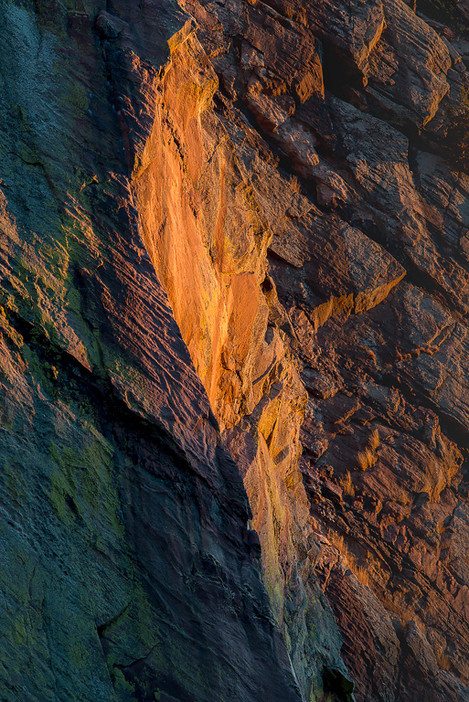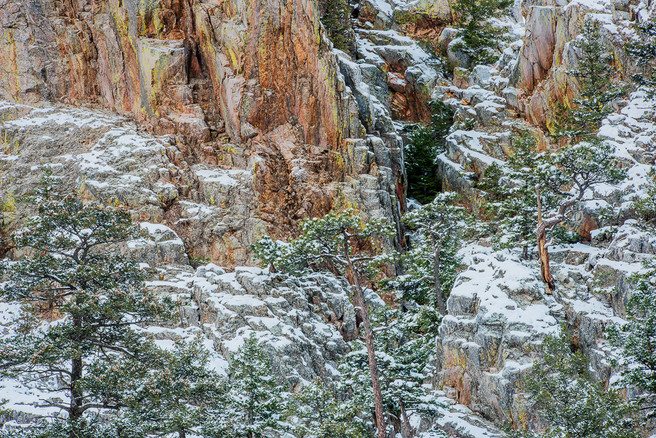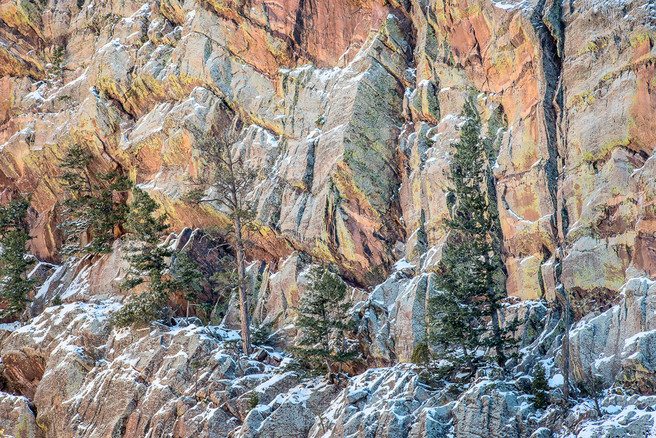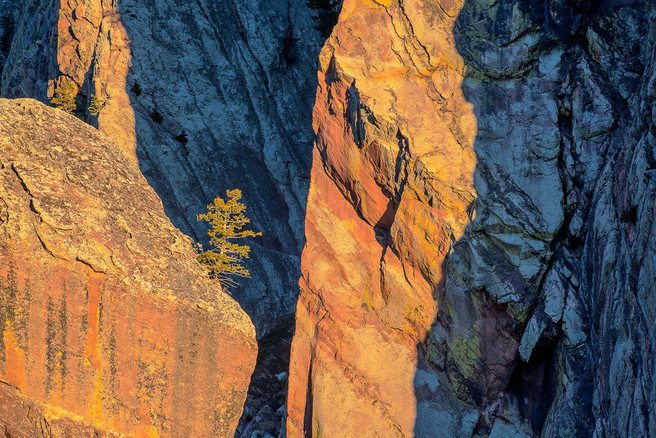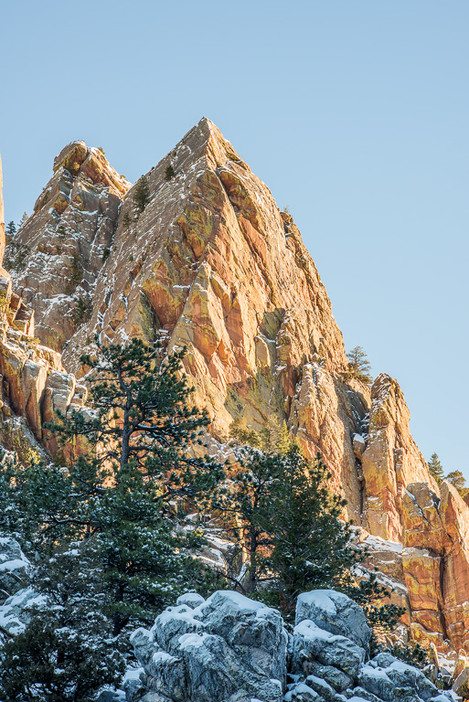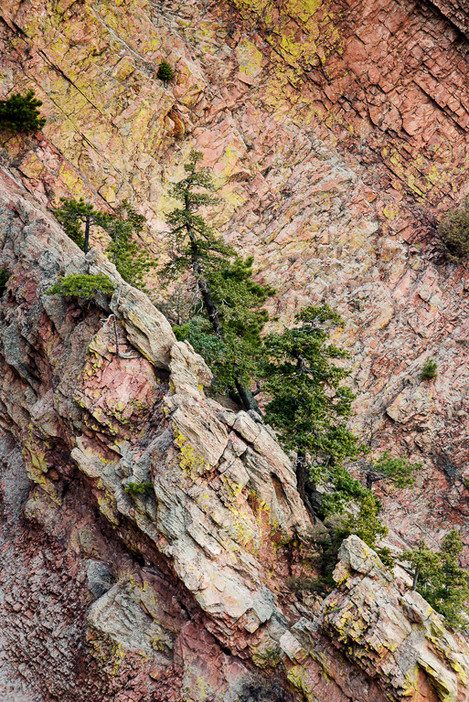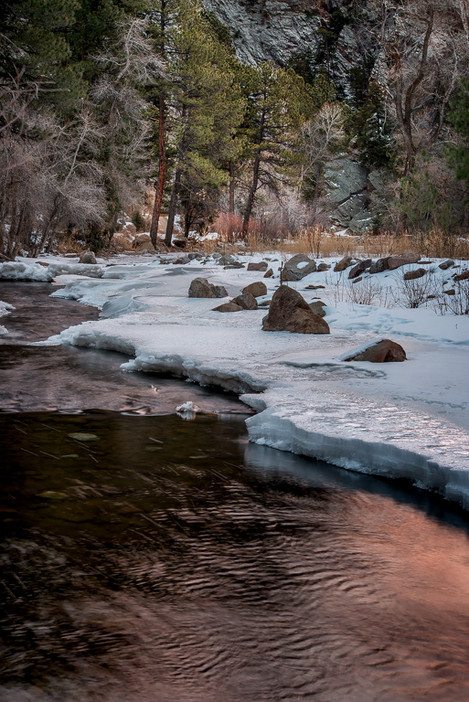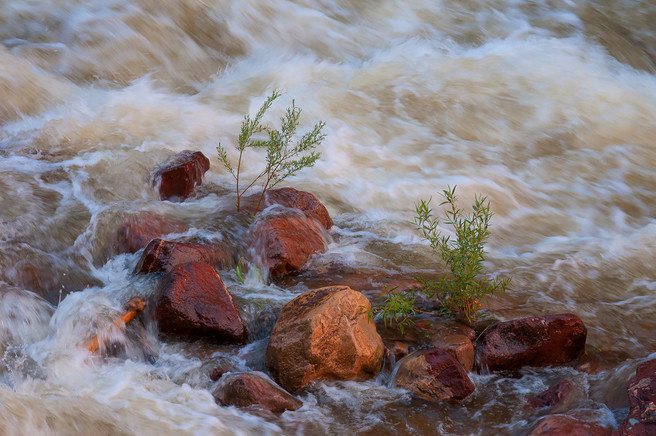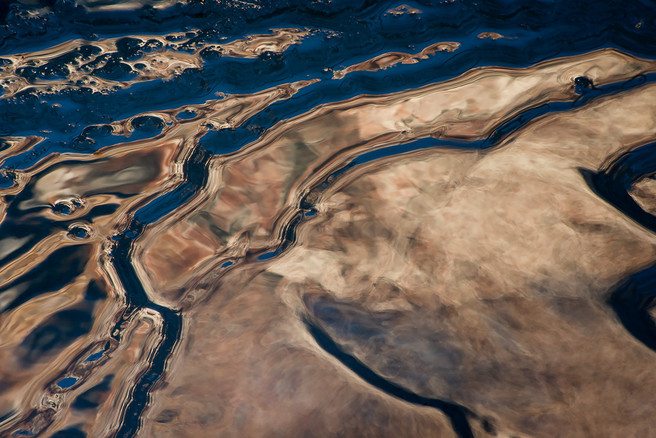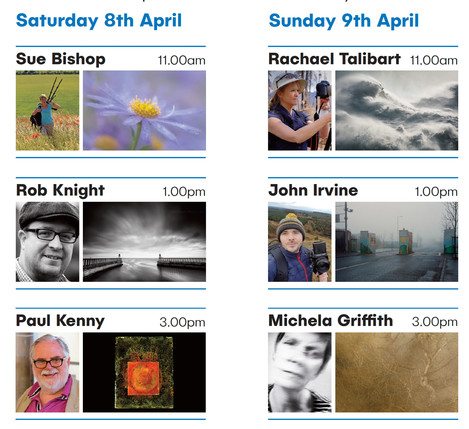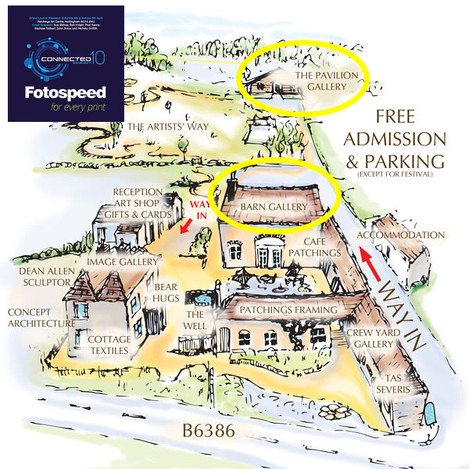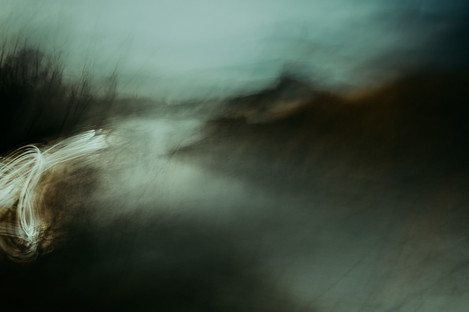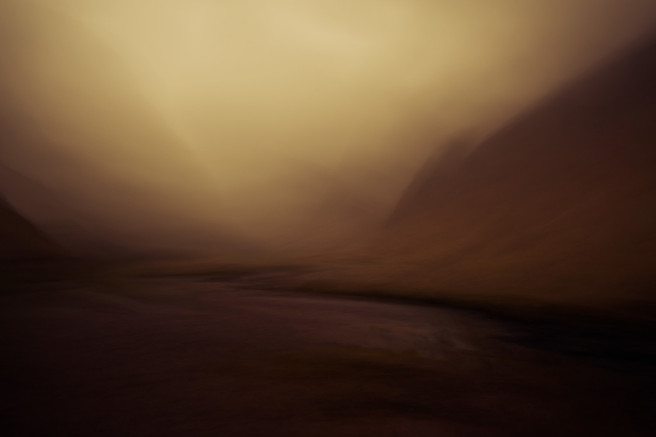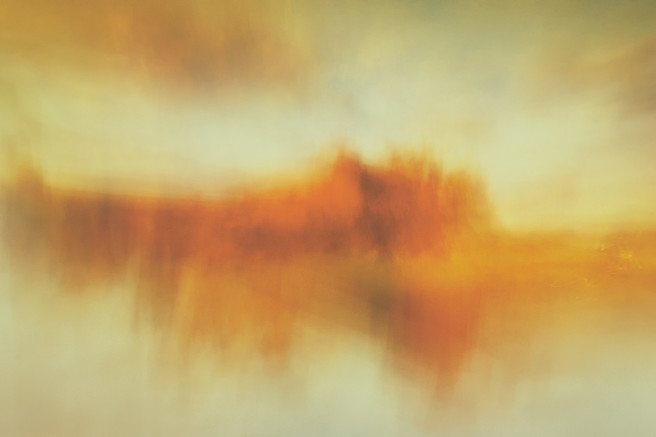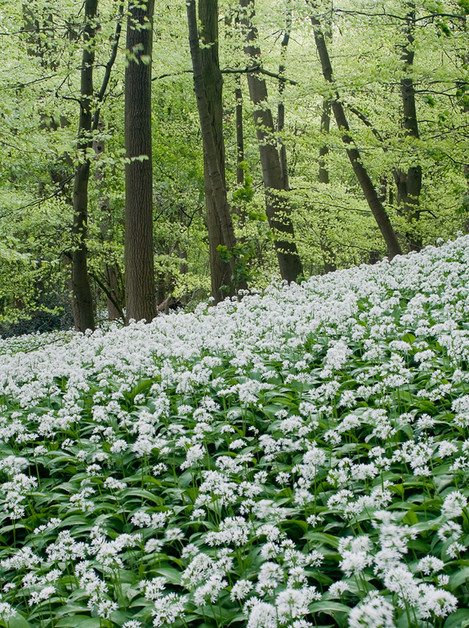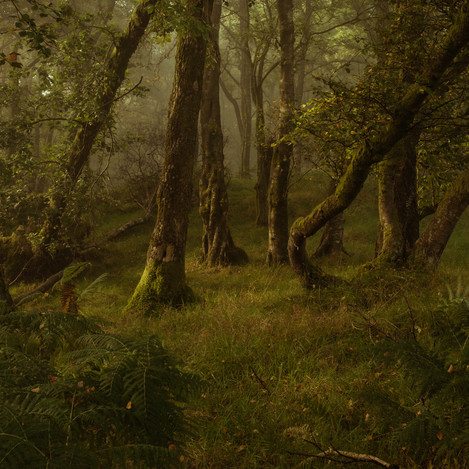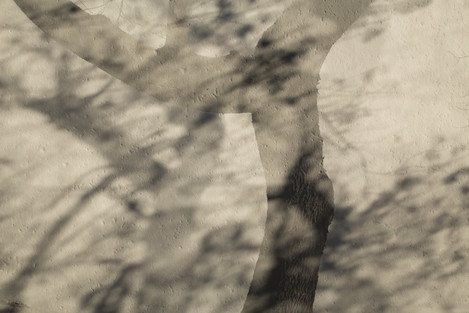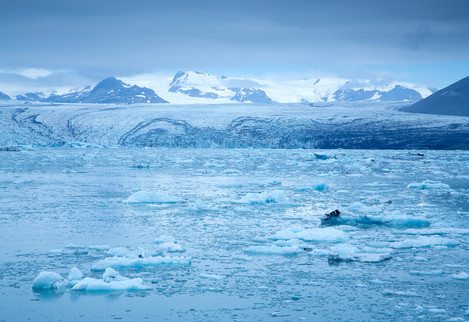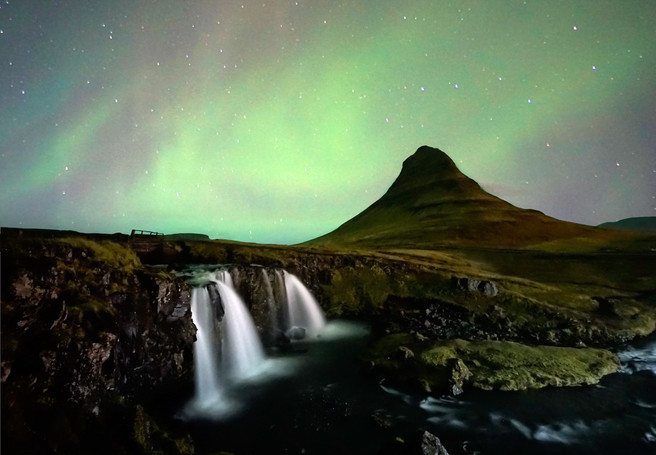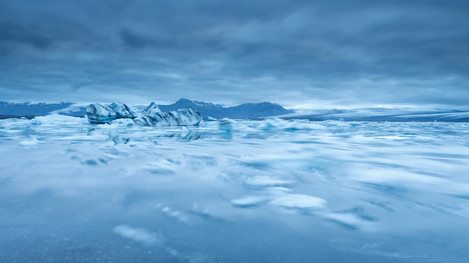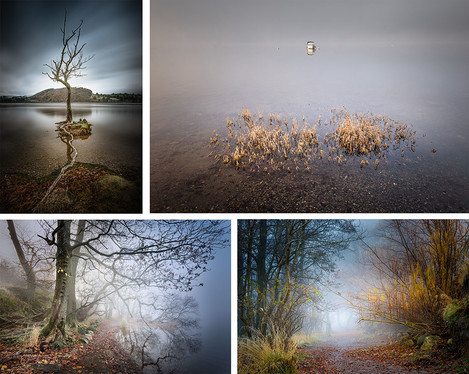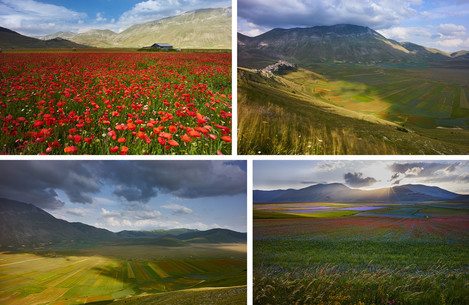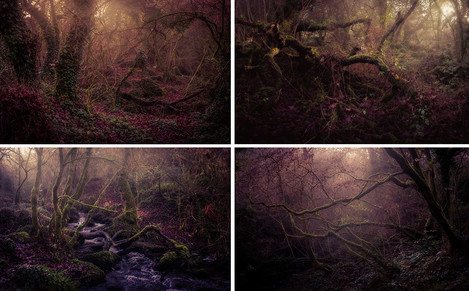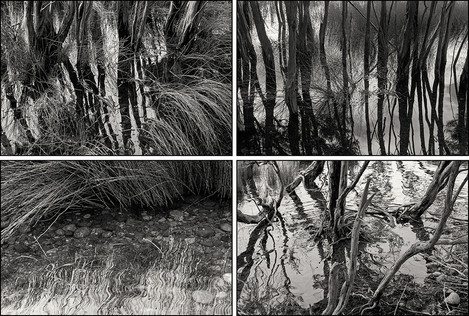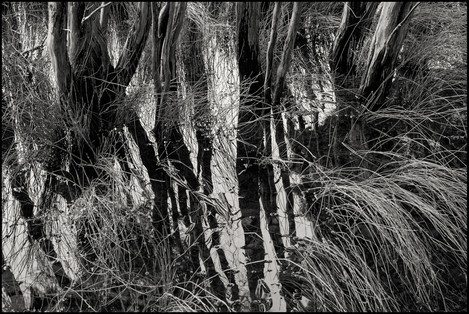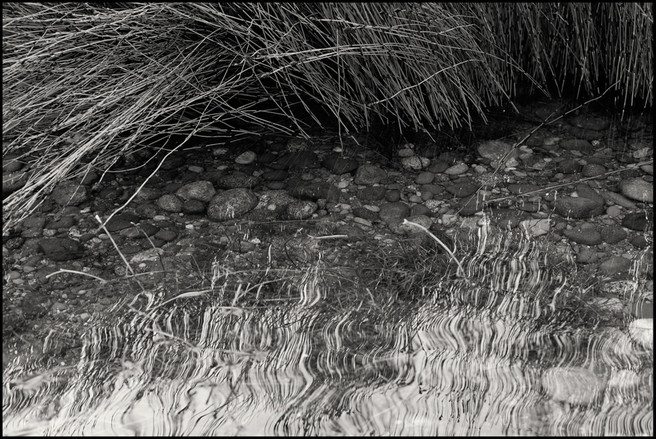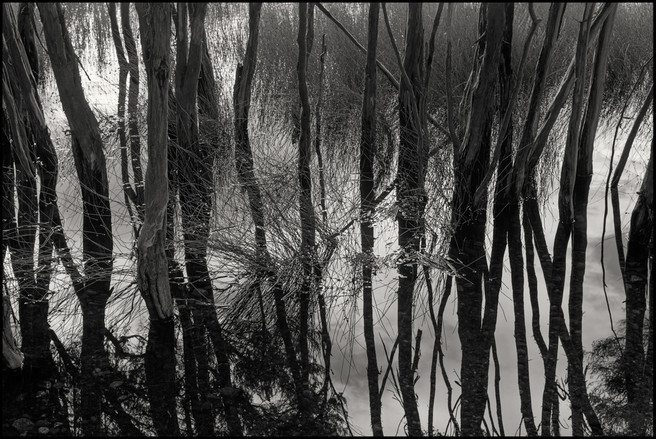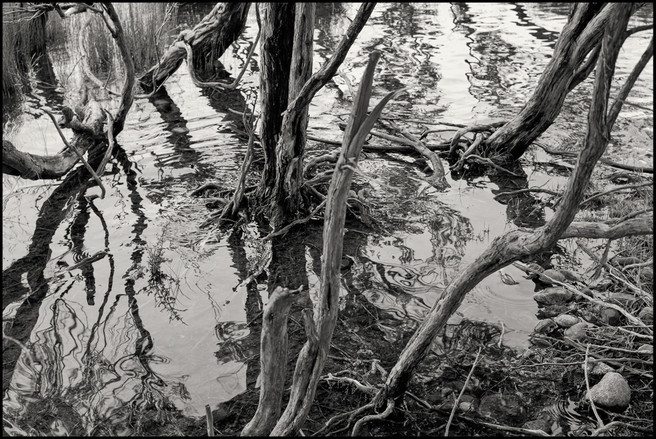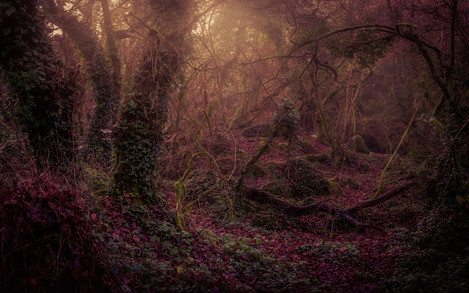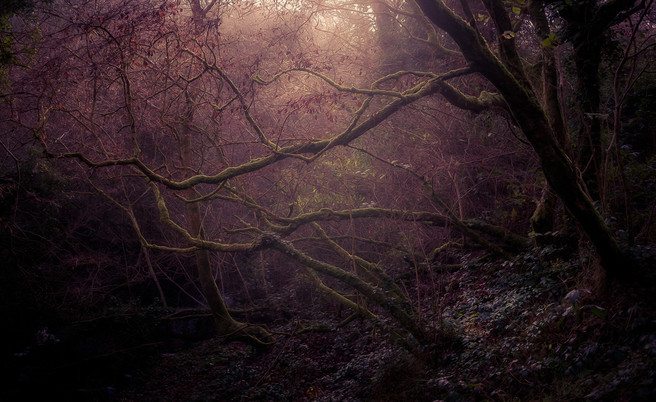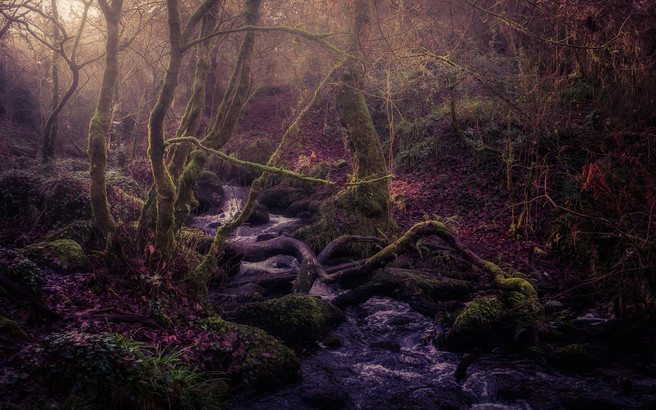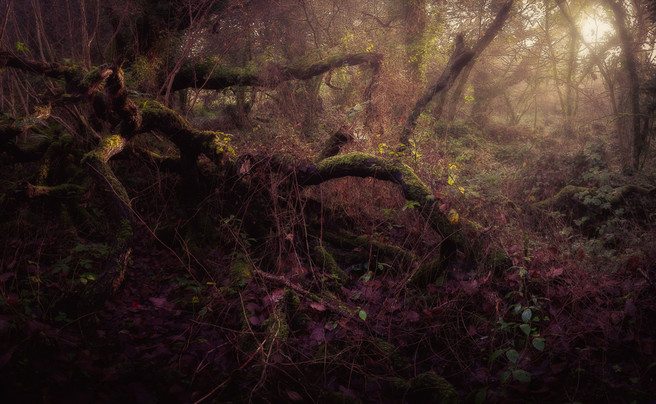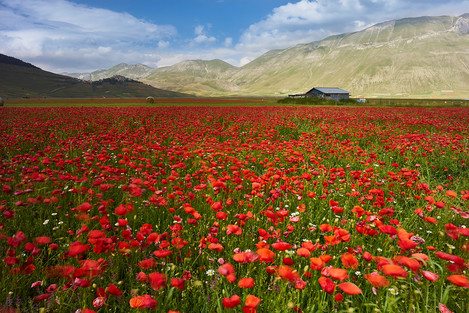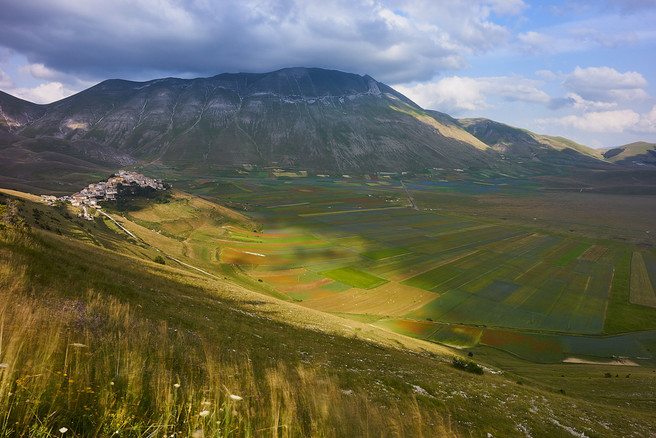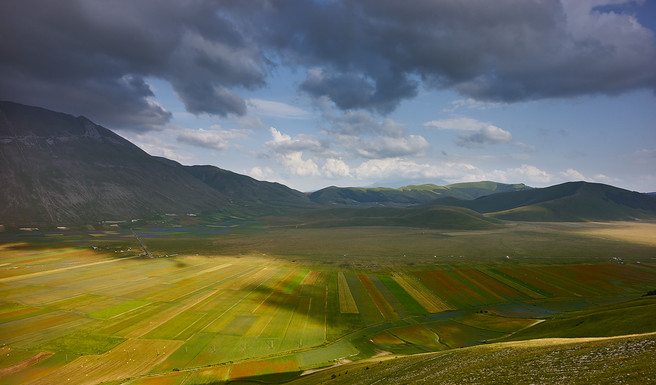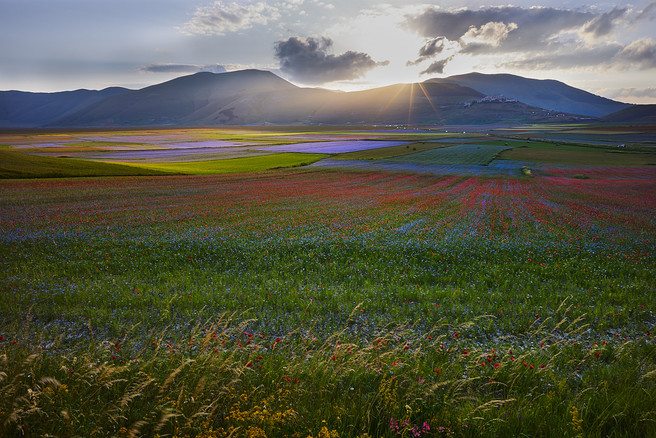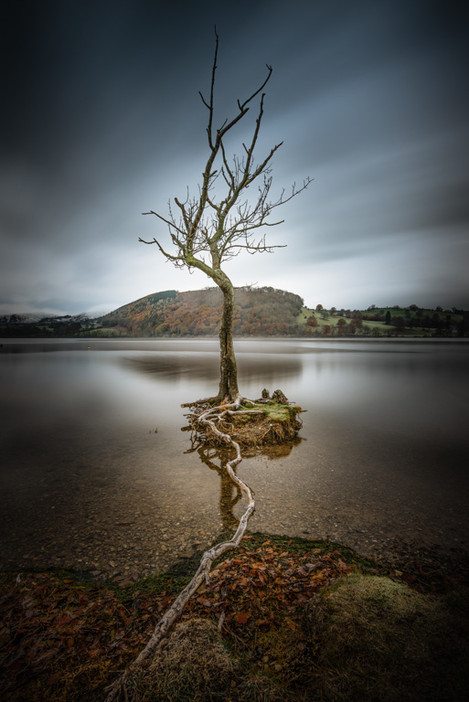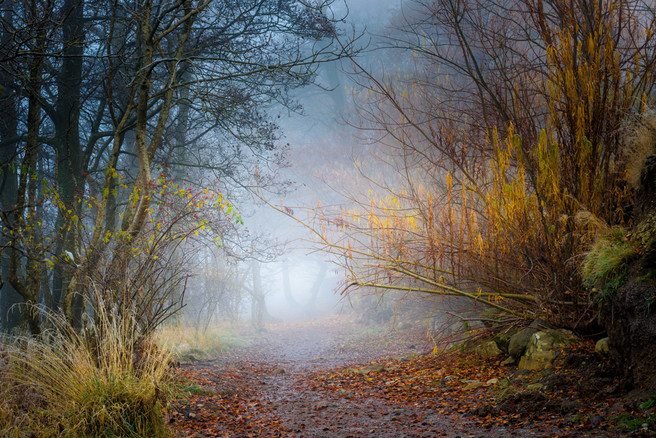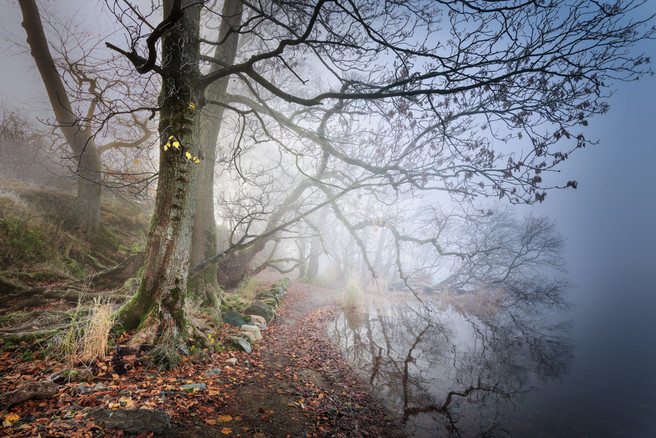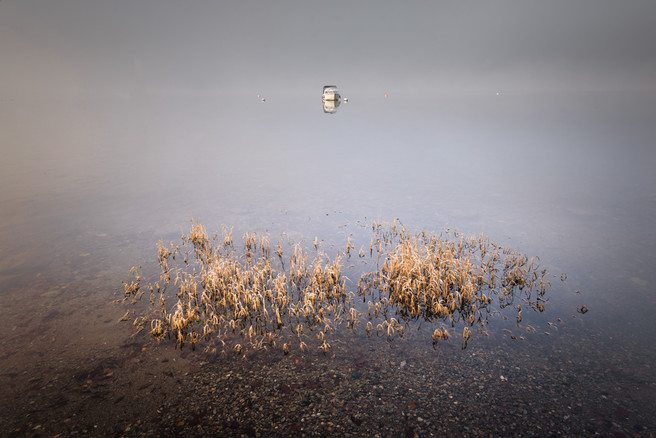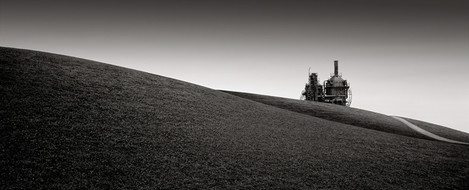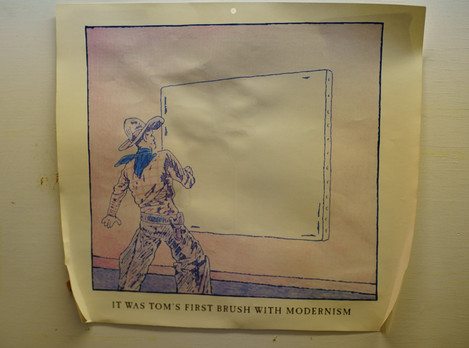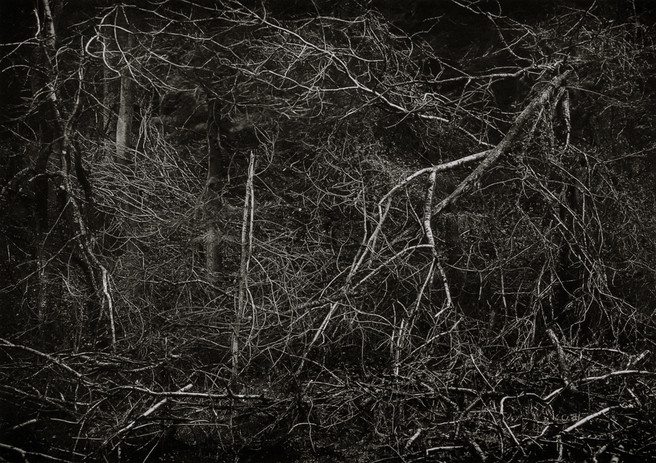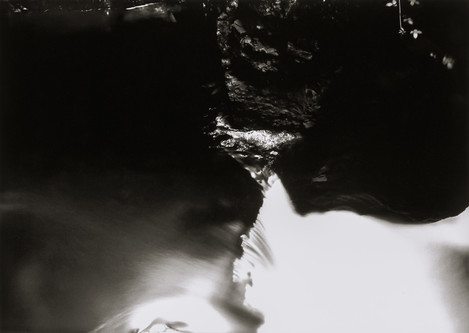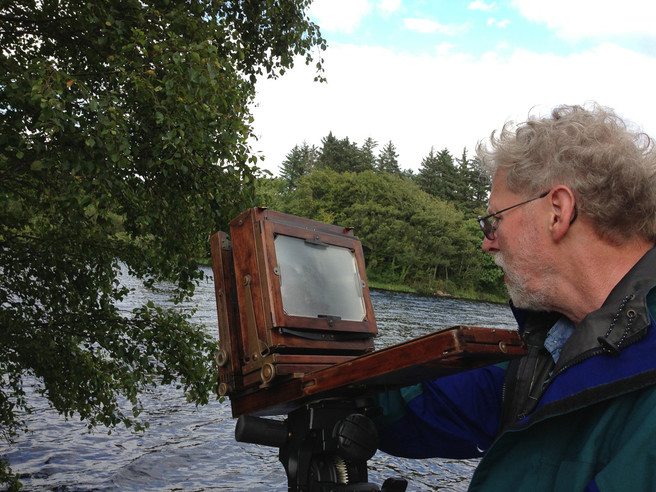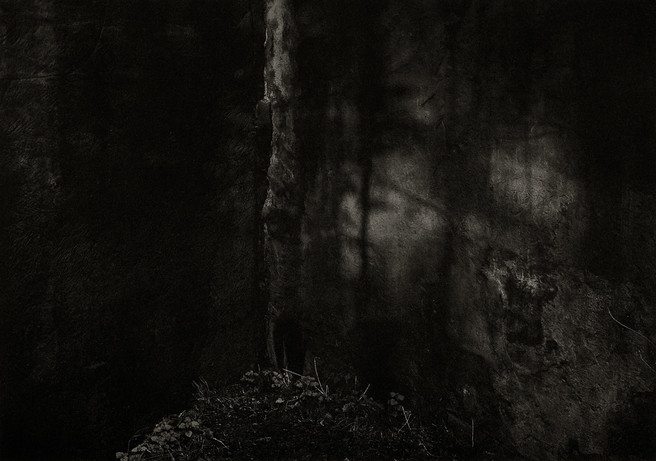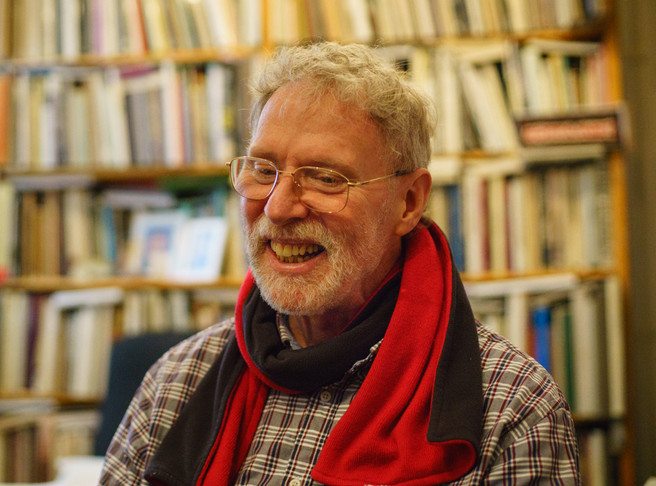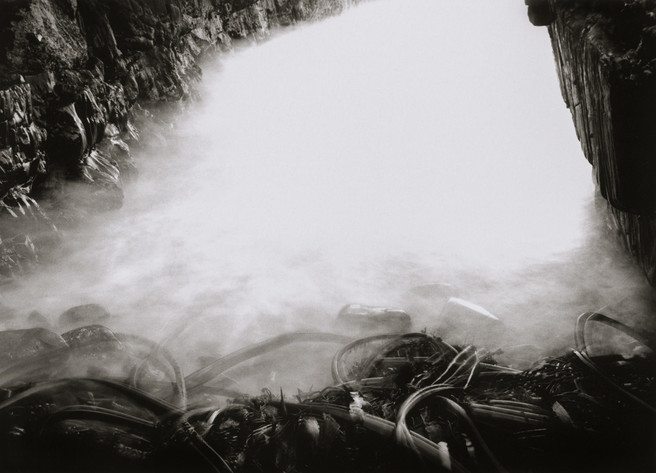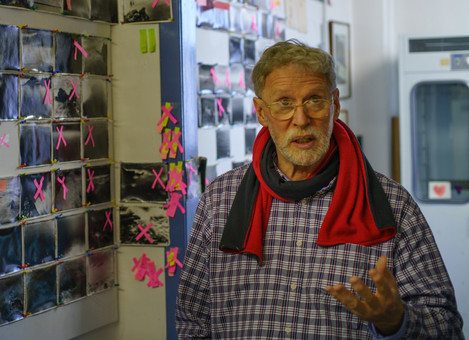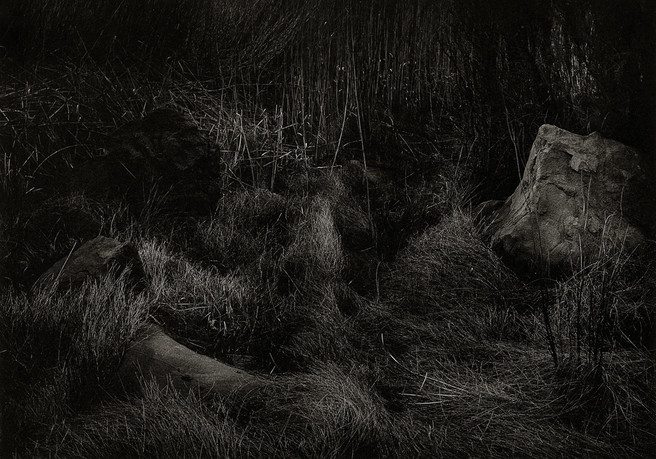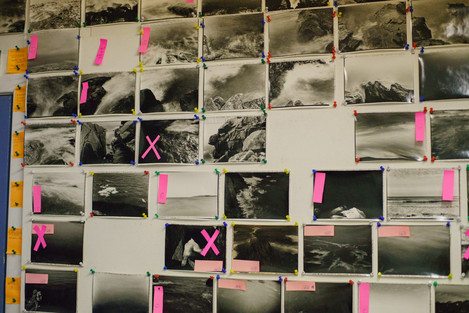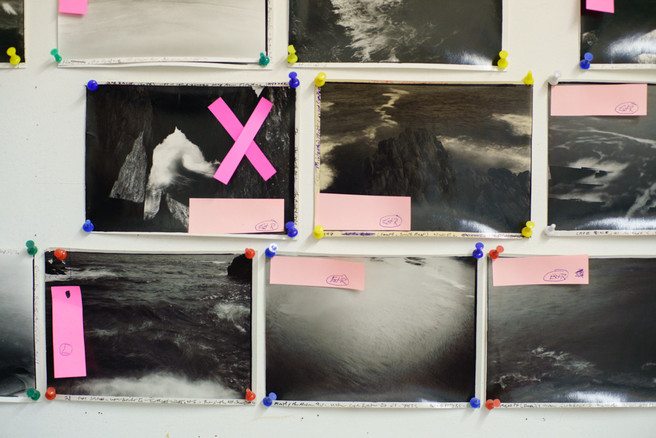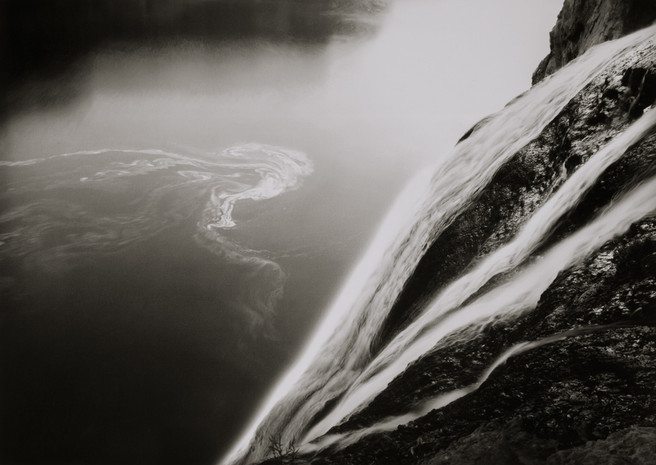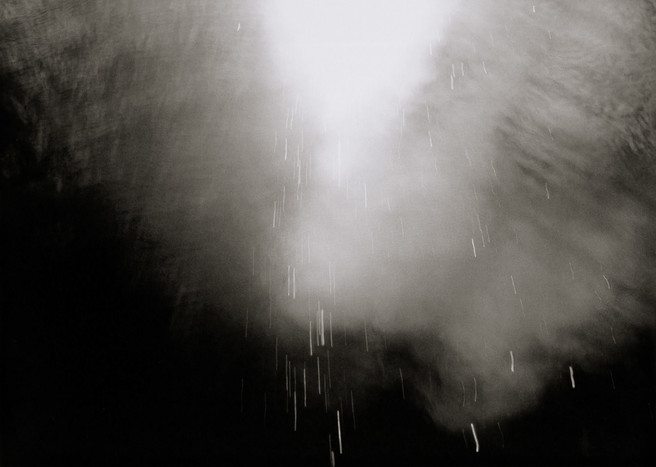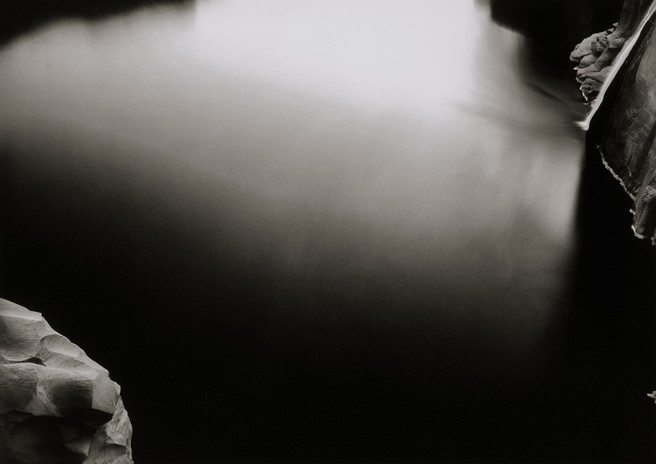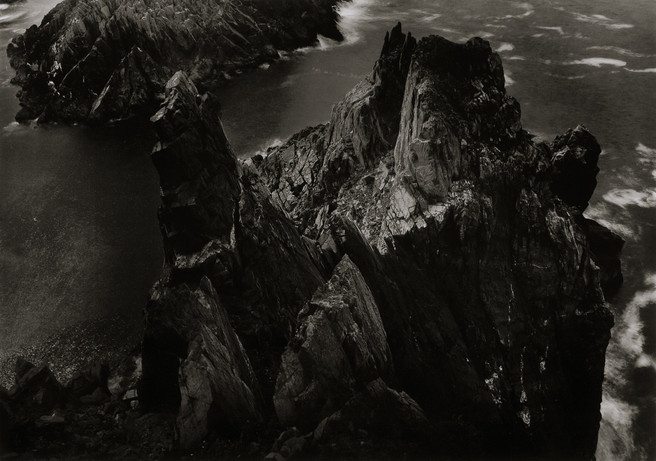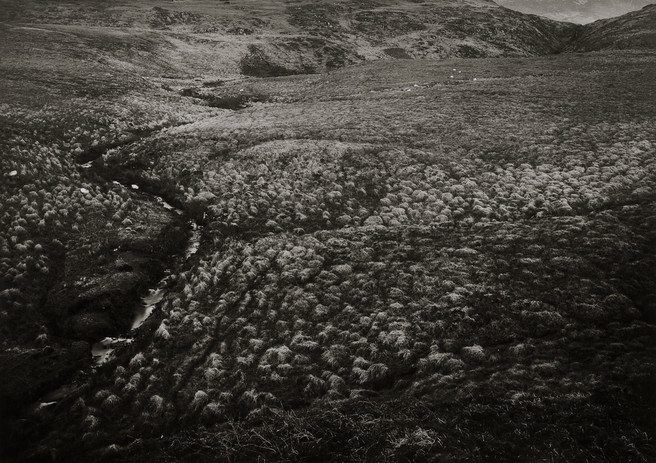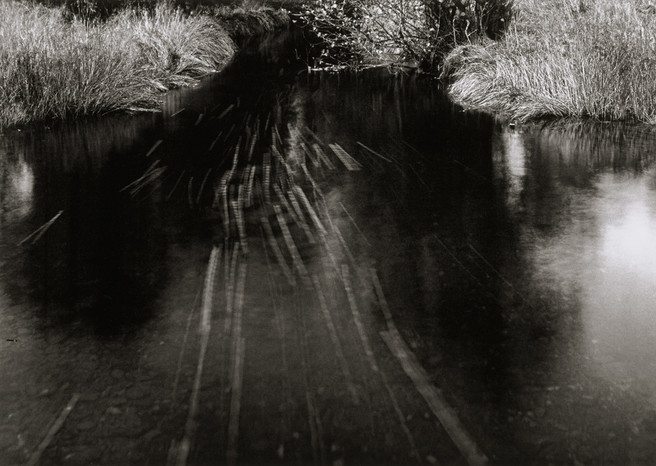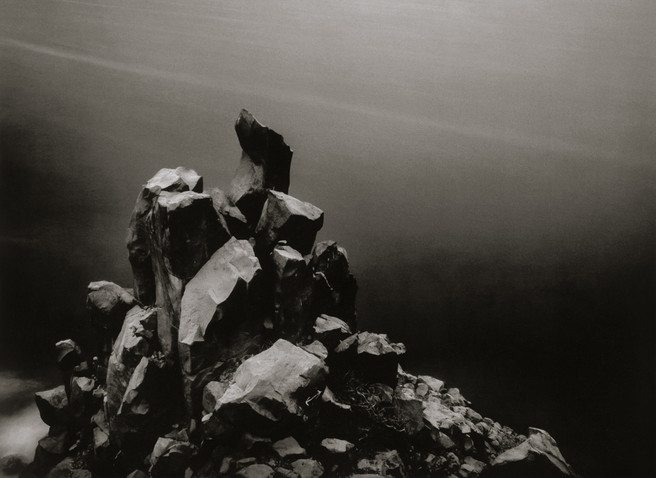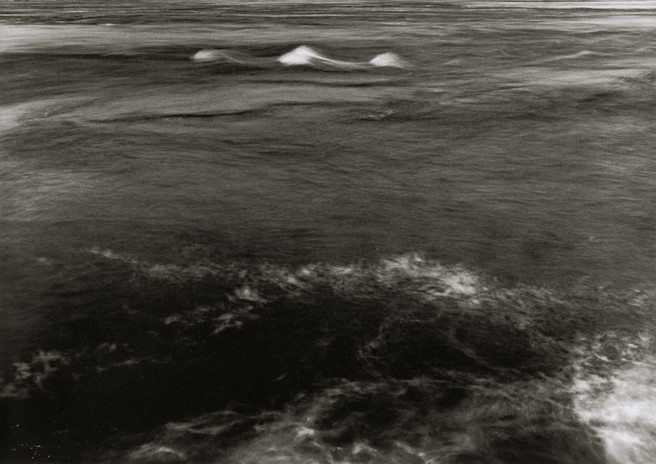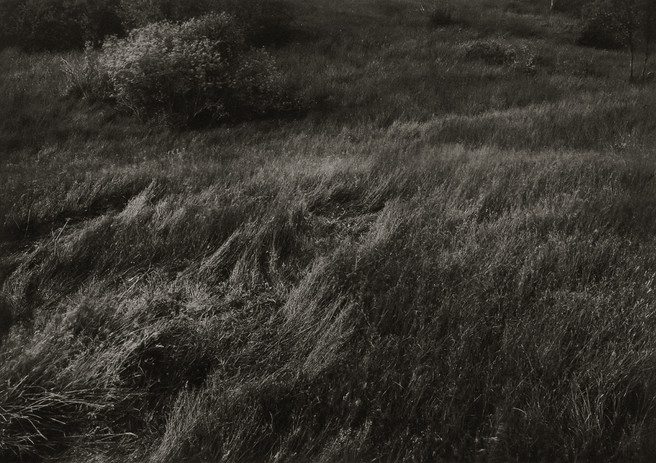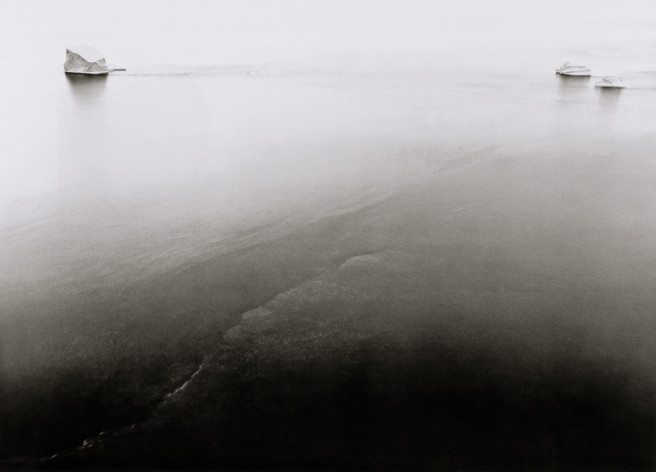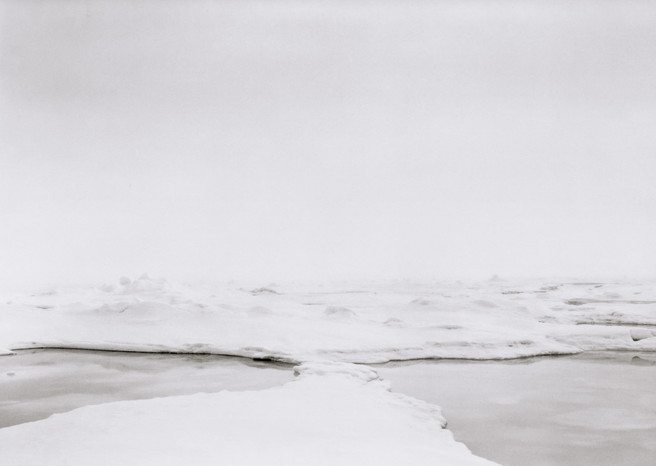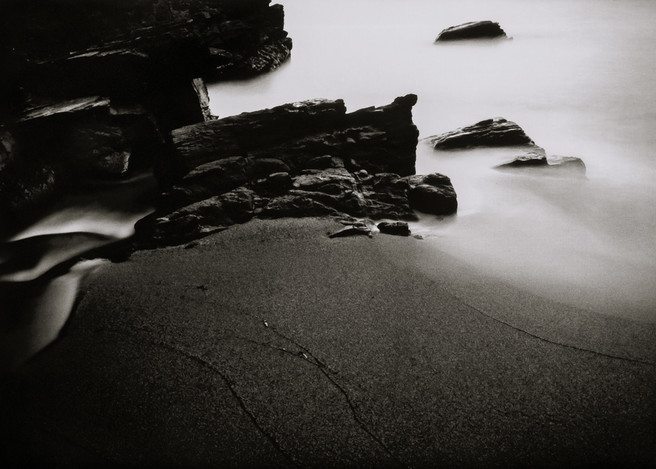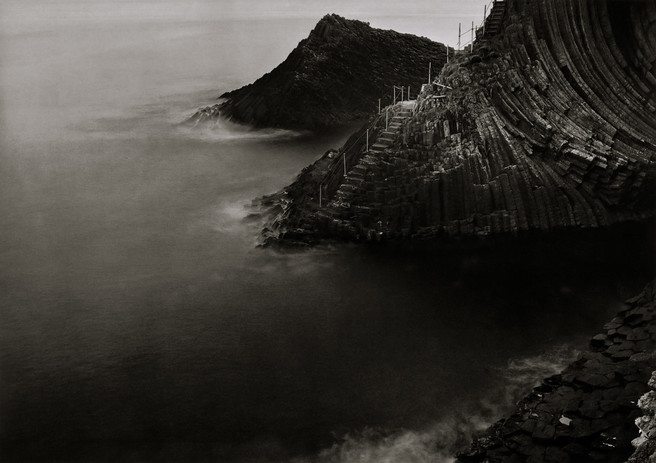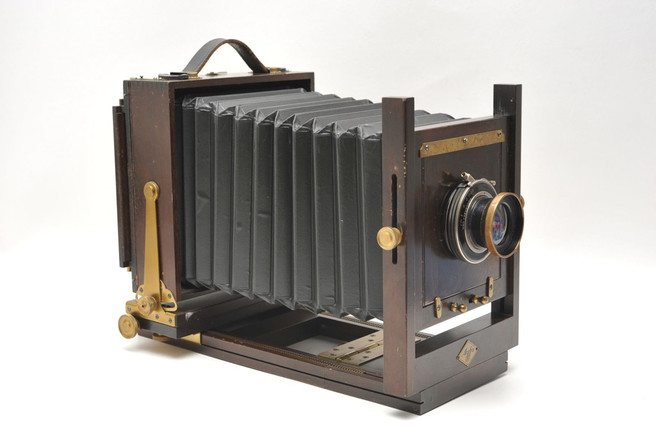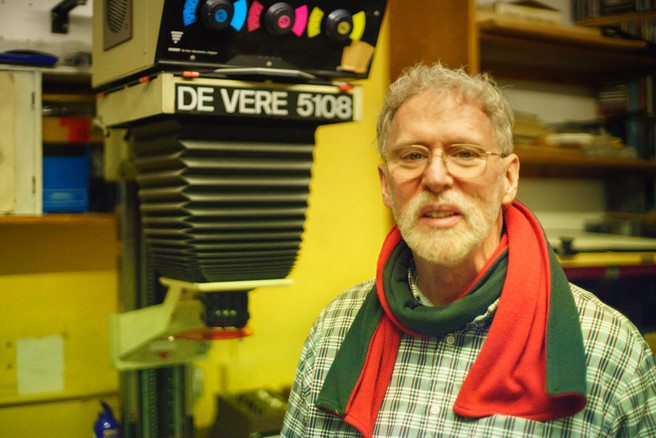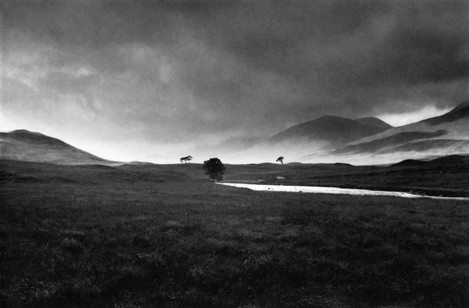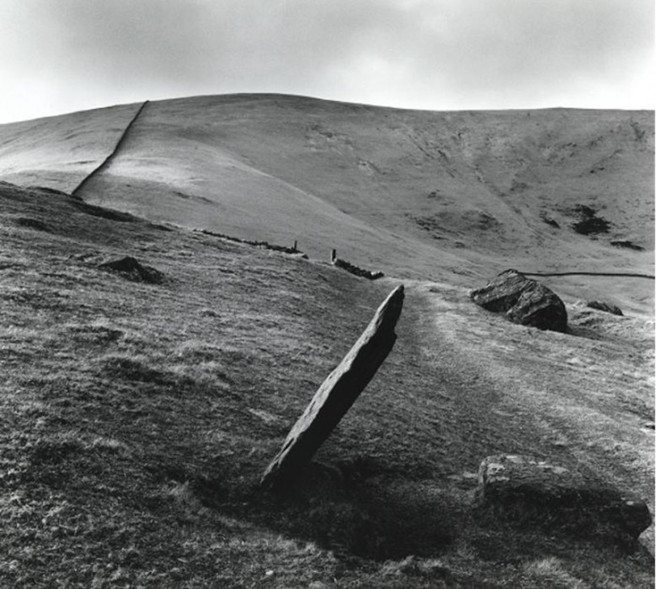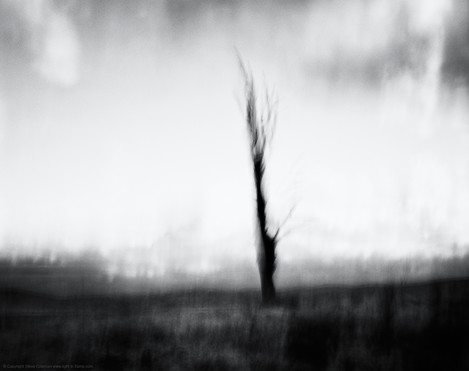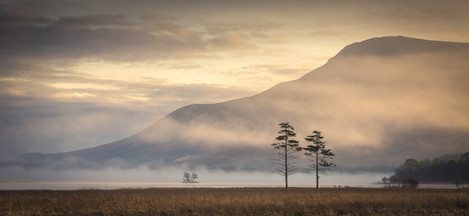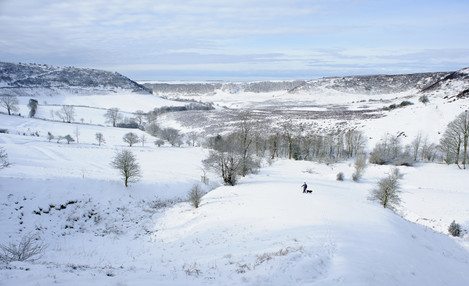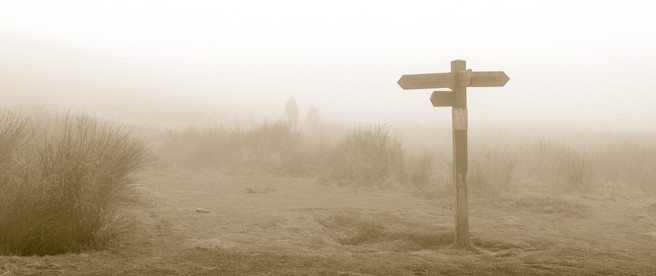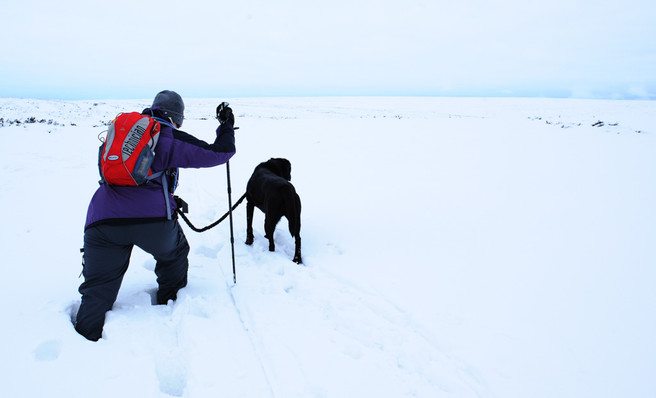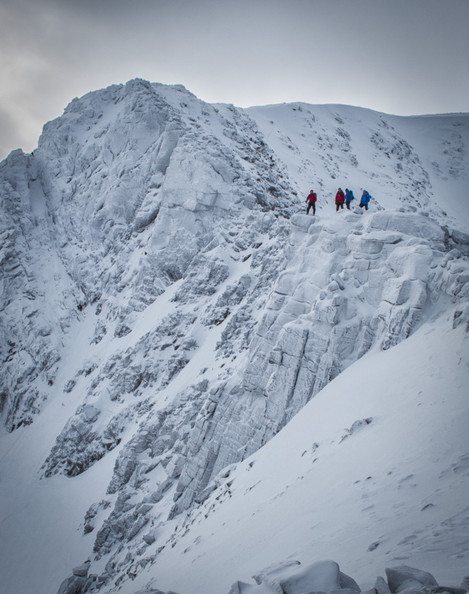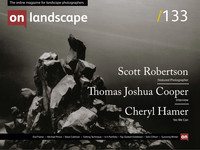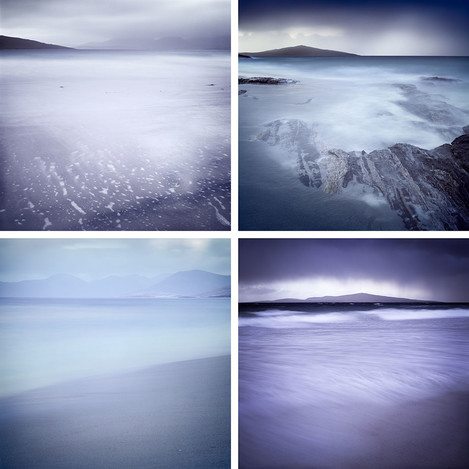 While I was processing these images of Harris and Berneray in The Outer Hebrides I came across some great images by Mike Prince in Issue 136 of On Landscape, also taken in West Harris. What interested me was how 2 photographers could take shots of the same location, in similar weather, yet produce very different results. It just shows how much the photographer adds to the work and is more than just a technician behind a camera. Just like Mike, I was there in a wet and windy week, trying to capture the heavy weather between downpours.
While I was processing these images of Harris and Berneray in The Outer Hebrides I came across some great images by Mike Prince in Issue 136 of On Landscape, also taken in West Harris. What interested me was how 2 photographers could take shots of the same location, in similar weather, yet produce very different results. It just shows how much the photographer adds to the work and is more than just a technician behind a camera. Just like Mike, I was there in a wet and windy week, trying to capture the heavy weather between downpours.
Julian Calverley
Julian Calverley has been creating imagery in one form or another since he was old enough to hold a paint brush.
Born in Hertfordshire in 1964, he very quickly demonstrated a love and natural talent for drawing and painting, in particular watercolour landscape work.
After a brief and uninspiring spell at art college, Julian realised it was the mix of photography and traditional darkroom skills that would allow him to express himself most effectively. The next few years saw experience gained with various studios and in 1988, at 24 years old, Julian set up his first studio and darkroom.
At home both in the studio and on location, his cinematic style, mixed with a resourceful and passionate nature, has gained him a solid and trusted reputation with clients worldwide.
He now divides his time between personal and assigned work.
Commercially he is represented in London, New York and Hong Kong. His work has been featured in the Association of Photographers awards, and regularly in the ‘Lürzer’s Archive 200 Best Ad Photographers Worldwide’ annual. He is the author of the book ‘#IPHONEONLY’ A book of landscape photographs made entirely on an iPhone.
Meeting of Minds conference 2016
On Landscape First Light Exhibition
Julian is one of our exhibitors at the First Light Inspired Exhibition at the Joe Cornish Gallery in Northallerton.
- Read the discussion with Joe Cornish at the exhibition launch
- Find out more about the First Light Exhibition
What to do with honey pots?
Not the honey pots that bees buzz around, but photographic honey pots. Those iconic locations which are a must place to visit but which have already been photographed a million times. What should the enthusiast landscape photographer do? Go there, join the crowd, and take ‘the shot’, or avoid the well-trodden paths and find somewhere new?
For example, let’s consider Glencoe. This is a magical place, and should be on every landscape photographer’s ‘bucket list’. I returned there in January this year with two good friends. The three of us go away for a week twice a year and always try to visit locations with high photographic potential, ie the honey pots.
Although I’d been to Glencoe twice before I really couldn’t say I was familiar with the area and this immediately gives rise to the problem facing most enthusiast landscape photographers – how to find out where actually to go to pitch your tripod. We’d done our research beforehand by looking on the internet, google maps and just searching for photographs of Glencoe, of which there are many. We also purchased an excellent book1 which gave exhaustive and precise locations down to grid reference level. This level of research enabled us to easily and quickly pin point the many photogenic locations in the area, at least as measured by popularity, and which of course were all ‘honey pots’. All were undoubtedly beautiful in their own different ways but all had been photographed so many times before – Buachaille Etive Mor, Black Rock cottage, the Three Sisters, Loch Tulla, Glen Orchy, Castle Stalker, Glen Finnan, the list went on.
And this is the heart of the problem for the landscape photographer. Typically visiting a new location for just a week on a carefully planned and expensive trip, and unlikely to return again maybe for years, should he or she rush around ticking off these ‘honey pots’ or go ‘off-piste’ and find their own corner of the new location. Of course it’s easy to say the creative photographer should find their own little corner and brush aside the honey pots, but this is easier said than done, and would be a risky strategy. Just think what might be missed! These honey pot locations have gained their reputation because they are photogenic and worthy of a visit in their own right, if only to enjoy the experience of being there. But it does make the creation of an original photograph very difficult.
For example, Buachaille Etive Mor is a beautiful location in the heart of Glencoe and is certainly iconic. It provides many excellent compositions. Fig 1 is one such example. But this exact image has probably been taken more than any other in Glencoe, maybe even in Scotland as a whole. There are almost the physical tripod marks showing where to set up, and identical images can be found everywhere on postcards, posters and in galleries. So it scores zero for originality but it is very attractive and it would be a great pity not to have taken it. Second only to ’the Beuckle’ is the ‘island tree’ (fig 2). Actually this image was taken on a previous trip and the tree now no longer exists. It was reportedly knocked down during a storm but my belief is that it was felled by a photographer who couldn’t face seeing any more images of it.
The challenge to the photographer is to visit these iconic locations and try to add their own style or interpretation, whatever this might mean. This is difficult to do in any genre, but especially difficult for landscape. It is also very personal to the photographer. What is creative and full of meaning to one person might leave another person cold. The image of Castle Stalker (Fig 3) is a little different from most in that the composition positions the castle behind the tree, (a small step towards originality), but is still largely a record shot that has been seen many times before.
To break through taking the obvious image I always find it helpful to ask myself what it is I’m actually seeing in the scene in front of me. What is it that prompted me to get out my camera and consider making a photograph? This sounds obvious, but it’s not always so.
Fig 4 is a good example. Taken in Glen Orchy this was a beautiful location with the sun dappling through the trees, and with perfect reflections in the river. I took several images but none really worked. When I stopped to ask what it was that that I found attractive it was nothing to do with the river and the obvious reflections, but all to do with the mass of lines created by the side lighting on the branches. This is one of my favourites from the trip. Similarly the attraction of fig 5 taken just outside Fort William was when I realised the contrast between the flowing water and the beached boat, which seemed to be telling a story of some kind.
Sometimes an image needs a little help from post processing to give it a personal touch, more than the usual tweaking of the exposure, tone, clarity or sharpening sliders. This might be due to the poor lighting in the original scene or maybe the vision for the image is more than that which the camera recorded.
Fig 6 is the RAW image of the ‘Three Sisters’ in Glencoe. The tonal range shown just about reflects the conditions of the day, with soft overcast lighting allowing the camera to record plenty of detail, whilst not capturing the potential drama of the scene.
Fig 7 shows the image after post processing in Lightroom and Photoshop. The drama has been created in the digital darkroom; it was not in the original scene. It is my personal drama (with a little creative help from a friend). This stage of the overall workflow is fairly new to me and I am seeing it as another step in the creative process, and one that is a whole new learning curve. Not just in terms of Photoshop technique but more in terms of knowing what you want to do with the image. It is another creative stage – the eye sees, the camera records, but Photoshop creates?
And then finally you can go entirely off piste and create an image that is completely unrelated to the location, something that spontaneously captured your imagination and just happen. Fig 8 is just such an example.
So what should the enthusiast photographer do with honey pots? My answer is to consume and enjoy them to the full, but also try to find something else to go with them on the side.
Charlotte Gibb
An emotional connection to the subject matter is crucial to creating meaningful imagery
Charlotte Gibb’s home gives her access to areas that many dream of, including some of America’s most iconic National Parks (Yosemite, Death Valley, Redwood) as well as Big Sur and the Sierra Nevada. You will find classic views of these on her website, but she is drawn more to making her own observations of the places which she holds dearest to her heart and which she has developed close relationships with.
Your parents instilled a love of nature in you from your earliest days?
Yes, indeed! My father was an avid outdoorsman and mountain climber. He died in a climbing accident when I was four years old, but mom kept up the family tradition of camping, hiking, and exploring nature. When I was a kid, we had a great oak forest behind our home, and I spent my days exploring its secrets. As I grew older, I became especially fascinated with mountains. I always felt closer to my father when I was in the mountains as if our shared passion could connect me with the father I could barely remember.
You came back to photography by a circuitous route that has involved journalism, art school, a graphic design business and, of course, family life?
Photography has woven in and out of my life over the years. First, as a journalism student, then as an art student, an art director, and as a mother preserving family memories.
Bark Art
The way this project started was all back to front. I spent much of the summer last year cutting and sanding oak strips glued to plywood to make panels as a way of presenting my pictures. I then spent almost as much time experimenting with different papers and methods. Types of glue, sealants, waxes, varnishes, sprays, pastes... I spent a fortune and still wasn't happy, either with my pictures or the approach. One of the difficulties was finding a removable glue, such as starch paste, that did not make the dye inks run when using cotton or alpha cellulose type papers (I know pigment inks would probably be better). Resin coated papers seemed like the most practical solution, but I was still loathe to give up on more textured art papers and the pictures never seemed quite right. I decided that countryside type images worked best, but nothing seemed to tick all the boxes, so my panel project was put to one side as autumn light and the estuary took over my thoughts.
One of the things that had struck me, however, was that the pleasure of seeing a carefully sanded and waxed strip of planed oak is not dissimilar to the thrill of witnessing lovely light out in the countryside. At the time, it gave me ideas of doing close-ups of polished wood.
As autumn turned to winter my attention turned to the woods and, without making any connection to my panels, I kept being struck by the patterns on the hornbeams that I passed going into the woods. I had dabbled in this previously but one morning I was stopped in my tracks by an extraordinary mix of gold and greeny blue, accentuated by water running down the side of a gnarly old hornbeam. The effect of the wet on tree bark was a dramatic transformation of colour and texture.
The resulting picture felt to me like art. Now I know this is probably contentious. I had never felt my photography was anything more than a reaction to a striking view, light or anything of beauty, so I appreciate that calling the project 'bark art' could be seen as pretentious, but it is after all a considered attempt to produce art. Whether it is worthy of being called good art is for the viewer to decide and it is not as if I called the project 'worthy bark art'!
But, light bulb moment, I had a project for my panels (I have since considered that my internal wiring may be back to front). Bark patterns, textures and curves on top of polished natural wood seemed to be a perfect match. 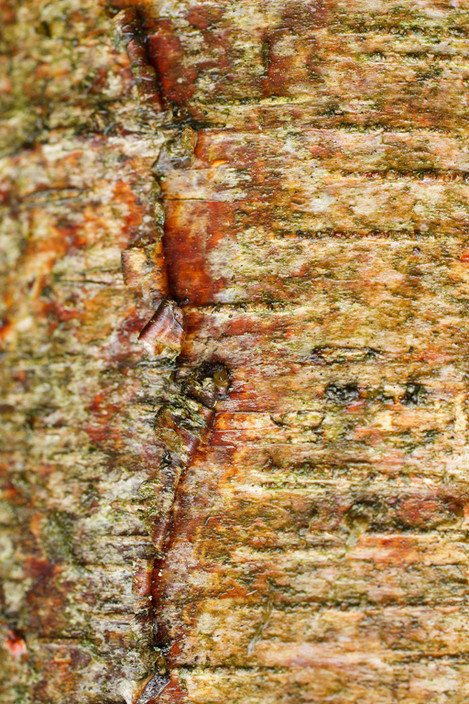
One of the many things I have learned from On Landscape is that I have nothing to offer this community in terms of technical skills. Much of what is discussed in the technical articles goes straight over my head. My only thoughts with this piece are to offer up my experiences in the hope that there may be some gain for others.
I started the project with a Canon 50mm f2.5 compact macro (offering half life-size macro magnification) on a crop sensor. This is a beautiful lens and the results are excellent. The problem I encountered, however, is that trees, fallen trunks, stumps and congested branches aren't always accommodating to being approached by a tripod. I have since invested in a 90mm 1:1 macro lens and it has opened up a whole new world with the longer reach and greater magnification (well half a new world in reality).
I had previously experimented with focus stacking and I have used it extensively for this project. I will try to use a single picture if possible, but it is so useful to be able to extend depth of field without stopping down, and affecting image quality, that it has become an essential part of the project. I have also experimented with ways of avoiding stacking, however.
I do not use a technical camera with movements (way beyond me) and we all know that the most depth of field will be achieved with a plane of focus parallel to the subject plane. This is obviously awkward with the inherent curve of trees so you are forced into making certain decisions. One of the options is trying to use the curve of the tree to your advantage and tilting your camera so that the focus plane follows the lines or curves of your image (lead-in or graphic lines). This way you end up with selective focus that follows the lines or shape of your picture.
I have to say that in my case this works more through luck than judgement, when it works, no matter how hard I try and I take my hat off to the those who work with technical cameras. It is, however, something I try and be aware of in my compositions.
As for the stacking, I have experimented with a meticulous step approach from the furthest point in the image to the closet, or vice versa, and I have tried simply selecting points within the image that I want in focus. The latter does produce interesting results but it also can produce an unnatural effect and I am quite careful about this. I would rather go back and re-visit an image than use a stack that asks awkward questions of the eye.
I was initially using a plug-in with my ancient Elements programme for the stacking, which worked beautifully for colour and sharpness on some images, but I found that when there were issues, there was no way of rectifying them. I started using Zerene Stacker, which has handled the problem images without a hitch, and once I grasped how to make the most of its capabilities (ongoing), it seems to be able to handle anything and everything. Incidentally, I have since learnt that one of the stacking algorithms in Zerene prefers to have the images in a proper order, so this may affect my approach in the future.
As for the best conditions for these pictures, the effect of rain on tree bark is nothing short of dramatic. It saturates the colours, glistens, brings out texture, creates macro size streams, gullies and eddies as the water makes it makes it way down through the tree, and draws immediate attention to the patterns and curves offered up by the seemingly infinite variety of structures.
It would, therefore, seem obvious to carry a source of water in your pack 'et voilà', you have a continuous supply of rain-soaked goodness. It is not quite as easy as that. I tend to find new compositions far more after rain than when dry and so short of spraying the whole of Woodham Walter Common with tap water, this approach is not going to help me find new images. What it does do, is allow me to re-visit images and re-create the conditions I first saw. This is especially useful if there have been problems caused by wind the first time round or I am not happy with the depth of field effect that I have created. One of the things I am learning about close-up/macro photography is that the effect of what you 'see' with the naked eye can look strikingly different when enlarged at home on the screen. All sorts of lots of little issues that seemed insignificant suddenly transform the effect of the picture, when seen large.
There is also the problem of cleaning a surface. Scrubbing at a delicate texture with a toothbrush may relieve you of all the debris that trees seem to have a fondness for, but it is just as likely to remove some of what attracted you in the first place. And using a water spray is not always the answer. The effect is not the same as when the wood has been soaked through by lengthy rain, and you have to be careful with excess water when stacking, as it can create inconsistencies as it runs off during the course of your exposures.
So the ideal conditions are still and damp. Wind is a real issue and one whose effects I have not come up with a satisfactory solution for dealing with. I find it extremely difficult to assess the shutter speed required to deal with the amount of sway that almost always seems to be present. There are so many factors to take into account. Obviously the higher up the tree the more the sway. The thickness of the tree. The fact that it is never consistent. When you look at 10x magnification in live view and there is no movement you decide you are safe to go with ISO 100 and a 2 second exposure and then suddenly there is a distinct sway out of nowhere!
I use a lower-end crop sensor camera and although the image quality is excellent at ISO 100 I don't like going above 400. This means that I will take stacks of images at, say, f5.6 ISO 400 rather than change the ISO. For those of you with full-frame cameras that produce noise-free images at ISO 4 zillion you presumably would not have to worry, but shutter speed is still an issue.
I remember reading John Shaw's advice that there is a big difference between 1/8th and 1/15th with slight movement in flowers and this seems to tally with my experiences, although I am yet to come up with any useful figures as I tend to try and play on the safe side where possible. It is the almost indecipherable sway that worries me the most as long exposures would have no problem detecting it, you would imagine. Still, lots to learn as they say. In the meantime, fallen trees and tree stumps generally offer a stable alternative when the wind is being a nuisance.
My local woods abound in oak, hornbeam and silver birch. Not that I am very good at identifying them, but there are also beech, hazel, ash, sweet chestnut, rowan, alder buckthorn and some conifers (mainly fir but including the odd Scots Pine and a few larches). I initially was drawn to the hornbeam, but the silver birch is difficult to resist even if I was a little worried that it is probably the most photographed of all trees. Still, so be it.
Silver birch offers an extraordinary variety of effects. From the vivid red of the younger trees (often mingling attractively with the green of moss/lichens etc) through to the deep burnt red that comes out when wet, through to the obvious silver and even shades of blue seem to be common. The folds of the bark are an endless source of attraction and different lighting conditions produce an infinite variety of looks.
Decaying, fallen oaks are also an absolute favourite. Where the bark falls away, you find a goldmine of lines, curls and repetitive forms that have a close-up photographer squealing in delight (well me anyway and I suppose that is quite sad on reflection). The smooth wood on these trunks also provides beautiful gradations of colour when wet. I always find it difficult to know what is the natural colour of the wood and what is produced by the different manifestations of decay, but I think it is often a mixture of the two, which provide the most interesting results.
There is one other issue that I am still unable to provide any useful commentary on. It would seem obvious to use a polariser when the bark is wet to help with glare and reflections. I often prefer the look produced without a polariser, however, although there are times when it is undoubtedly a help. There is also a problem with angles. You are usually able to reduce glare on one angle and not another and so it is not as obvious as it may seem. There is also the question of print. Where a degree of glare may look acceptable on the screen, there could be issues in print. I have rather taken to doing two versions, one with and one without, when I am not sure. Hopefully experience will cure me of this.
The upshot of all this has been enormously positive for me. My appallingly limited knowledge of the woods is growing, albeit at the speed of the trees themselves, and it has made me want to learn more. In the past I have seldom photographed the woods much in the summer as I am always rather put off by the dark canopy. I feel differently about it now. I am looking forward to exploring them in the summer. I have started to have visions of summer sunlight bursting through woodland mists. Most unlike me given the time of day that sort of thing tends to happen. I have started to photograph fungi (and even learned one or two names) and always keep an eye out now for interesting fungus on stumps and trees. This would probably never have even crossed my mind in the past. Perhaps even a project in the making.
When you look at trees close-up, it is almost disconcerting the extent to which they are not hard inanimate solids, but almost flesh-like, delicate and vulnerable. A collection of living fibres that don't look unlike the medical images of our own inner workings. I have resisted the temptation so far to hug a tree but I have certainly warmed to their benign presence, and look forward with impatience to rain and stillness so that I can wander amongst them exploring miniature expressions of their beauty.
Issue 139 PDF
Yan Preston – Mother River
I've known Yan Preston since 2013 when she came to visit to bring some 5x4 colour negatives to scan for an upcoming exhibition. The first work were the pictures taken at the source of the Yangtze river and instantly intriguing as it was a new take on a burgeoning Chinese photographic movement documenting this amazing watercourse. Most of the photographers working the river had no more than an academic interest but Yan's pictures revealed a bit more. A few years later I visited Yan in her hometown of Hebden Bridge and talked to her about where she began in photography and how this epic (and I don't use the word lightly) project came about.
If you haven't already seen the work, here's a brief description from the World Photography Association.
"The concept for Mother River, Yan Preston’s four year photographic study, was put in place once she came to live in Yorkshire, England and was thinking about her motherland, China. Surrounded by other people's images of the Yangtze River, she formulated a way that would be unique to her vision. The plan was to photograph, with a large plate camera, 63 Y points which correlate to precisely 100 kilometre points along the Yangtze River, making up an epic journey of 6.320 km across China. Her vision of China, from the snow plains of Tibet to the distant ocean is presented in a touring photographic exhibition, part-curated by World Photographic Academy member, Zelda Cheatle, along with some film and objects from the expedition."
Earlier this year Yan also won the Syngenta Photography Award and was exhibited at Somerset House.
************
TP: Where and when did you start with your photography?
YP: I started when I was a kid in central China and at the time it was quite third world. My dad moved to Japan in the 1980s and when I was a teenager he bought a Canon automatic camera. I saw a picture of this very badly exposed sunset but I remember that moment. I had seen many sunsets but never really 'seen' one. The context it was shown in made a difference. I made a mental note about photography but nothing beyond that at the time. When I went to University in Shanghai, that was very different for me as it was a city. Some people would go into our university to sell books - there was a book stall. There was a series called Black Lands.
TP: What were you studying at the time?
YP: Medicine. I was a clinical medical student. I was a very romantic person and I was looking at the world and I’d find it all very beautiful. So I thought maybe I should learn photography because I found the world so beautiful I wanted to record it. I was very innocent at the time. I think then I saw some National Geographic Magazines and in those years it was really powerful pictures. That’s what planted the little seed and I bought a camera for £16 it was a Seagull camera with a fixed lens.
I wanted to join the university camera club and for some reason that year so many people wanted to join. So they gave us each a theoretical book, and I can’t remember what it was. We were going to pass a test to answer questions that based on the book and as I didn’t read the book (and still haven’t!) I didn’t pass. So I couldn’t join the club. So I learnt regardless so I made friends with the Vice President of the camera club so we went out a few times and he taught me a few things like the golden third rule. I really enjoyed photography and I went to a few tourist places and I was doing a bit of flowers, landscape. Never did any real photojournalism, very amateur.
I didn’t have any photography friends and I now realised that was because I was a medical student and they were so committed. After the university, my biggest dream was to have a Nikkon FM2 but my first months wage was £72 and FM2 in those days cost £1000. I remember that and cried as I couldn’t work out how I was going to save up!
I was into climbing at the time and that became a bigger thing than photography. I found this book Mountain Light by Galen Rowell and my photography leapt after reading this one book. It was expensive as it was an imported book.
Endframe: ‘A view of Bossington Beach looking west, taken in the early morning’ by Joe Cornish
Wandering through the winding streets of Lyme Regis with my partner Sarah, passing tearooms and tourist trinkets, we saw a gallery window and an image caught her eye. "Phil, what do you think of this photograph?", she asked with enthusiasm. Before us was an extra-large canvas of 'A view of Bossington Beach looking west, taken in the early morning' by Joe Cornish, for the National Trust.
It was a moment that struck me immediately, a deeply visceral study of light, form, flow, textures, and gravitas. Here was a photograph that seemed to be about a time and place, not merely a documentary. A seed was planted in my mind of how much a photograph could say about something or somewhere. I already preferred spending time outdoors than inside, and despite some lucky moments of making a few interesting photos on rare occasions, with an automatic film camera, I was clueless to how to construct purposeful photos.
With great pleasure in gazing at this image in the gallery we 'had to' buy it. Impulsive but we have no regrets!
For something in the region of 15 years it has graced the walls of our homes and brought pleasure to us every day. It is a conversation piece, intriguing many visitors to our house. People will gaze for ages at this welcoming window through which we emerge into the early morning light on a beach in North Somerset. None of this collective of admirers has knowingly set foot on that beach in their life, yet we are all transported by Joe's magic portal. Stare long enough and the white wall of the living room disappears, we have shared his invitation.
From my Art lessons at school I was aware of diagonal lines being used to create depth in a 2-D image, but the zig-zag of the immediate longshore drift defence groynes was a powerful construct in this photograph.
The erratic golden pebble resting upon the second post is powerful, it accentuates the yellowish tones of the de-barked timbers, which quietly resonate in the scattered light from the foreground pebbles.
The sagacious journey to the sea continues with the shoreline guiding us, first a diagonal glide to the next defence, which echoes the angular notched base of the dark grumbling cloud exiting stage right. Further zig-zags of the shore continue the orchestrated flow and are harmonious with the central ragged cloud base that appears to be rather rare Stratocumulus lenticularis clouds.
Onwards to the tall North Shore headlands punctuating the Bristol Channel, as they recede into distant mists. We are left to imagine the headlands beyond, drifting slowly in the mind's eye to where Exmoor plunges into the sea. The calm waters, I imagine that I hear their soft gurgling susurrus - gently back and forth upon and through the pebbles. Imagined gulls mew amongst layers of sound as they glide just beyond the picture space.
Above us we have the delightful early morning light diffused yet directional, the retreating dark clouds. This light is subtle rather than dramatic but it has a gentle warmth. A delightful candid strip of pastel pink in the clouds to the right brings warmth amongst the blue tones. The soft light fanning through the centre of breakwater guides us back to the foreground and our journey is complete. Everything has its place, Joe has distilled the elements on offer for our pleasure like a finely crafted whisky. I can imagine that boyish proud smile of his, as he clicked the shutter.
It is an illusion that photos are made with the camera... they are made with the eye, heart and head. ~ Henri Cartier-Bresson
Joe’s mantra of Art, Craft & Soul as the ingredients of a compelling photograph, are woven into this image and we see that throughout his other work. His soulful passion for light and landscapes is evident in his books such as the wonderful ‘First Light’, a book that was revelation amongst the genre of landscape photography literature. We see his genuine passion repeatedly in ‘With Landscape in Mind’, his photography and writings are imbued with it as a result. The adage that ‘the camera see’s both ways’ is true – the photographs that resonate with us by Joe and other fine photographers always has some element of provoking our emotions. Technical perfection and beauty, whilst being cornerstones, do not alone make the structure of something truly memorable. Revelations, questions, a hint of mystery, narrative and mindfulness are some of the things that elevate the pleasant idea to the wonderful.
This one picture was the ignition of my curiosity to explore the potential of photography to say something about a time and place.
In the intervening years since I saw this photograph, I had the opportunity to attend one of Joe's Workshops, which he ran for the Bangwallop Gallery in Salcombe in 2011. He asked each of us what had started our interest in landscape photography and without hesitation I replied “'A view of Bossington Beach looking west, taken in the early morning' by a certain Mr Joe Cornish”. He smiled, with a hearty glow of humble pride in his expression and thanks.
The fascination of wanting to learn how the photo held such visceral depth and narrative became an ongoing journey of discovery for me. Two years ago, I was honoured to be asked to become a photographer for the National Trust in South Devon, doing assignments for their breath-taking coastal and countryside areas. If The Doctor could transport me back through time and space in his TARDIS, to that moment in which I first saw this photograph, and then told me I would be making photos for the National Trust one day, like Joe, I would never have believed him.
Thank you, Joe, for transporting us into this moment and for helping me learn to see.
Do you have a favourite image you would like to writes about? We're on the lookout for new endframe submissions, so please get in touch!
Camera Types for Large Format Photography
For the uninitiated, the different types of large format cameras available can be daunting. Between rail camera, folders, non-folders, clamshells, sliding boxes and the different movements, front or rear standard; base, axis or asymmetric tilts, etc. can all seem a bit like gobbledegook. The first thing that I should state to reassure people is that the quality of every large format camera is not dictated by the camera itself. I know this is weird, but you should think about the camera features primarily as relating to rigidity and flexibility of camera movements and ease of use. This is why it is possible to make top quality images with a cheap or handmade camera.
So this instalment of our Introduction to Large Format series discusses all the variations and features that a large format camera can have and what they mean to the end user.
What does the Large Format camera do?
The basic function of the large format camera is to stop the light going where it’s not supposed to and to position the lens and film in relation to each other to get the correct focus and ‘camera movements’.
In reality, you could connect a lens to one end of a black bag and a dark slide to the other and then hold the lens in one hand and the dark slide in the other and this would achieve the very minimum definite of ‘camera’ according to the above. As long as you could hold them still enough (and you have an extra three hands, one to fire the shutter, one to stop the ‘bag’ getting in the way of the light and one to pull the darkslide) you would get a perfect image - as good as any expensive Ebony or Linhof camera. This isn’t particularly useful but it does show that you don’t need an expensive camera to produce the standard of image quality that large format is renowned for.
What the camera tries to achieve beyond being an expensive black bin liner is to provide a rigid framework with the appropriate gears, levers and clamps to allow you to focus, by changing the distance between lens and film, make the desired tilts and shifts and finally to attach a lens and film holder.
If you don’t want tilts or shifts then the minimum functional camera could be a plain wooden box with a lens at one end, a film holder at the other and a way of changing the distance between the two - which could be two boxes sliding inside each other (know as a sliding box camera) or a ‘helical’ attached to the lens (like the expensive Linhof version - http://linhof.com/en/o-platte-einstellschnecke/ or a cheaper Fotoman one).
However, most cameras come with the ability to at least tilt the lens and/or film and also to shift the lens or film to correct perspective and a geared rack for focusing. Let’s take a look at how some of these features are implemented and what it means in use.
Focusing
The focus of a simple lens camera is dictated by the distance from the lens to the film plane. In large format cameras, instead of turning a focusing sleeve/helical, you simply move the whole lens closer or further away from the film either by hand or more usually with some form of geared rack or screw. On some cameras, the gearing is used for the finer focusing and the front standard is placed roughly by sliding it backwards and forwards or by locking it into one of a range of fixed positions (i.e. the Philips design Chamonix large format cameras). If you want to use longer lenses, the distance from the film plane to the lens gets larger*. In order to avoid very large cameras, there are sometimes multiple collapsing rails inside one another. This is known as either a ‘double extension’ or a ‘triple extensions’ camera. The double just refers to the front standard and rear standard moving separately and the triple adds an extra slide on the front standard to get a bit of extra extension.
* For infinity the distance is the same as the focal length and for ‘closer’ distance it can get range from 1.5 to 2x the focal length - or you have to use telephoto lenses, that’s for another instalment though.
Front Standard
Front Axis Tilt (the usual)
The most common way of changing the tilt on the front standard is called “centre tilt” or “axis tilt”. This just means that the axis on which the front standard tilts is along the centre of the lens (or close to it). Here’s a diagram showing the front standard tilting.
Front Rise and Fall
The front standard also typically allows rise and fall just by sliding the front standard up and down. Some cameras have separate locks on the front standard so you can keep rise and fall locked whilst tilting (or vice versa) however many cameras just have a tension control for both movements which typically allows you enough tension to keep the rise and fall position whilst allowing you to tilt.
Front Base Tilt (the work of the devil)
However, some cameras have the axis of tilt at the bottom of the front standard. This has the disadvantage that putting tilt on also changes the focus (because the whole lens gets closer or further away from the film) forcing you to refocus every time you make a change. The only way to efficiently work with front base tilt is to have one hand on the focus and one hand on the tilt at the same time - not a technique for beginners!
Front Swing
The front standard also typically allows you to apply swing as shown in the following diagram showing a top down view.
Rear Standard
Rear Base Tilt (the usual)
On the rear standard, the usual format for tilt is ‘base tilt’. This means that the standard rotates at a position just above the bed of the camera as shown in the following diagram.
This isn’t completely ideal as there are no parts of the scene that stay in focus apart from in some cases a little bit at the top of the scene (i.e. the bottom of the standard). However, because the axis of rotation is near to ground glass, the focus shift isn’t as much as that you get using front base tilt and only small adjustments are needed to bring things back into focus.
Rear Axis Tilt
Few cameras have axis tilts on the rear of the camera. Because of the mechanics needed, these are usually confined to studio rail cameras.
Rear Asymmetric Tilt
When the axis of tilt is in between the centre of the ground glass and the base of the ground glass, this is termed ‘asymmetric tilt’ and some people refer to this configuration as the ‘autofocus’ of tilt movements. Although they do make things a lot simpler, for the experienced large format user they don’t save a lot of time.
The reason they make things simpler is that because of the axis of rotation goes through the ground glass position when you tilt the rear standard a line across the scene stays in focus. If this line is toward the top of the scene, all you need to do is to tilt the rear standard until the bottom of the scene comes into focus. In many cases, this means you only have to make a single, obvious movement to get the correct amount of tilt for your composition.
These cover the main movements that you might encounter on a large format camera. Now let’s look at some examples of different camera designs.
Types of Camera
Sliding Box Camera
One of the oldest designs of camera, this consists of two boxes, one slightly smaller than the other, inserted into each other to make a closed box whose length can be adjusted. Put a lens at one end and a film holder at the other and you have a basic camera.
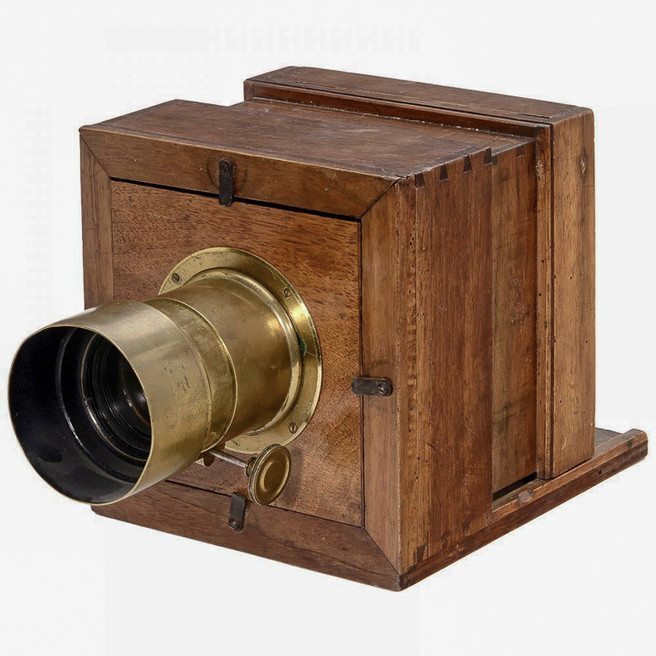
Sliding Box Camera (photo courtesy Wet Plate Supplies)
Tail Board Camera
This camera introduces a bellows and has a fold down ‘bed’ that the rear standard can slide along. Tail board cameras can get quite complex and often include rise and fall on the front standard and sometimes have tilt movements on the rear standard. These are quite popular with wet plate photographers and there are a few individuals who still hand make these cameras (for example Mark Voce)
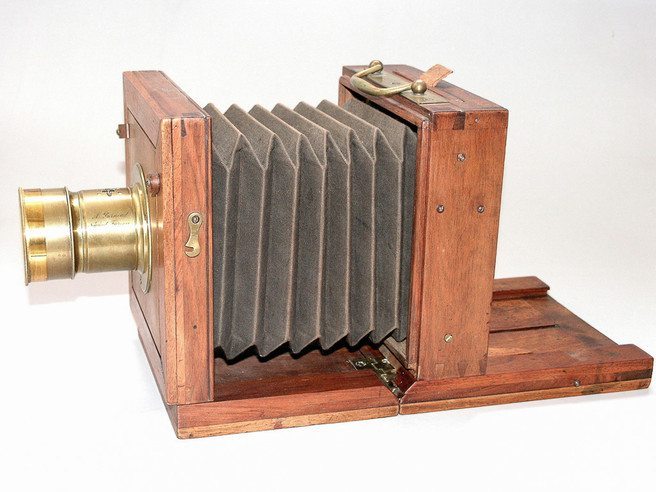
Tail Board Camera (photo courtesy Wet Plate Supplies)
Classic Folding Wooden Camera
The camera most people are familiar with from seeing photos of historic photographers is probably the classic ‘folder’. This camera allows the front standard to collapse down and then the rear standard collapses over it to form a closed box. One of the most famous examples of this sort of camera is the Deardorff 8x10. Most manufacturers have a camera of this type.
Rail Camera
Most commonly used as a studio camera, these are based on a long rail, either tubular or square, along which are attached the front and rear standard. These are usually quite heavy and often have geared movements allowing a fine control of composition.
There are a couple of smaller and lighter rail cameras that can be used in the field, the most well-known of which are the Linhof Technikardan and the Arca Swiss cameras.
Clamshell
Some of these are referred to as press cameras because of their ubiquity in the hands of photojournalists like Weegee, they are very similar to the classic folding wooden camera but instead made of metal and hence are a lot more robust. The most common example of these cameras is probably the Speed Graphic, first produced in 1912, and the Linhof Technika, introduced in 1934. The Linhof Technika was still being made in the 21st century and new stock is still available.
The Film End of the Camera
At one end of the camera, you will have a ground glass and a sprung mechanism to allow you to slide a darkslide under it so that the film ends up at the same point as the ground glass (i.e. where you focussed!). This sprung back sometimes has a lever to help you open it (especially on larger formats like 8x10) which is called a ‘bail arm’.
Graflok Back
As well as this, you may wish to attach other systems for holding film. There is a fairly well-accepted standard for the attachment of film backs and dark slides to large format cameras and that is the ‘Graflok Back’ or ‘International Back’. Typically you can remove your sprung groundglass and then there is a standard sized gap into which you can insert roll film holders, glass plate holders, graphmatic backs (multi-sheet holders) and more. The ‘***lok’ bit of Graflok simply refers to two sliding clamps that can be pressed down onto the inserted device to hold it in place. Be wary of looking for Graflok and not Graflex backs.
Ground Glass
The ground glass is one of the most important parts of a large format camera. Without it, you wouldn’t be able to see the picture to compose and you wouldn’t be able to see the image to get it in focus and apply the right movements. Ground glasses were originally just a piece of float glass which has been ‘ground’ on one side in order to provide a semi-transparent surface onto which the image is cast. Grind the glass too much and the image is dark, grind it too little and you can only see the image if you’re in line with the lens (you get a ‘hot spot’ in the middle of the ground glass if you are directly behind the camera and you have to move your head around to see the corners). The ground glass is often marked with lines showing different framing options for roll film backs etc.
If you use wide angle lenses or want a ‘brighter’ image on your ground glass, you can use a ‘fresnel’ lens. This is a flat lens like you may have seen used to magnify the text in books or used on studio lights or even on lighthouse lights. This flat lens helps to bend the light from the corners of the ground glass back towards your eyes, meaning you don’t have to move your head around to check the corners when using a wide angle lens. Fresnels, like any other lens, can be cheap and cheerful or accurate and expensive. We’ll talk more about ground glasses in a future instalment.
Lens Attachment (The Pointy End)
The lens on a large format camera typically contains the shutter and aperture and is mounted onto a piece of metal or wood called a ‘lens board’ which is then typically attached to the front of a camera with a sliding clamp. The most widely used standard for lens boards is called a Technika board. The hole in the board has standard sizes too, Copal 0, Copal 1 or Copal 3 with the latter being the biggest. The hole matches the shutter used on the lens.
There are other types of lens board, Sinar have their own standard as do Toyo. Replacing the lens board on a lens you may have bought isn’t difficult though.
Our Recommendations
First things to avoid is anything limited to base tilt on the front standard. I don’t know a single photographer who would choose a camera limitation such as this. At a minimum, you want a camera that allows you to tilt the lens on its axis and to use rise and fall on the front standard. Rear tilt is a nice to have but not essential - there are a few cameras that are dedicated to wider lenses that use a fixed rear standard to ensure ‘squareness’. Asymmetric tilt is a bonus but you can live without it.
You should probably look for a camera with a bellows extension ability from about 65mm to 320mm. This would allow you to focus with lenses from 72mm to 400mm (telephoto) - enough for most typical uses. Some cameras limit the maximum extension but there are telephoto lenses that don’t need as much extension to focus at infinity so even with a limited bellows extension you should still manage to use a 270mm telephoto lens (for which you only really need about 190mm of bellows to focus at infinity).
We'll talk more about all of these aspects in more details in future instalments. Our next instalment will look at large format lenses.
Experiences
Tim Parkin
After my revelatory experiences in the Outer Hebrides, I splashed out and bought an Ebony 45SU camera. This is probably considered the Rolls Royce of cameras and the reason for such an expense for me was that I didn’t want the camera to get in the way of my learning to work with large format. A few years later, me and Dav Thomas ran a few introductory large format workshops and needed some extra cameras for participants. A new manufacturer called Chamonix and we ended up with a camera each. The camera was an excellent choice in many ways. Far, far lighter than the Ebony 45SU (for the 045N1 it is 1.4Kg instead of 3Kg) and yet could still be used with all of my lenses. And despite not having the asymmetric tilts, it was straightforward to focus.
Now that I own two large format cameras (I actually own six but don't tell Charlotte!), I’m in a position to be able to choose the camera for the type of photography I want to do. The Chamonix gets used when I’m travelling light or in the rain (The Ebony’s wood has a tendency to swell when used in the rain for a long period, potentially temporarily seizing up the focusing) and the Ebony gets used for shorter and less hilly walks. I can use the Ebony faster definitely because I don’t have to unfold it and it is an absolute pleasure to operate but I don’t remember losing a shot because of the way the Chamonix works.
Having used quite a few large format cameras since I first started (either owned by me or whilst teaching attendees on one of my workshops), I have to say that the only cameras that prevented me from making a picture were ones that were too unstable, the Shen Hao being the prime example. I can even cope with that front base tilt thing at a push.
The biggest change in the landscape of large format in recent times is the introduction of very cheap large format cameras from small manufacturers, the most well-known of which is probably the Intrepid 5x4. Intrepid Cameras are a small company based out of Brighton that have run a couple of Kickstarter campaigns to raise money to create large format cameras. The first generation 5x4 camera was a little rough around the edges, but the second generation camera is a very functional device that can be purchased for £250. We’ll be reviewing the camera in a future instalment but if you would like to read a review, take a look here. From the feedback I’ve seen, I think it would be worth a purchase for anyone who is intrigued by the thought of large format. Keep an eye out for
- River Coe, Glencoe – Chamonix 045N1, 150mm
- Three Cliffs, Gower – Ebony 45SU 80mm
- Stonecrop, Strangles, Cornwall – Ebony 45SU 150mm
- Worms Head, Gower – Ebony 45SU 110mm
- Keld Head, Nr. Ingleton. – Ebony 45SU 110mm
Richard Childs
Rather than repeating much of the technical information regarding different types of Large Format cameras that Tim has covered ( far more eloquently and with far more detail than I could) I thought I would relate some of my own experiences in operating the five different 5x4 cameras that I have had the pleasure of using over the past thirteen years.
Back in 2003 the range of information and feedback through networking sites simply wasn't there. I wasn't particularly aware of online Large Format forum groups either and to be honest looking around today there is so much advice of a contradictory nature ( what else would you expect if you ask the question ' i'm thinking about buying..... what should I get?') that I would certainly find myself more confused than before asking.
Having discovered the work of Paul Wakefield and Joe Cornish I was drawn to the quality of their imagery and intrigued by their choice of camera for much of what they were shooting. In 2003 my Grandmother passed away leaving £1000 to each of her grandchildren in her will. Wishing to put her gift to good use and in the hope that it would help to develop and improve my photography I purchased my first Ebony, an RSW45 based on a favourable write up in a national magazine. As an entry level model with only basic movements available on the front standard it certainly provided me with the perfect tool to practice the craft and start to build my own work flow. With a short bellows I was limited to what lenses could be used but this was, as Tim says, a positive negative. These days, if I get a new lens I try to limit myself to using only this for a few weeks to really get to know how it performs. I have shot every large format image over the last three or four months with just my Rodenstock 120mm lens.
Moving on eighteen months I felt ready to upgrade and made the huge leap up to the 45su which proved to be incredibly robust and versatile but with a weight to match the metal cameras built by Linhof. With asymmetric tilt, a vastly longer bellows and a full range of movements and both ends of the camera I was finally able ( with the necessary investment in both wider and longer lenses) to photograph pretty much everything I was interested in. The only real downside with this camera is the weight which when carried with 4-5 lenses made climbing hills far more taxing for me.
With mountains in mind I tried both a Shenhao and a Tachihara camera to help reduce the weight but both were ditched pretty quickly due to the frustration of working with something far less stable than I was used to. That said they both enabled me to make successful images but had a profound impact on my workflow that had taken me five years or more to perfect. Someone coming to one of these cameras first would of course develop their own systems for making images based around the model they had. The Shenhao was much like my original Ebony RSW45 with just enough bellows to take my Schneider 180mm lens and allow for some close focus. It also took my Fujinon 300t but only focused at infinity. It was incredibly light but this proved its downfall as it just wasn't stable enough in windy conditions. Large Format cameras couldn't be less aerodynamic and this is where weight becomes essential providing extra stability in a stiff breeze. My 45su could be effectively operated in wind in excess of twice the speed of the Shenhao or Tachi. I only really used the Tachihara for a couple of weeks while my 45su was being repaired following the discovery of a fault caused by a tooling error. My first experience of a folding camera, I wasn't particularly impressed by the clumsiness of operation and by the flimsy feel of the metalwork which made applying movements awkward. It would be perfect in good weather where I had lots of time to set up an image but in poor conditions I knew it would be the cause of missed opportunities.
It's worth mentioning at this point that, while water is unlikely to destroy a large format camera, some wooden cameras are susceptible to being affected by moisture and humidity. Both of my Ebony cameras ( and those of other users I have known) needed adjustment for the Scottish environment as they seized up. Something that the Linhof fans and users used to delight in. With just a little adjustment with a screwdriver these problems are quickly fixed.
Sadly Ebony Camera are no longer with us but as will all LF equipment there are plenty available second hand and with their build quality there should be for many decades to come.
I decided to sell my 45su back in 2013 in order to get something much lighter and almost as capable in the form of the Chinese built Chamonix 045F1. It's nowhere near as strong a camera as the Ebony ( although it has proved faultless in operation for four years now) and being a folder takes a couple of minutes longer to set up. However, it weighs only 1.5 kgs and offers nearly the same range of movements ( including asymmetric tilt ) as my 45su did and all for a fraction of the cost. The camera has had an impact in changing my work flow a little but I'm happy to embrace this as part of my own evolution as a photographer. In fact it's one of the huge pluses to me to actually be able to see the effect that a piece of equipment can have in steering me on a slightly different course.
As a final point it must be mentioned that all of the cameras I have used and of course all the other models available today will enable you to make incredible images with patient practice. More critical that the make, model, range of movements etc are your own skills in composing an image and then correctly exposing a sheet of film. Accept though that your camera will play a vital role in the development of your vision over the years. Think of it as your partner rather than a mere tool in your image making and let it guide you for some of the journey.
Large Format Photography Articles
- Introduction to Large Format Photography
- Large Format Lenses - The Standards
- Large Format Camera Accessories
- Ben Horne Interview - 8x10 large format camera user
- My Journey into Large Format Photography
- View from Stob Dubh, Shenhao. 135mm lens
- Winter Fire, Beinn Fionnlaidh. Ebony 45su. 90mm lens
- Cooling Shower. Chamonix 045f1. 180mm lens
- Evening glow, Port Appin. Ebony RSW45. 90mm lens
- Rowan Flow, Glen Duror. Tachihara. 180mm
Subscribers 4×4 Portfolios
Our 4x4 feature is a set of four mini landscape photography portfolios from our subscribers, each consisting of four images related in some way. You can view previous 4x4 portfolios here.
We're always on the lookout for new portfolios, so please do get in touch! If you would like to submit your 4x4 portfolio, please visit this page for submission information.
*Shout out* as we are looking for contributions for the next few issues, so please do get in touch if you're interested!
Please click the images to see the portfolios in full.
Alison Taylor
The Yorkshire Wolds
Arron Haggart
Fences
David Eberlin
River Trent, near Bulcote
Nils Karlson
Mass of Light
Mass of Light
My own words tend to fail on me – that's why I use a camera to express myself – but this excerpt from the First Bardo Of Dying might give a rough idea: "At this moment, your state of mind is by nature pure emptiness. (...) this state of mind is not just blank emptiness, it is unobstructed, sparkling, pure and vibrant (...). This mind of yours is inseparable luminosity and emptiness in the form of a great mass of light; it has no birth or death."
Photographers often talk about the challenge of translating a three-dimensional scene into a two-dimensional photo, and forget about another dimension: time. I like to communicate the idea how time just takes...time.
River Trent, Near Bulcote
These photos are a small selection of the images taken in the last fifteen months. I have spent some time concentrating on a small local patch about a mile upstream of home, easy cycling distance. I noticed the bend in the river often had mist when I was cycling to work, and stopped occasionally if the light was right. I retired about 15 months ago and every time conditions have looked good I have cycled up to the same bend and surrounding area near Bulcote, Notts to take photos, within about a hundred yards of a gate in all conditions throughout the year.
As it is about 20 mins walk in its rare to see anyone other photographers there, though I have bumped into Chris Upton a couple of times and had a good natter whilst waiting for the light (I think it was after I showed him a few shots and explained where it was).
The four photos show a path along the Trent in frost, just downstream of the gate on a fairly wide angle lens. A misty day with a bright sunrise coming through the mist on a telephoto lens. Trent Lane on a spring morning. Trent lane is an ancient trackway at least 10 miles long travelling from Nottingham to East Bridgford and is seen on some very old maps (1830 onwards). Finally the shot shot of the trees and sunrise is looking towards Shelford on the opposite bank in winter.
I shall continue to cycle up there as seasons progress as it is one of the most interesting local places to photograph and there is nothing like seeing herons, crows and rooks among the waterfowl including ducks, coots and other birds as the day starts, it sets you up for the day, especially seeing the resident kingfisher.
Fences
Yorkshire Wolds
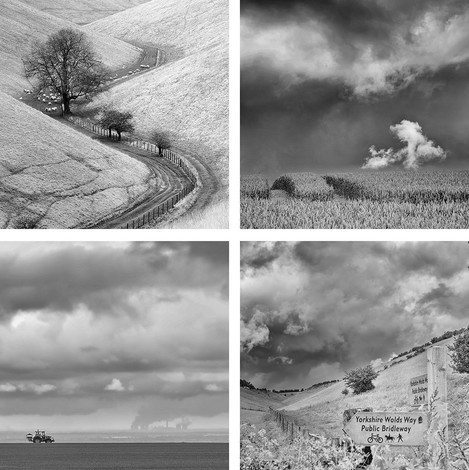 The Yorkshire Wolds are the most northerly chalk lands in the UK and their beauty is often missed by people rushing to the coast or the cities of York and Leeds. The western edge of the wolds has a sharp escarpment which enables people to view across the Vale of York, the three power stations or the Hull estuary. The sides of the dry valleys interlock with the tops of the valleys lined by ancient hawthorn trees and the wolds themselves are highly valued as fertile arable farmland for barley and wheat.
The Yorkshire Wolds are the most northerly chalk lands in the UK and their beauty is often missed by people rushing to the coast or the cities of York and Leeds. The western edge of the wolds has a sharp escarpment which enables people to view across the Vale of York, the three power stations or the Hull estuary. The sides of the dry valleys interlock with the tops of the valleys lined by ancient hawthorn trees and the wolds themselves are highly valued as fertile arable farmland for barley and wheat.
The wolds are wonderful for photography as there are so many shapes and textures in the landscape. And there are no people to get in the way!
Thomas Peck’s Critiques
Fearless Photography
There has been a lot of debate about the Sublime recently – in this publication and others. It is clearly in vogue. So I make no apologies for focussing on Marc Adamus in this article. A photographer who, in every sense of the word (awe, majesty, grandeur, fear etc), makes Sublime images. His style is hugely dramatic, intensely colourful, razor sharp. Describing them as ‘spectacular’ doesn’t quite do justice to his images. Take, for example, Fearless, Grand Canyon. This is more than drama, it is Über-Drama. Words feel slightly inadequate. We could say the image is bold, gripping, exciting, amazing, but these adjectives are still lacking; it feels more real than real. Like a 4k super definition TV screen - it sees more than the eye can see. It’s almost surreal, or maybe a better expression would be ‘hyper-real’. Standard superlatives seem too mundane… There is a sensory overload in terms of colour, saturation, form, subject matter. It is biblical in ambition, and for this particular image, almost Biblical in subject matter.
The biblical reference is quite deliberate. There is a strong analogy between Marc’s photographic style exemplified here and the artists of the late Sublime period of painting. Fearless, Grand Canyon reminds me, for example, of the apocalyptic visions of John Martin: The Great Day Of His Wrath, 1851-3.
Bruce Percy
Bruce Percy was born in 1967 to Scottish parents from Sutherland. As a child he showed a flair for the arts but abandoned drawing and painting for music during his teen- age years. Later in life, he picked up a camera and in his own words ‘came full circle’ back to drawing and painting, this time with light.
His images have been used by many notable organisations, from Fujifilm UK to National Geographic Traveler.
The photograph of Iceland’s Selfoss waterfall was used by the Small European Postal Administrations Communities (Sepac) as a stamp in Iceland in 2007. It won fourth place in the Deutsche Briefmarken-Revue “most beautiful stamp in Europe competition” 2007. 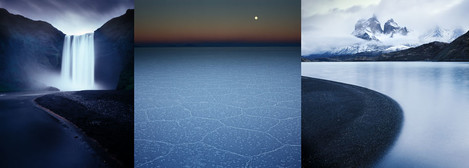
He regularly runs photographic workshops & tours in his homeland of Scotland, as well as Iceland, the Altiplano of Bolivia, Patagonia and Arctic Norway.
Meeting of Minds conference 2016
Alex Bamford
Alex Bamford’s solution to the perennial problem of fitting photography around work has been to go out and make images by moonlight. He’s been doing this for 9 years and the resulting images have a slightly surreal quality to them. He’s designing and sometimes populating, a set as much as recording a landscape.
Can you tell readers a little about yourself – your education, early interests and career – and the environments that have shaped you?
I was brought up in a small village in Cornwall but moved to London after studying Graphic Design. I worked as an advertising art director in London for over 30 years which led me to work with a wide range of photographers. I moved to Brighton almost 20 years ago and have been a long suffering commuter ever since.
How and when did you first become interested in photography?
I have early memories of going out on photographic day trips with my mum who was at art school at the time. I bought my first camera, a Pentax Spotmatic, in 1980 as part of the required shopping list for my Graphics course.
Who (photographers, artists or individuals) or what has most inspired you, or driven you forward in your own development as a photographer?
My early photographic bubble was limited to those that worked in the advertising world, though on accession that extended to the likes of Michael Kenna and Brian Griffin. I admired those who managed to carry a style across a number of different subject areas like David Stewart, Ashton Keiditsch and Nadav Kander. Working with Matt Stuart opened my eyes to the rich vein of street photographers like Garry Winogrand and Alex Webb.
I also love the experimental work of Harry Callahan and the narratives created by Trent Parke.
A Change of Format
Apparently, film photography is making a comeback. Actually, it never went away, but in the same way that vinyl record sales are booming again, there is definitely a resurgent interest in film photography, as is illustrated by Kodak’s announcement in January 2017 that they are going to start making Ektachrome colour film again.
Like many others, I have recently taken the step, or is it a leap, into the world of medium format film photography. This article will explore three main themes, namely why I did it, how I did it and what I’ve learnt so far. To call my transition into film photography a step oversimplifies things. I like to think of it as more of a journey, and like many journeys, there have been a few detours along the way, and more than a few wrong turnings.
I’m going to start with a confession. This isn’t the first time I’ve been a film photographer. One of my very first cameras over 40 years ago, was an Ensign Selfix 820 folding camera, on which I used to take black and white photographs, which I developed and printed in the bedroom of the family home. Since those days, I’ve progressed via 35mm into digital, majoring for most of the time in landscape work, even though for many of the intervening years I may not have realised it.
So why did I move?
If that’s the right word, into the world of medium format film photography? After all, over the years I had amassed a couple of DSLRs and a selection of lenses which were perfectly capable of making decent images. Indeed, I once recall saying to a workshop leader that I wouldn’t be changing my kit until it was holding the quality of the images back rather than me.
I’ve found it very hard to rationalise this decision both to non-photographers and to some more experienced ones. In fact, I sometimes find it hard to rationalise to myself. Hopefully, the following words will rectify that.
There are actually a few reasons, but I think they can be summed up under one main heading, and that is Quality.
What first sowed the seed in my mind of moving into medium format was looking at published works, particularly in print. I realised that a lot of the images that made an impression on me had a common factor in that they were made on film, rather than digitally. Now that isn’t to say that there isn’t a lot of digital work out there that I like because there is, but the film work seemed to have a certain ethereal quality to me.
Issue 138 PDF
An Introduction to Large Format Photography
Many photographers would be forgiven for thinking that large format cameras are a throwback of a bygone time of stove pipe hats, frock coats and handlebar moustaches and that they have no place in a modern photographers toolbox.
However, a look at some of the most prominent photographers in the world reveals a significant minority still use film and many of those also prefer to capture their compositions using said unwieldy contraptions.
This series of articles, by myself and Richard Childs, take a look at why these cameras still attract an interest despite the many hurdles they place in front of the photographer and how you might learn to get involved in this very rewarding method of capturing images yourself.
The Advantages and Disadvantages of Large Format Photography
So, let’s start with a list of problems associated with large format photography before we get on to what real advantages they provide.
Unwieldy, Slow and Heavy
There is no arguing that fighting with an upside down image attached to a device made up of gears, clamps and bellows is not something that promotes a speedy and efficient image capturing experience and many an opportunity can be lost because of this. On top of this, most 5x4 cameras start at around 3kg and 10x8 cameras 5kg plus which really means tripod use only and they can be a pain to carry around.
Composing via a Dim and Upside Down Image
With no mirror to turn the image the right way around, most large format cameras necessitate composing on an often dim ground glass with an inverted representation of the outside world whilst working under a dark cloth in order to see properly.
Expensive Film and Developing
Unlike the ‘free’ photographs you take with your digital camera, each colour image captured with a large format camera can cost approximately £10 for 5x4 and £25 for 10x8. Black and white is cheaper and you can develop your own to bring the price down to a few pounds but this still acts as a major barrier to image capture.
So what are the big advantages to large format that compensate for these quite significant disadvantages? Well, there is the image quality, which we’ll come back to in a moment, but here are our positives.
- Slow and heavy
- Composing upside down under a dark cloth
- High cost per photograph
Yes, that’s right. The negatives are actually part of the positives. How can this be and am I just making excuses for large format?
Slow and Heavy
The cameras are slow and heavy and hence they provide a disincentive to getting the camera out. What this means is that you are forced to find your images without a camera and you will spend substantially more time looking for images (instead of trying to capture photographs that aren’t quite working). I know when I am out with a digital camera, I often end up working on compositions that I know won’t make the grade and I would be better off spending time looking for better possibilities elsewhere. Even though I know this, I find it very hard to change my behaviour. Using a large format camera forces you to work like this and it may not produce a lot of images but it does promote making decisions whether photographs will work in the field, rather than at home in front of your computer. It also forces you to predict opportunities rather than react to them and to spend more time honing each photograph before pressing the shutter. This might not work for everyone but all of the large format photographers I have spoken to (and most still use digital cameras as well) agree that this is a major part of the allure of large format.
Composing Upside Down under a Dark Cloth
The advantages of composing upside down have been talked about many times, Joe Cornish is a particular proponent of using this method to assess the balance of your pictures whilst post processing. For people new to large format this may present a real hurdle but our brains do adapt and most people I have spoken to suggest that it took them one or two months before it became almost natural to compose this way. Composing upside down removes a lot of our instinctive reactions to an image and makes us see it as a set of shapes and edges, thereby helping us make the image balance, look for flow around the image and to assess ‘dead’ areas.
Working under a dark cloth also becomes an advantage, albeit not as obvious, as it forcibly separates you from the environment and asks you to assess the image as if it were a print hanging on a wall. I have often found myself almost in a state of meditation when I am fine tuning an image on a dark cloth and it is a bit of a shock when I come back out from underneath.
Both this and the previous advantages combine into making sure you spend more time assessing the image, giving you a chance to live with it for a while before committing to the composition.
High Cost per Photograph
Just as with the advantages of the format being slow and heavy, the high cost per photograph prevents the premature exposure problem. This is something that I have seen in the field with many photographers and that I suffer from also. Once a composition is found, if the cost of the exposure is cheap or free, it is difficult not to make an exposure immediately. Once this exposure is made, there is a part of me that says “I have that image now, I should try something different”. With the cost of exposure so high, you are forced to take all steps to ensure you have the best capture possible preventing that all familiar regret, “I should have done this, I could have done that” when you get an image you like on your computer but didn’t spend enough time on it.
Image Quality
I have written a lot about the image quality of large format and the articles in On Landscape have become a reference study on the differences between the resolution differences between film and digital. I won’t talk about resolution at length apart from to say that 4x5 can achieve approx 80 to 100mp and 10x8 from 100-250mp and that getting these resolutions is harder in practice than it would be with the equivalent digital of the same resolution. For more about resolution see the Big Camera Comparison.
There are more aspects of image quality than brute force resolution though. Here is a list
Lens Quality
If we compare the quality of 35mm lenses and large format lenses we quickly realise that nearly all modern large format lenses outperform the film they are recording on. For example, when I started working in large format I was lucky enough to get hold of a 150mm Rodenstock Sironar S, widely recognised as one of the best large format lenses available. When I was commissioned to take battalion photographs for the Army, I decided I needed a backup camera and lens and used a Chamonix camera with the cheapest Schneider Symmar lens I could find - £50 for a very tatty example on eBay. When I got the first test frames back I was shocked to find I couldn’t tell which was which.
In addition, the ‘corner problem’ that plagues many 35mm wide angle lenses (chromatic aberrations, coma, spherical aberrations, etc) is completely missing on most modern large format lenses. In fact, many older large format lenses are free from these issues too. This is partly because the lenses are designed to cover a lot larger area than just the film size (to allow for movements) and so you don’t see the extreme corners in normal use and partly because the simpler design for wide angles (non-retrofocal) and more relaxed tolerances allow better lenses.
It would be fair to say that nearly all modern large format lenses perform as well as a Zeiss Otus on 35mm and you can get them for less than a 1/10th of the price.
Camera Movements
Most large format cameras allow much more creative freedom with camera movements than their 35mm counterparts. For example, the Canon 24mm TSE allows 8.5 degrees of tilt and approx a third of a frame width of shift.
The movements on a large format camera are most limited by the camera mechanics but it is not uncommon to be able to tilt up to 60 degrees (not that you would ever want to!) and shift up to a whole frame width. In other words, you have unlimited creative control of movements.
On top of this, the quality of the lenses means that you suffer from very little image degradation even when using full tilt or shift.
Film Quality
One of the key things that attracted me to large format initially was the ‘look’ of film. Velvia 50 had a beautiful quality of colour and tone that I was unable to achieve through post processing my digital images. Camera’s have come on leaps and bounds since then but still, the colour rendering of Velvia 50 on a great deal of landscape imagery is impossible to recreate with a digital camera and photoshop. If you like what Velvia 50 does, then you pretty much have to use Velvia 50.
The same is true for the tonal qualities and dynamic range of colour negative film. The modern version of Kodak Portra has a magical quality all of its own and is considered the reference film choice for many contemporary art photographers (and has more dynamic range than any landscape scene I have encountered)
Another big bonus for large format is the ability to switch films easily. Quite often if I want to guarantee exposure I’ll shoot a frame of Velvia 50 first and then a frame of colour negative (usually Portra 400) as it’s hard to make exposure mistakes with Portra.
The Cost of Quality
All of these attributes come at a price that is a fraction of an equivalent digital system. A second-hand large format camera setup with three lenses can be had for less than a thousand pounds. The great thing about the way that large format works is that the camera doesn’t dictate the quality of the end result, only how flexible and easy to use it is in operation. Hence the cheapest large format camera (something like a second-hand MPP or a Bulldog build it yourself kit) will produce images just as impressive as a pristine Ebony or Linhof Technikardan. More expensive cameras just make the job easier and hence more enjoyable.
Obviously, the cost of the film and developing is an issue, for instance, Portra 400 or Provia ends up at nearly £9 for a 5x4 sheet (including developing) and £25 for a 10x8 sheet. Black and white can be cheaper at £4-5 for 5x4 and £10 for 10x8.
Developing your own film
If you develop your own film you can reduce these prices by about 30% and if you use outdated film (most of my own film is more than 5 years out of date but kept refrigerated) you can often reduce those prices by about 50%.
If you really want cheap, you can get black and white film from a manufacturer like Foma and then develop yourself and you end up with about £1-2 a sheet.
Large format photography still has a lot of relevance in todays photographic world and even ignoring the quality differences, provides an educating and entertaining foil to digital photography.
Our next instalment will discuss the various and variations of equipment you need to start with large format photography.
Personal Reasons for Large Format
Tim Parkin
I started photography with a digital camera (ignoring a short period when I was 14 with a Zenith E) and quite soon after a colleague bought me Jack Dykinga’s "Large Format Nature Photography" book. I remember saying “Don’t be ridiculous - you wouldn’t catch me doing that!”.
However, it was my encounter with a print by David Ward that changed my mind. It was on a workshop in the Outer Hebrides along with Richard Childs and I remember being bowled over by not only the clarity of the image but also the clean and bright colour and wonderful definition between in and out of focus areas.
Fortunately, the course was attended by a few large format photographers and by the time the course ended and I’d been demonstrated the ins and outs and tried it myself, I was committed to selling a bunch of digital lenses and buying an Ebony large format camera.
I won’t say the initial experience wasn’t rocky on occasion (I couldn’t even move the tripod in the right direction to begin with because left becomes right, up becomes down!) but I remember vividly the joy of working on each of those initial photographs on a trip to Scotland. I’ve included a few of those first images in this article.
Using a large format camera transformed my approach to composition. It pushed me to perfect each image and make sure I waited for just the right light and it also taught me to recognise when an image wasn’t going to work (there’s nothing like a few £10 photographs that look awful to learn a lesson).
Using film also taught me a lot about what good colour can look like and that is a lesson I’ve transferred to my digital photography (I now use a Sony A7R2 alongside three different large format cameras).
All of the advantages above are relevant to me but it’s the sense of craft, a working toward the most perfect artefact I can create that I really enjoy.
The one comment I get from many people is “I can take things slow with a digital camera as well!” and if someone can actually do that then all well and good. For myself, I find the ease and abundance of digital image making a difficult thing to ignore in the field - something which is sometimes great, sometimes a distraction.
Overall, large format has given me an extra dimension to image making, neither instrinsically better nor worse. It’s the manual gear shift classic car to the modern automotive experience. It’s the hands-on craft of a woodworker as opposed to a power tool production. The end result may be very similar, you get from A to B and end up with a set of shelves but it’s the journey that makes the difference.
Richard Childs
As many of you already know, my love of photography (specifically landscape) is a natural extension of my thorough enjoyment of being outdoors.
I've never been particularly interested in striving for the highest image quality and am turned off by discussion around what lens is best, how many pixels, resolving power etc. However back in 2003 I found myself drawn to Large Format only four years after picking up my first 35mm SLR.
Learning and developing the craft over 2-3 years ( indeed this is something that continues today) I feel that large format (and Scottish light) moulded me into the photographer I am today. I'm very fortunate in that my many years studying classical music gave me the work ethic and more critically the patience to allow time to develop both the technique and my style without too much frustration. I think that starting out with a film camera back in 2000 and moving up through medium format helped in this process too.
Fourteen years on and working with a large format camera brings more enjoyment as time passes. Personally, I feel that using these cameras is akin to practicing mindfulness but instead of concentrating on myself in the here and now I find myself 100% engrossed in the act of first seeking out an image and making the decision to commit or not, to the ritual of setting up the camera and attaching the lens. Then comes the fine tuning of the composition, the focusing ( both within the calm enclosed space of the dark cloth), the metering, filtration and patient wait for that right moment. Sometimes actually taking the photograph can feel anticlimactic as I emerge from my state of concentration but of course, there is the joy of developing the film yet to come.
I would sum up by saying that working with a large format camera feels like more than photography to me. I get a huge buzz being out with any camera in a beautiful place in stunning light but slipping into the ritual of large format takes me to a place of total calm that I don't experience with anything else. It suits my temperament perfectly and fulfils my needs as a photographer which are first and foremost to extract maximum enjoyment from my time outdoors on the hill.
Large Format Photography Articles
Subscribers 4×4 Portfolios
Our 4x4 feature is a set of four mini landscape photography portfolios from our subscribers, each consisting of four images related in some way. You can view previous 4x4 portfolios here.
We're always on the lookout for new portfolios, so please do get in touch! If you would like to submit your 4x4 portfolio, please visit this page for submission information.
*Shout out* as we are looking for contributions for the next few issues, so please do get in touch if you're interested!
Please click the images to see the portfolios in full.
Antonio Aleo
The millenaries Pines Loricati of Pollino
Daniel Miroțoi
Pi Tren
John Barton
Ullswater Shadows and Light
Paul Howell
Static Flow
Static Flow
This series of images is part of a larger collection looking at the movement and flow of water along a small stretch of the River Washburn on the edge of Nidderdale AONB.
Some years ago while living in Sydney, I fell in love with the ocean and surf. I became obsessed with the power and beauty of the waves that rolled into the coast. I was fascinated by how, within the chaotic system of the Pacific ocean, there was still predicability and consistency to the surf breaks along the beaches. A consistency that was caused largely by the topography of the seabed. I would spend many hours studying the local waves and learned to make inferences as to the layout and shape of the sand banks, channels, rock slabs and reefs that lay beneath the surface.
Now, living back in the UK and some miles from the sea, this fascination has turned to the flow of water down my local rivers and the inferences that can be made about the nature of the terrain over which it moves.
In this instance though, unlike surf rolling in towards the beach, the wave-like shapes formed by the water remain relatively static, relying on the shape of the riverbed and the flow of the water over it to give its definition.
As can be seen from the images the time of day, available light and the length of exposure has made a dramatic effect on the final outcome of the shots.
Ullswater Shadows and Light
I had an hour on the Western shore of Ullswater when the light was constantly changing due to a stiff breeze carrying clouds quickly through the scenes.
I decided to process the images using Nik Silver Efex Pro 2 with some adjustments of my own to finish the images how I wanted.
I felt that the black and white conversions best suited the shadows and highlights that I wanted to emphasise.
Pi Tren
Being a 4th year student in architecture, and also benefiting from free rail transport, I was thinking of starting a photo project about the Romanian landscapes seen from the train, about people and their stories heard when travelling.
The project is titled ''Pi tren'' and is the regionalised form for "on the train" that is otherwise wrong because you can not travel on the train, you travel in the train. Romanians often make this mistake without even noticing.
The Millenaries Pines Loricati of Pollino
The rare and millenaries Pini Loricati of the Pollino National Park, Calabria, Italy. Rarely because specimens of these living sculptures live exclusively on the peaks of Pollino and the Balkans, centuries because there are 900 years old specimens.
The living specimens are thrown on the panorama, dominating from above from every corner and from every view. There are also dead specimens, which make the scenario dark.
Endframe: Morning Mist, Rock Island Bend by Peter Dombrovskis
The year is 1982. I’m a spotty teenager in suburban Melbourne, interested in music, sport... photography? A bit. (Not really – not yet.) Largely as a consequence of following the pied piper call of various musicians like Redgum and Midnight Oil, I’m at least somewhat environmentally aware. Dominating the wall of my bungalow bedroom is a Wilderness Society poster print of Morning Mist, Rock Island Bend by Peter Dombrovskis.
A few months earlier, in what can now be regarded as an inspirational editorial selection, Dr Bob Brown chose Rock Island Bend as call-to-arms image for a spread in the Australian metropolitan broadsheet newspapers. It was a simple, full page graphic with the caption “Would you vote for a party that would destroy this?” Evidently not. The incumbent Liberal coalition government was subsequently deposed on 5 March 1983. One of the first acts of the new Hawke government was intervention to prevent hydroelectric damming of Tasmania’s Gordon and Franklin Rivers.
Without underestimating the rest of the campaign, the game changed when Rock Island Bend became the No Dams icon.
Is it idealistic to believe a photograph can change the world? Perhaps. But if it can happen, then it would a photo like this: an arresting image of an epic monolith in a primal setting. I suspect it somehow connects with the ancient parts of our brains.
So that’s what made Rock Island Bend a famous photograph (And it was genuinely famous: On a daily commute through Melbourne’s CBD in early 1983 you would pass at least a dozen Rock Island Bend images on No Dams posters – everyone knew the picture and what it stood for). But what makes it a great photograph is more than just circumstance.
It’s also more than the unique nature if the location – although, its worth noting that this is a genuinely remote and challenging area to visit, even today. Its more than craft – but like the circumstance and the location, the craft is jaw-droppingly beautiful. Like almost all of Dombroviskis’ work, I guess. Edge-to-edge sharp, a substantial dynamic range from the shadows in the overhang to the tree limbs in the brightening mist. A photo of intricate detail made with a large format camera. Imagine carting it in there – imagine coming back with this photograph.
All those attributes matter, of course. But for my money, what sets apart Rock Island Bend as a truly great photograph is the sense of First Contact with a place of quiet majesty. I think its the perspective. For me, it creates an impression of rounding the river canyon bend and encountering the rock monolith, across the whirlpools, rising into the mist. I love that the photograph gives me the sense of the moment of discovering Rock Island.
I’m guessing Bob Brown saw something like this as well. Kudos to him if he had the insight to recognize others would also feel this connection that it would give them the sense of ownership, or commitment, or responsibility, or whatever feeling it is that engaged Australians to stand up, in numbers not matched before or since then, for the protection of a place hardly anyone will ever visit.
I think my Wilderness Society poster lasted another six or seven years. A good innings, but eventually time took its toll. After being pinned to walls of various share houses in inner Melbourne it finally disintegrated. In hindsight, the print was actually pretty ordinary – I guess that’s even more of a testimony to the strength of the picture that it could still be so compelling.
A few years ago photographer Simon Oldham began restoring and reprinting a selection of Peter Dombrovskis’ images. These are distributed through Wild Island Tasmania in Hobart. Compared to my old $3 poster, the new reprint of Rock Island Bend is remarkable, and it’s my favourite of all the photos we have hanging in our home. And it still stops me in my tracks.
Read more on Peter Dombrovskis
Peter Dombrovskis Master Photographer
Simply & The Quiet Land Book Review – Peter Dombrovskis
Wild Rivers Book Review– Peter Dombrovskis
Limited Access
I’m Susan Rowe, a disabled landscape photographer from County Durham. Last year I had a series of exhibitions at local galleries and had to decide on a title for the work I was displaying. I wanted to convey something about me as well as the challenges I face when out taking photos, hence “Limited Access”.
Landscape photography and being disabled may not appear to be obvious companions, especially as I only took up photography in 2008 when it became impossible for me to walk any distance due to severe osteoarthritis. I was inspired by greetings cards and calendars by Joe Cornish and Colin Prior, thinking I could take images like that! However, as a geographer and walker, I have a longstanding affinity with hills, mountains, lakes and the sea, and photography seemed a good way to keep in touch with the places I enjoy. And, it has given me the motivation to try and create images that reflect my passion for these landscapes that have been such an important part of my life.
Having never owned a DSLR before, I not only had the challenge of learning how to use the camera but also, finding suitable locations, something I hadn’t initially thought about. I envisaged getting out into the countryside and just taking photos. I bought a Nikon D60 because it was one of the lightest cameras at the time and, an entry level one; something
When I first started I bought a set of ND grads and a polariser and these have become an essential part of the equipment I use. The camera came with a standard 18-55mm lens and, I also have a Nikkor 55-200mm and Sigma 10-20mm lenses. Photographs at first were straight forward record shots of the places I visited and it wasn’t until 2011 that I began to take things more seriously and look to develop new techniques and skills. Since retiring in 2014 I’ve had more opportunity to get out with the camera but know I’m still very much at the learning stage of my photography. I always have the camera set to manual and now have a Nikon D3200 which is an updated version of the original one. I bought this because I didn’t have to learn too many new things about the camera and, it does the things I want (teach an old dog new tricks?).
I was once told that my images had no vision, no composition, I didn’t consider the rule of thirds, no lead in lines and, wasn’t producing anything that was unique. This spurred me on and made me determined to prove to myself, not to the detractors, that I actually could produce images that were technically sound but, more importantly, ones that I was happy with and enjoyed viewing. Something that was a reflection of me, the person I am.
I joined the Royal Photographic Society and the Disabled Photographers Society and, have successfully been awarded a Licentiateship by both organisations. This has given me the confidence to move forward and explore and experiment. I like to try different shutter speeds and use a polariser, a 5 stop or 10 stop filter and ND grad for this. Whatever the time of day, I still use these filters and see what the resultant effect is.
Being able to get out and do something that I’m physically capable of is extremely satisfying, even if it means sitting in the wheelchair. Since I first started taking photos my mobility has deteriorated quite significantly and, writing this article, made me ponder on whether my photography has changed in any particular way.
A favourite place to stop was a layby alongside Ullswater where I could climb down a few steps to the water but, not anymore. Here I enjoyed walking along the shoreline, amongst the trees and looking across to Sandwick. I like to stop part way down the Honister Pass and take close ups of the stream rushing down to Buttermere. I used to be able to stand and take shots of the rocks and clear water but now, it can be a very hit and miss affair as I find myself toppling over without the support of my sticks. Logistically everything has to be straightforward and easy and, by that, I mean I can’t roam up and down the side of the stream looking to take images, I have to be able to sit somewhere close to the car. If I can do that then there is a good chance of using the zoom lens and taking photos. Some photographers love experimenting with ICM but for me, it is usually UCM; unintentional camera movement. I have a trapped nerve in my left hand, as well as the arthritis in both, so trying to hand hold the camera depends very much on how I am feeling at any particular moment. Even sitting down doesn’t mean a steady hand! Yes, I could use the tripod but the sense of freedom with the camera is then disappointingly lost. However, would it matter if the blurred image is unintentional?
I really enjoy the time before sunrise and after sunset; twilight. The mood of the landscape is changed as definition and detail are disguised. Patterns and shapes emerge, sometimes giving a very abstract feel. I
Using a wheelchair, it is important to have somewhere easy to park and a reasonably flat surface to wheel over. I’m fortunate to live close to the coast of North East England. Here, both the promenade and pier at Saltburn and also Roker, Sunderland, provide excellent locations, as well as the approach to St. Mary’s Lighthouse, Whitley Bay. At all these places there are seats which means I can get out of the wheelchair and have more flexibility in where I place the tripod. Many coastal resorts have a marina and/or harbour which can offer good photographic opportunities for those in wheelchairs. The problem though often comes with being able to park and then wheeling to the location.
Like most photographers, I spend time in preparation and, for a visit to the coast, I not only look at the weather app on my phone but also the website of magicseaweed which provides information on tide times as well as first light and last light. Searching local authority websites for public toilets is a must and having a RADAR key for access to disabled facilities can be a life saver! A blue badge is another essential at times.
As well as suffering limited mobility, I’m also visually challenged with a cataract and being long sighted. I know some photographers say they aim to only take one image when out on a shoot, well, I couldn’t manage that as I’m unable to see the camera display clearly, even with my glasses on. Thank goodness for digital cameras and the ability to take lots of images. It is only on the laptop screen that I can properly see the results. Another confession is that I only shoot in JPEG mode. I found processing RAW images took too much time. My hands are riddled with arthritis so it often becomes quite uncomfortable working on the laptop, even using a mouse. If I have to spend too much time working on an image then it gets discarded. My aim is to be out in the field trying to get the image right and then only have a bit of tweaking to do in Photoshop Elements.
I spent over 55 years walking in the Lake District and still miss that sense of exhilaration on reaching the summit of a fell. That was a big disappointment and I often wish I’d been interested in photography then as I used to love looking at the distant view. However, my knowledge of a familiar area has meant I know locations which I’m still able to access. At Wastwater there are some places where I can walk a few metres and then sit down, either on a rock or a folding chair which my husband carries. Buttermere is accessible in the wheelchair, as is Derwentwater from the Theatre car park. A favourite Derwentwater location is the NT Kettlewell Car Park. Here it is good for views across to Catbells or looking towards Skiddaw; depending on the time of year both sunrise and sunset can give opportunities. A visit to Blea Tarn involves a section in the wheelchair, a bit of walking and then sitting down. I realise that I am actually very lucky to still be able to walk short distances.
Very often, the locations I visit are not necessarily the usual hotspots for photographers simply because I can’t get there. Hopefully, this is a good thing as I won’t be replicating shots that others have taken. I am always on the lookout for suitable places and know of a few gateways that mean I just have to step out of the car and lean over the gate. I’ve also discovered photographic opportunities by using the ‘Miles Without Stiles’ walks information for the Lake District.
I’ve lived in County Durham for over 29 years and am still fascinated by the Durham Dales and moors of the North Pennines. I have my favourite areas where I just have to walk a few steps from the car such as above Crawleyside, near Stanhope, and above Rookhope. Both these are good for early morning and evening light as well as mist, snow and frost during the winter. More often than not, I will use a zoom lens for shots of the patchwork of stone walls and the folds of the hills or, isolated farm buildings. I particularly enjoy the play of light on the hills and trees during autumn.
Scotland is another favourite holiday destination and in particular, the Isle of Skye and Assynt. I acknowledge these are well known haunts for many photographic tours but, for me with my geographer’s hat on, they are really exciting areas with wonderful rock formations. The challenge is then to avoid the groups and do something individual. I have found the Walk Highlands website invaluable with the many walks listed for each area of Scotland. The Forestry Commission website is also handy for easy access walks all over the country. One particular easy access path that comes to mind is found near Lochinver; the Leitir Easaidh all abilities path. The trail passes two lochs with shelters and toilets, has a number of seats and fantastic views to the surrounding mountains such as Quinag and Suilven. This has to be one of my favourite places. Then, there is the wonderful road from Lochinver to Badnagyle which gives amazing views of mountains such as Cul Mor, Stac Pollaidh and Suilven. Park the car in the right place and you don’t need to get out to take a shot.
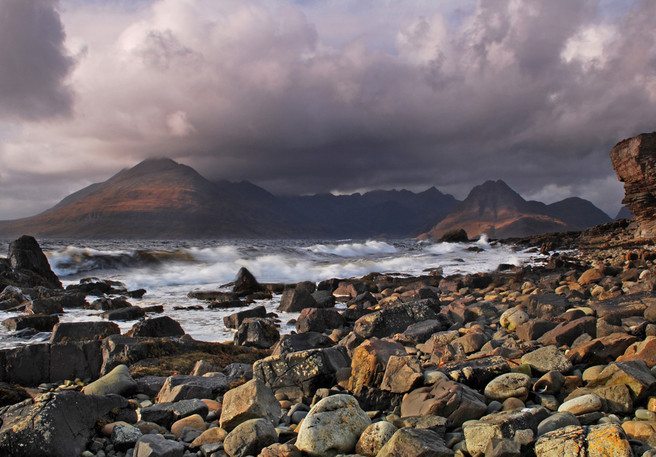 Sometimes it is extremely frustrating trying to hunt out new locations that are easily accessible and I can find myself looking longingly at images of places I would love to visit but won’t be able to. I also occasionally feel annoyed because I can’t join group photographic workshops; they only ever seem to be for the fit and able. Nevertheless, just because I am disabled, that won’t stop my determination to get out, immerse myself in the landscape and take photos. The trick is in interpreting the ambient mood with the relevant techniques and skills I possess and not make it obvious that I have a disability. It is a chance to be free from the pain and stiffness by concentrating on a rewarding and expressive experience. However, the wheelchair has become an essential part of my photographic equipment and my husband not only pushes me, but also carries the tripod whilst I have the camera, lenses and filters. I’m currently working on a project for the Associate level of the RPS and DPS and, fingers crossed, hope to be successful in 2017.
Sometimes it is extremely frustrating trying to hunt out new locations that are easily accessible and I can find myself looking longingly at images of places I would love to visit but won’t be able to. I also occasionally feel annoyed because I can’t join group photographic workshops; they only ever seem to be for the fit and able. Nevertheless, just because I am disabled, that won’t stop my determination to get out, immerse myself in the landscape and take photos. The trick is in interpreting the ambient mood with the relevant techniques and skills I possess and not make it obvious that I have a disability. It is a chance to be free from the pain and stiffness by concentrating on a rewarding and expressive experience. However, the wheelchair has become an essential part of my photographic equipment and my husband not only pushes me, but also carries the tripod whilst I have the camera, lenses and filters. I’m currently working on a project for the Associate level of the RPS and DPS and, fingers crossed, hope to be successful in 2017.
Andrew Sanderson
Andrew is a photographer and tutor with over 20 years’ experience and an Ilford Photo Master Printer. He is a leading proponent not only of film and the darkroom, but of the single image, and – of course – the print. He is the author of three books: Night Photography: A Practical Manual; Home Photography: Inspiration on Your Doorstep; and Hand Colouring and Alternative Darkroom Processes.
Can you tell readers a little about yourself – your education, early interests and career – and how you first became interested in photography?
I left school with no qualifications and worked as an apprentice electrician for two years (hated it), then went to Art College to see if it was what I wanted to do with my life. I had been drawing since I was about 6 I think, so it seemed like a good option. I saw a set of framed black and white prints on display and immediately knew that I wanted to do that. My father had been a keen amateur all through my life, so I'd grown up with photography, but something about these prints really influenced me. That would have been 1977.
Since then I have devoted most of my time and most of my money to black and white photography. I feel very fortunate in my choice of career; I have had my work published in magazines over 100 times and published three books. I had six images published as posters during the 80s when they were quite fashionable, and they sold all over the world. I am also a designated Ilford Master Printer.
You’ve said that you’re inspired by techniques, materials, equipment….. rather than (my words) images or the work of others?
I am inspired by the work of others, but you have to be careful not to copy what you see. When I see original and good work it invigorates me and keeps the passion alive. Unfortunately, I mostly see poorly executed images, produced without passion, talent or effort. Too many photographers treat the camera as if it were a magic box that makes a masterpiece of whatever it is pointed at. Cameras are amazing things, but photographers need to use the tools they were given for free: eyes, mind and emotions.
Land of my Father
I find the act of creativity hard to fathom.
Months go by in a doldrum state where nothing feels right and I am uninspired by what I make, and then, little by little, things turn around and something emerges from the mayhem.
My current project is a very personal one about the death of my father. It happened upon me in a rather roundabout way. My father died when I was a child, and for a long time, I have tried to put this in the past and move on.
In 2014 I popped up to Scotland for my annual pilgrimage. I like to get there once a year for a dose of mountains, landscape and photography. I spent a week alone in Ardnamurchan and Glencoe.
It rained.
It poured.
Roads were flooded and inaccessible.
I ended up sheltering in a church taking photographs of rain dripping onto the floor of the interior.
I found my mood darkening and my images along with it.
Monochome was the order of the day.
Images were taken through a wet car window predominated.
Norman Ackroyd my source of inspiration.
When I came home I felt flat and unhappy with what I had produced. I closed the folder and left it unedited for some time.
And then, from nowhere, came a poem.
I find that a poem ‘comes’ about once every 2 years. I sit, the words emerge, and then it is all over.
This poem was an expression of my experience of my father’s death when I was eight years old.
Intensely personal.
I didn’t know what to do with it, but felt I needed to share it with my brother and sister in a way that was worthy of the subject matter; one that we have all struggled with over the years.
I decided to make a small book. I realised that the images made in Scotland the previous autumn were entirely appropriate to accompany the poem. They represented my need to keep returning to Scotland…… the ‘Land of my Father’. The title was born and I quickly made a small book using Lightroom book module. Within Lightroom, it is easy to edit images and add text and then export directly to Blurb. I then felt able to create a selected body of images for my website under the same title.
Land of my Father
Some were created using a tilt-shift lens, and others using multiple exposures. Images that accompany the text may not work as stand alone images, but I felt that they worked together in the context of the poem. I used a creamtone preset in Lightroom to give a unity to the images.
eg; my sister 6, my brother 3
Choosing the format of the book and typeface is always a challenge. I decided on a small square paperback with Adobe Garamond text, for a traditional look.
The little paperback volume arrived from Blurb, and while I was reasonably happy with it, I felt that I could do better. I wanted it to be something really special.
I decided to go for a hand bound edition. Having studied book-making while on my PG cert course in photography at Central St Martins in 2011 I had an idea of how to achieve this, but decided to enlist the help of an expert, in order to make it happen; I have too many projects waiting for a rainy day. The challenges of a handmade book are many, but the most important thing for me was to get the aesthetics right.
I enlisted the help of Eddie Ephraums from Envisage Books, and so began a whole new process, involving the selection of paper type, cover materials and format, shape, font, size, and then the difficult decision of how many to print.
What sort of book should it be?
Hardback or soft back?
Square or rectangular?
Large or small?
Perfect bound or saddle stitch? Side stitched or concertina folded?
The only way to answer these questions is to look at lots of books and images on the web until you get an idea of what sort of book you feel is right for you. I collected lots of images on Pinterest as a starting point for my decision making. Eddie showed me some options with regards ways to fold the cover to create a wrap around or sleeve, and ways to fold the cover card back on itself to add strength and substance.
I wanted this book to have a Japanese style binding that shows the thread on the cover and allows for a bit of colour and a feeling of a handcrafted object.
Next, we tested different paper types for the images. Smooth or textured? White or creamy? What weight of paper?
It is only seeing the different options mocked up that it becomes possible to make these choices. Also by testing the prints, it was possible to ensure that they were correctly profiled and true to the originals.
After some test runs, I opted for Munken Lynx as I felt that heavily textured papers were too complex with the already layered images. We decided to opt for a non-standard size of 22x15cm. This allows for maximum efficiency with regards fitting the pages onto the large print sheets and creates a feeling that it is not a ubiquitous A4/A5/A6 format.
Trying out different fonts on the same test sheet was really helpful. I opted for the sans serif font ‘Avenir’ having seen it alongside the serif types such as Adobe Garamond. Avenir was created in 1988, and the word means ‘future’. It was a conscious decision not to use capital letters on the title pages.
We experimented with the possibility of a translucent cover or inset pages for the words. Seeing the translucent paper curl up in the humid air put me off this option. The words looked better on a beautiful creamy paper; one that would withstand changes in humidity.
Choosing cover colours and thread colours were possibly the hardest part. The images are toned monochrome, so the cover had to complement them.
So much rests on first impressions of a book. How many books have you not looked at because you didn’t like the cover? Almost all of the novels that I have read in the last year have turquoise covers. I had to steer myself away from turquoise as it seems to have taken hold as the common choice for getting a book into someone’s hand. I opted for a pale grey.
Looking at threads I was keen for some bright colour. Orange was my choice. The words inside the book reference the bright colours at home disguising the sombre mood.
And so, having made all these difficult decisions we finalised the InDesign document in preparation for print.
As this was to be a hand-sewn book, I limited this first edition to fifty copies, each to be signed and numbered.
The pages and cover were printed and trimmed to size by a commercial printer. Watching the printer in action was a very special moment after weeks and months of planning.
We used a small hand press to stamp the title onto the book sleeve and presentation box. Foils help to lift the lettering and allow it to catch the light.
Finally, the pages were ready for sewing. A punch device and handmade template allow for uniform sewing holes on the cover and pages.
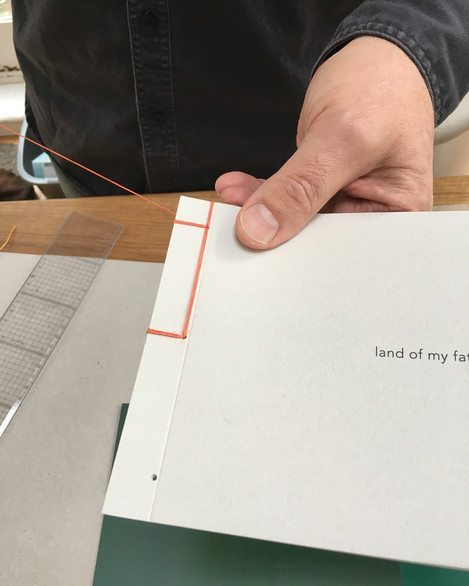
The thread is hand waxed using beeswax, and the sewing begins. It is a painstaking process, and at least one book is now bloodstained forever. I chose a very simple Japanese binding, with double thread.
The end result leaves me with a feeling of resolution.
A tribute to my father that I am proud of.
I am immensely grateful to Eddie for his encouragement and advice all the way through this process. You can read Caroline's previous Featured Photographer interview with Michela Griffith here.
Hokkaido
I have been fortunate to photograph many landscapes in a variety of different countries throughout the world but the photographs I had seen of Japan always seemed to have a difference that was difficult to categorise and I have always been drawn to places that may challenge me as a photographer.
My default position is to normally head to locations that could be regarded as remote, or certainly feel that way. As well as feeling a long way from cities and towns, the landscapes I regard as my favourites are ones that appear almost untouched, although, in reality, this is seldom the case as almost all of the landscapes I have experienced have been modelled and influenced by the hands of mankind. One of the main factors that made Japan, and Hokkaido in particular, fascinating was the apparent simplicity of the place, certainly in the deep winter months. One of the approaches I take as a landscape photographer is to distill the elements of the landscape down to understandable parts of a composition so that the photograph is not an overwhelming record of every aspect of the scene.
Layers
I often think of images as parts put together in a visually interesting manner. When the parts come together eloquently, they create meaning and message. So when trying to learn more about why some images work they way they do, I often try to deconstruct the image I’m looking at. I take out the background, the foreground, the subject, the counterpoint, the scheme of colours, the main lines, the type of light and so on. A powerful image stays with and has a deep connection with the viewer. That’s probably because the maker of that image took into consideration every aspect of that image, every bit, every layer.
Of course, there are images where the subject is so strong that the background can be irrelevant. Or there’s no apparent subject at all, it’s just a background, a texture. But even these cases can be deconstructed. You take the colour scheme out, you take the lines in the frame out. You have at least two layers that were carefully bound together to form an abstract interpretation of something. Someone looks at it and sees a human face, a hill, an emotion, whatever. Even a portrait of a person looking directly at the viewer has layers. There’s an obvious subject, but then that face is lit a certain way. So you always have light, natural or artificial, which in portrait photography can be decisive in creating the connection between how the face looks into the camera and what the viewer is making of that specific grimace.
When it comes to nature photography, there can be a multitude of layers forming an image. From the classic wide-angle landscape where the spatial separation of the image into fore-, mid- and background can be deconstructed and formulated into a certain type of composition using leading lines and curves that harmoniously take the viewer through the whole frame. They can have a start point on the brightest area of the image, let’s say, or in the foreground. At the other end of the spectrum, using a telephoto lens can decrease the depth appearance to such extent that the spatial separation becomes non-existent. Still, there are lines, there is colour, there is contrast that can suggest depth. It’s basic stuff that happens here, any landscape photographer composes subconsciously using the basic structure of any image. It’s just a question of geometry, perspective, colour, tonality.
So there are basic layers to each image. They’re obvious, the art comes when the photographer finds the right balance of each layer’s qualities. The graphic side of an image might be stronger if there are more triangles in the frame, or if the colour scheme is in accordance to that of the colour wheel, or if there’s no very bright or very dark surface somewhere in the corners of the image. I know, I’m oversimplifying things, but you get the point. Some compositional choices are better than others because a layer’s quality was used to create visual interest in the way the human brain is wired to tell you it’s of effective use.

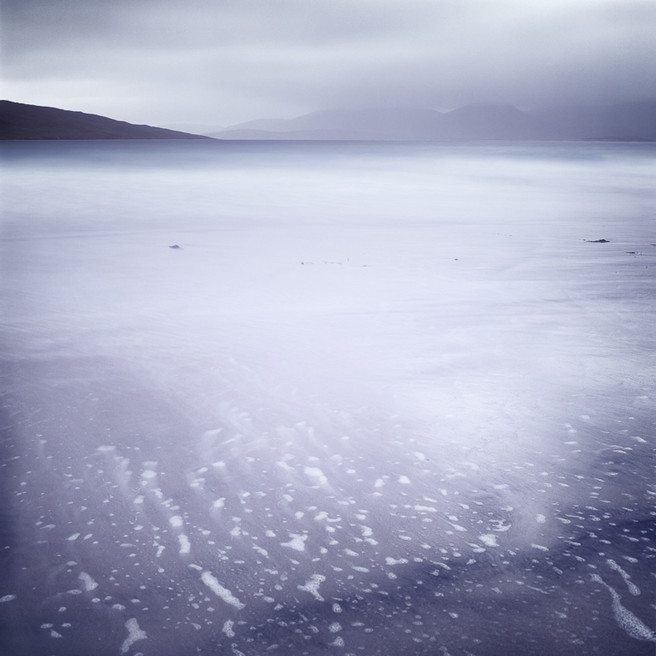
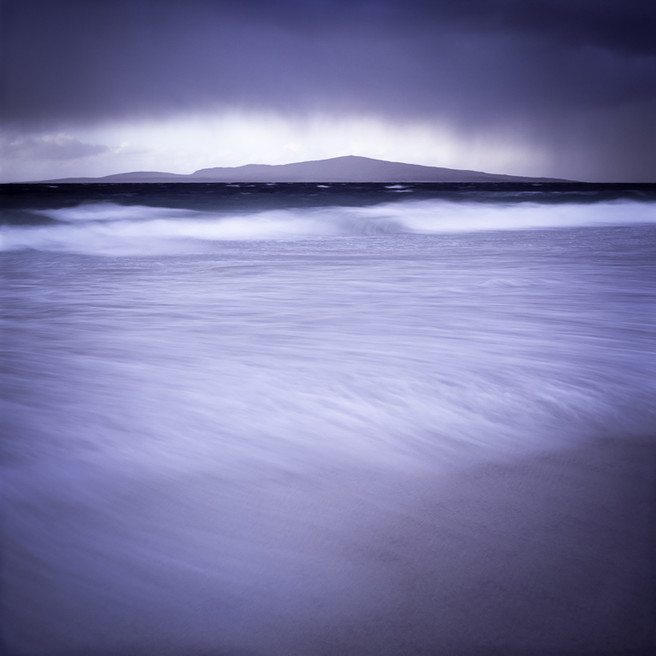
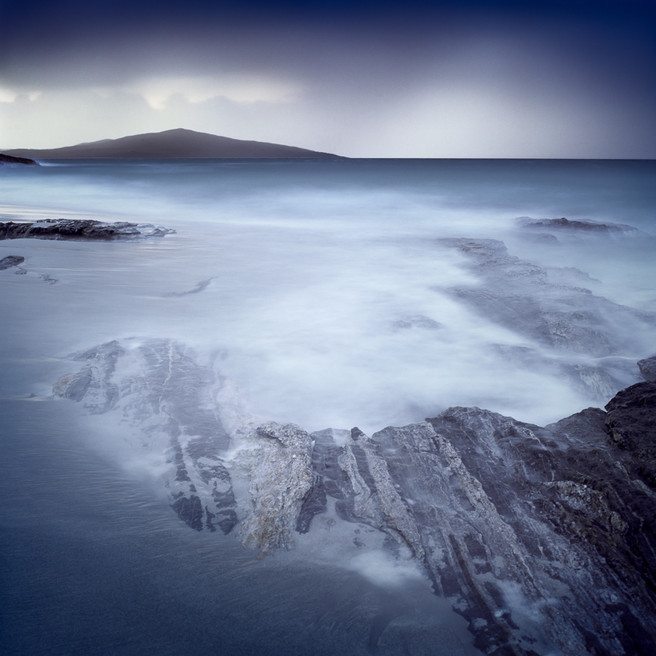
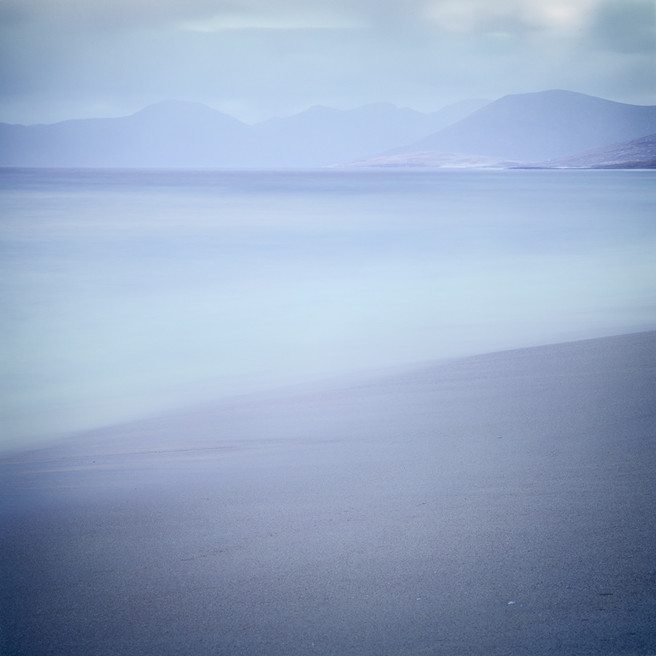

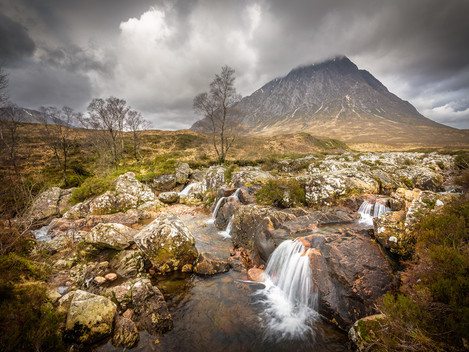
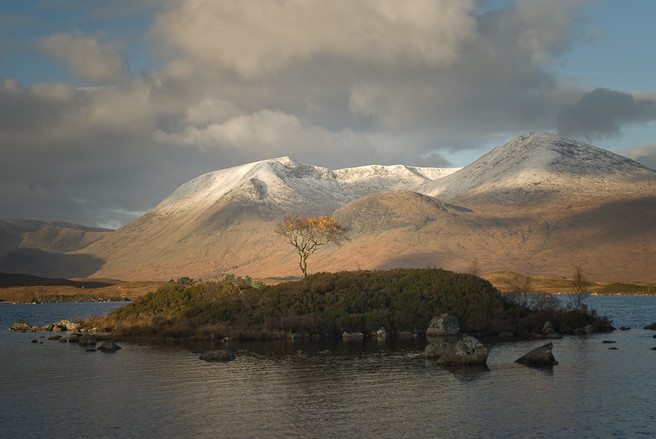
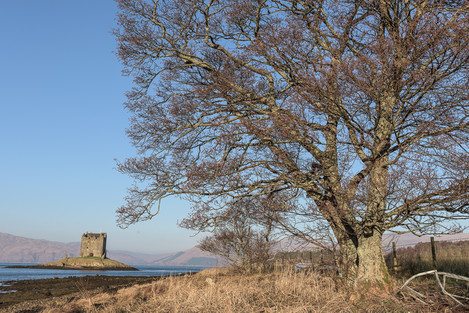
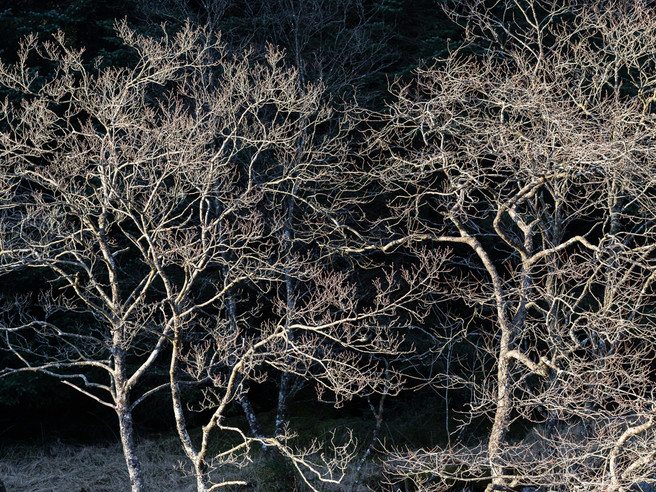
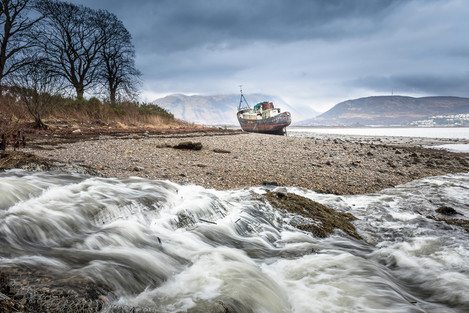
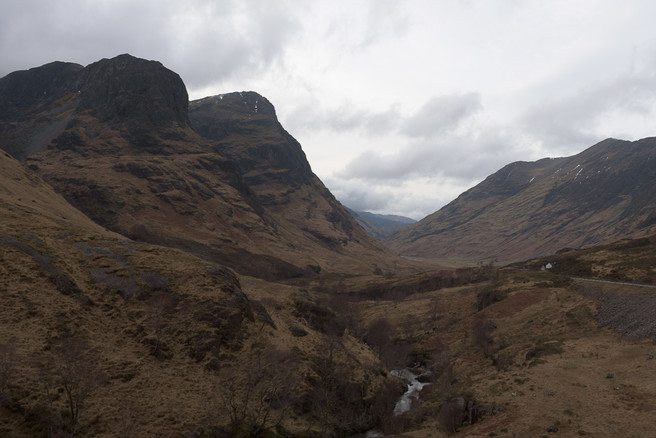
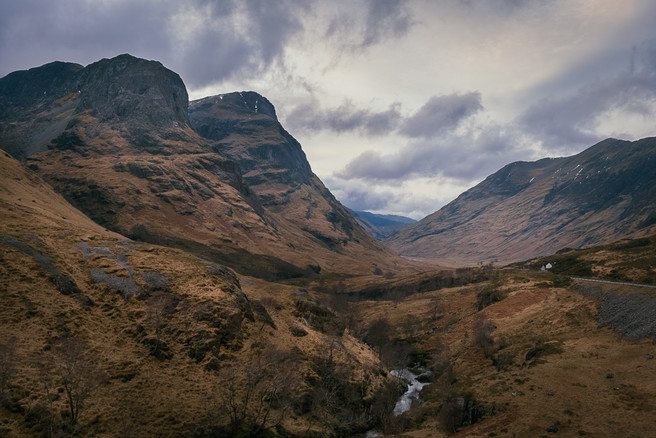
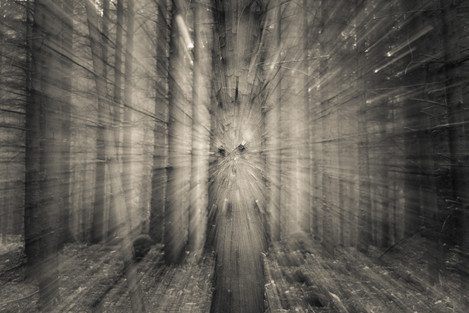
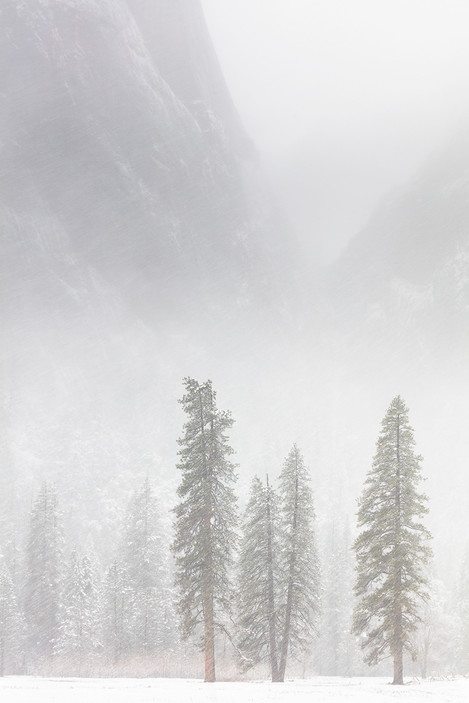
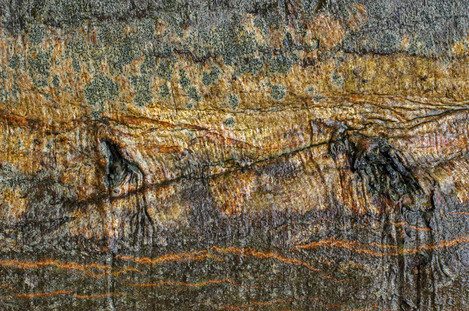
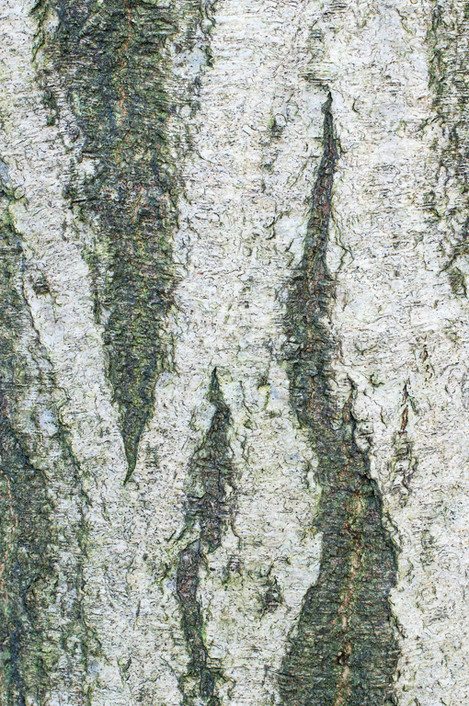
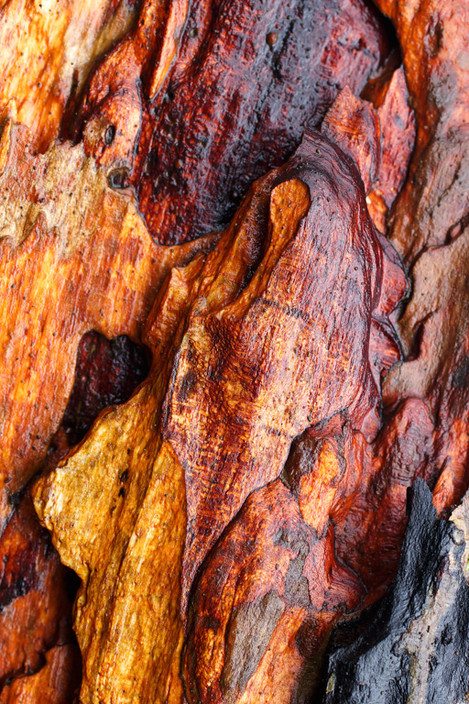
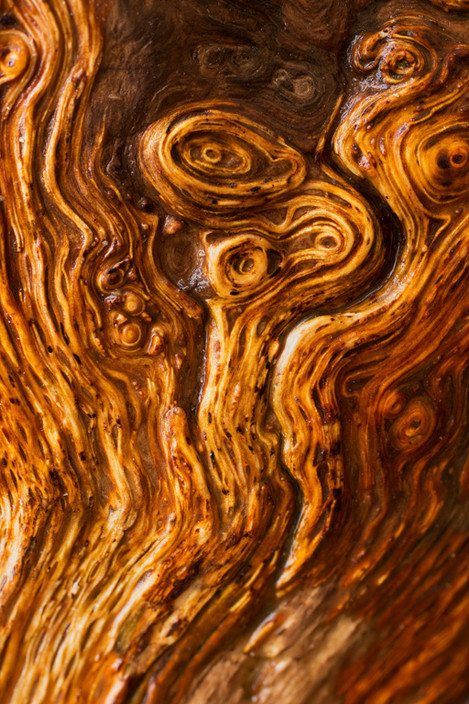
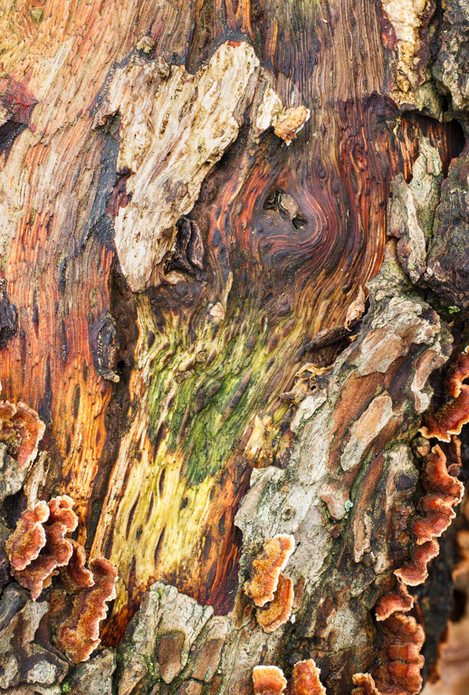
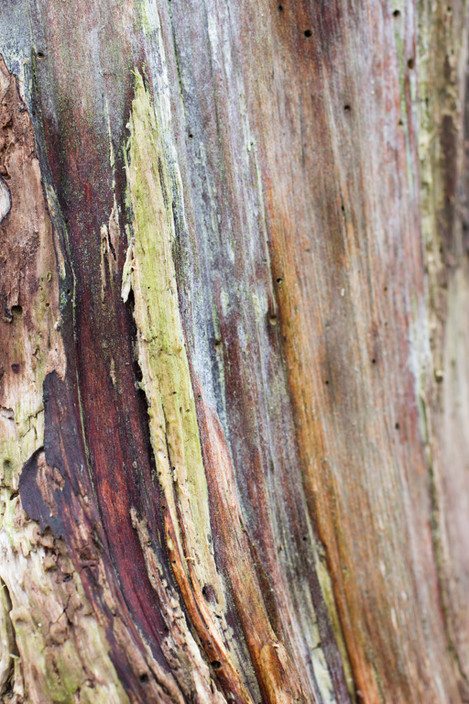
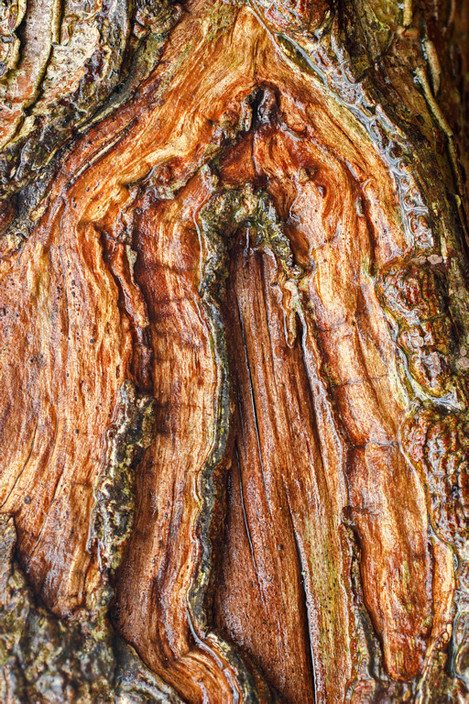
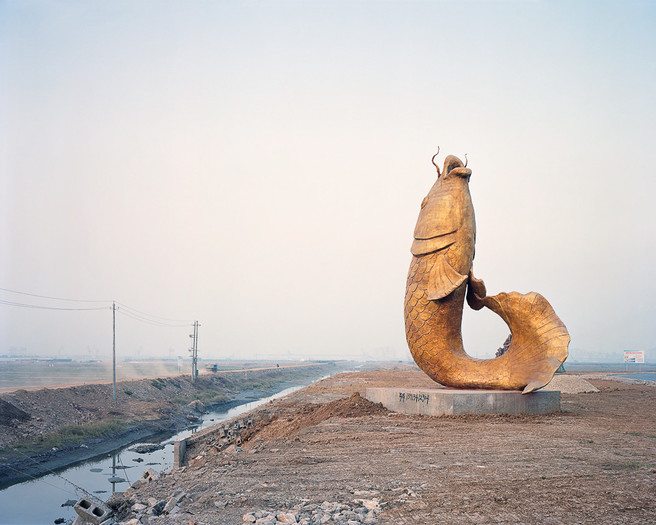
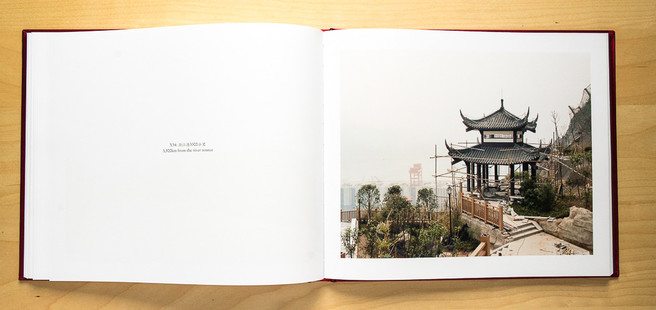
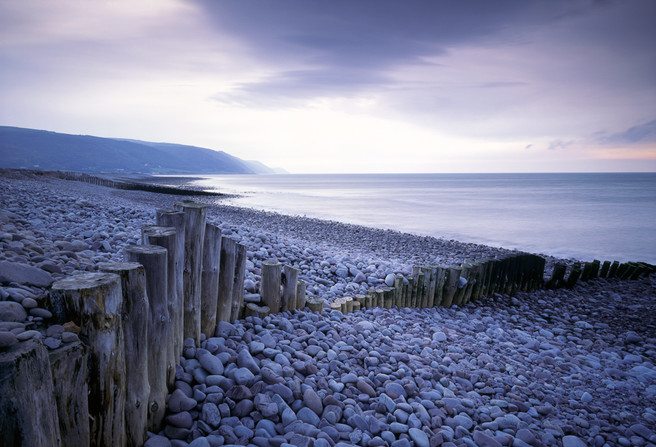
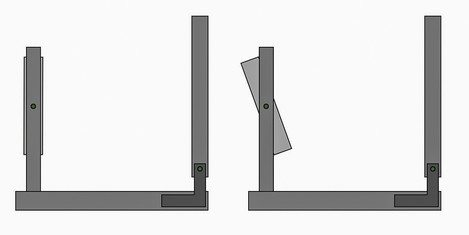
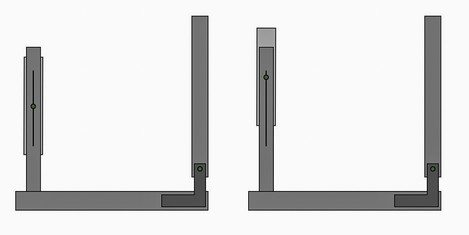
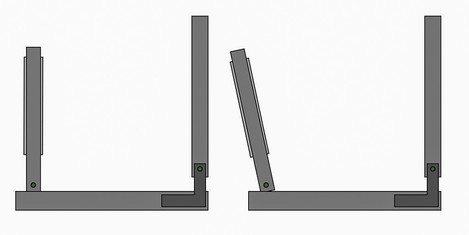
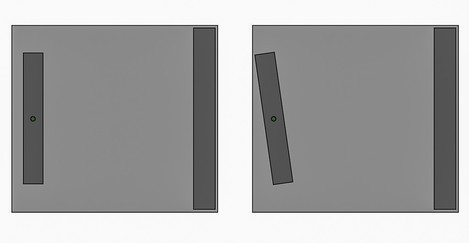
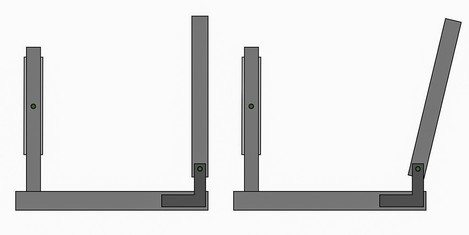
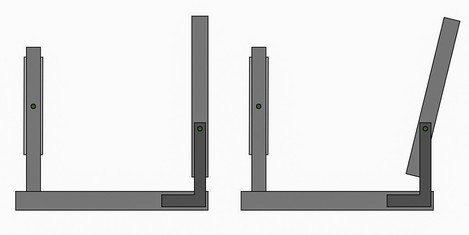
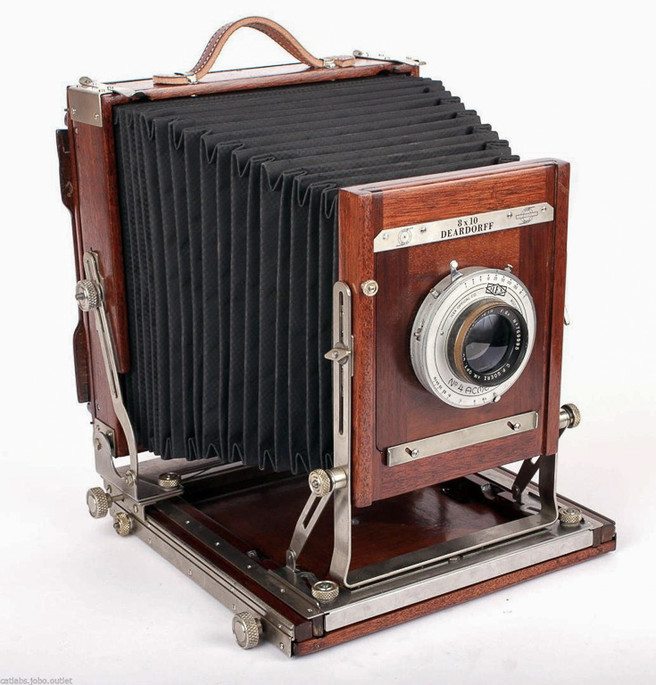
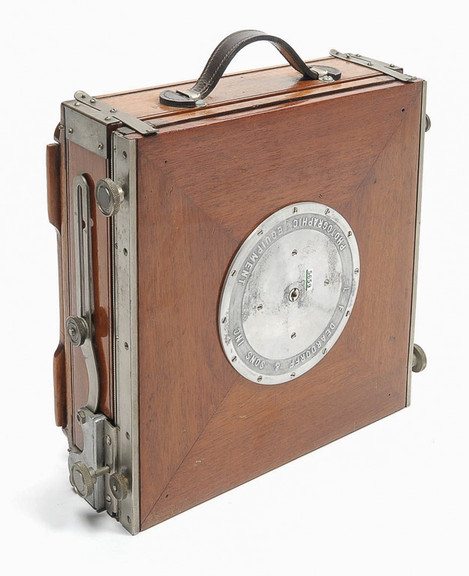
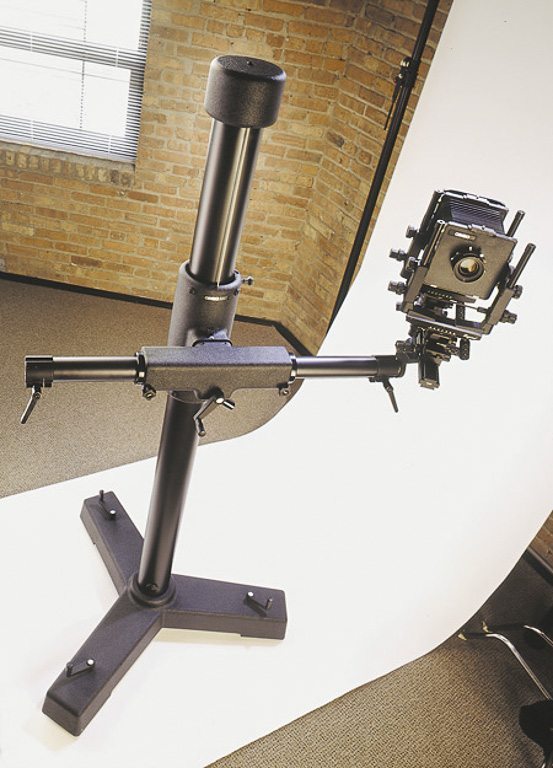
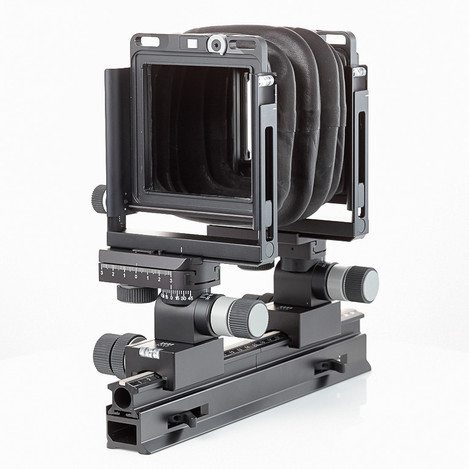
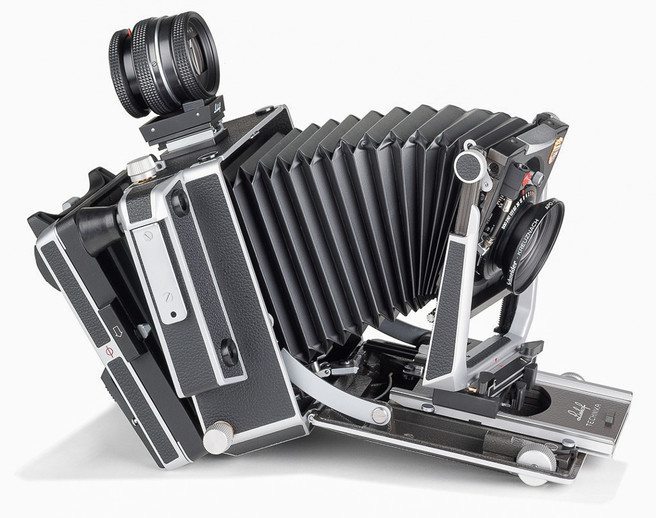










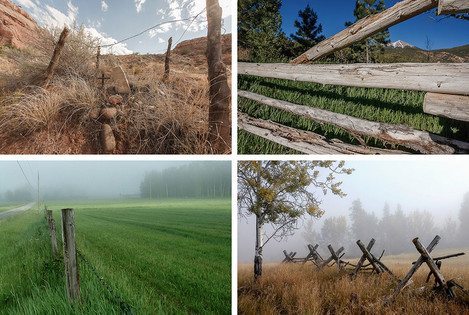
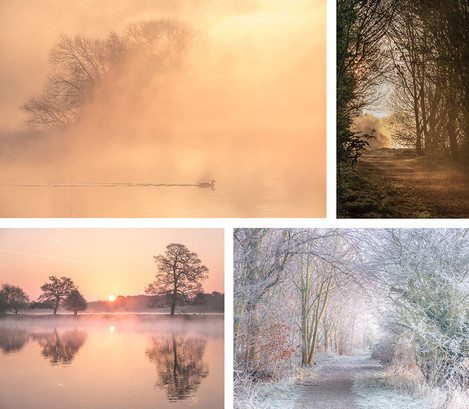
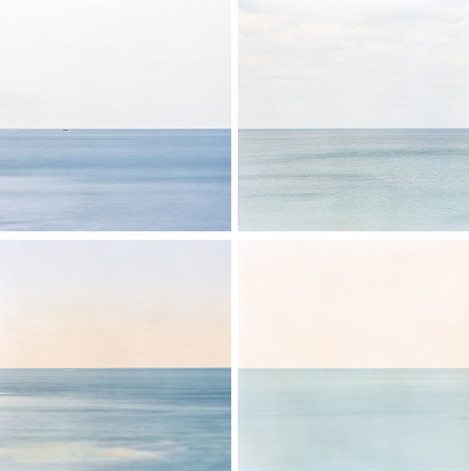
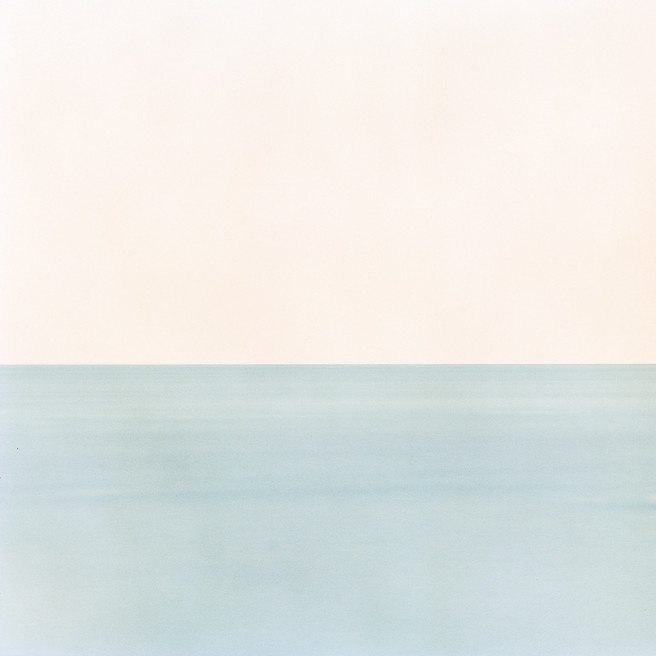
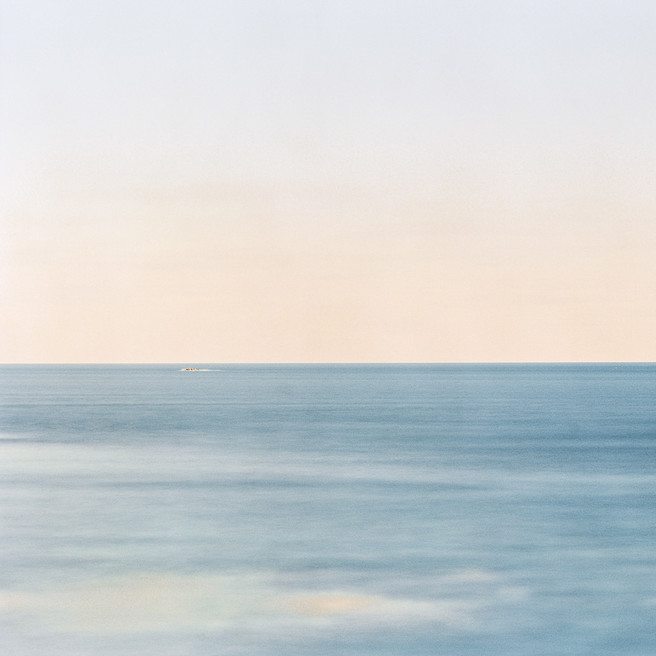
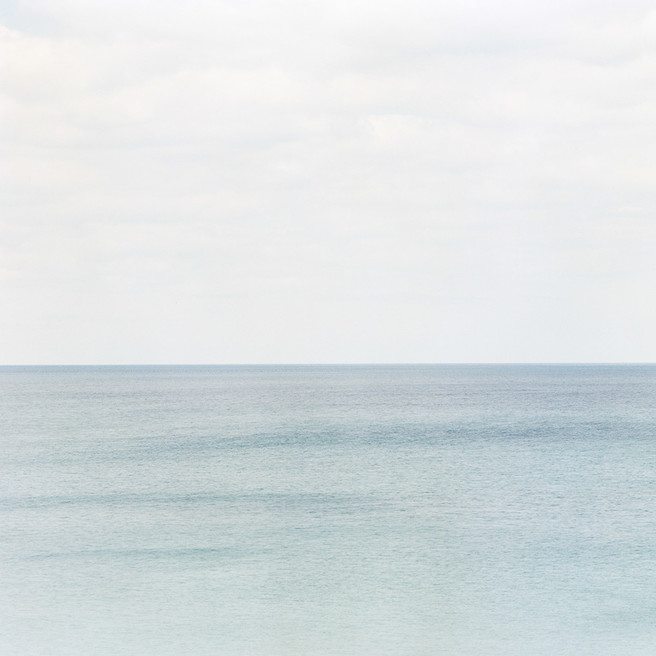
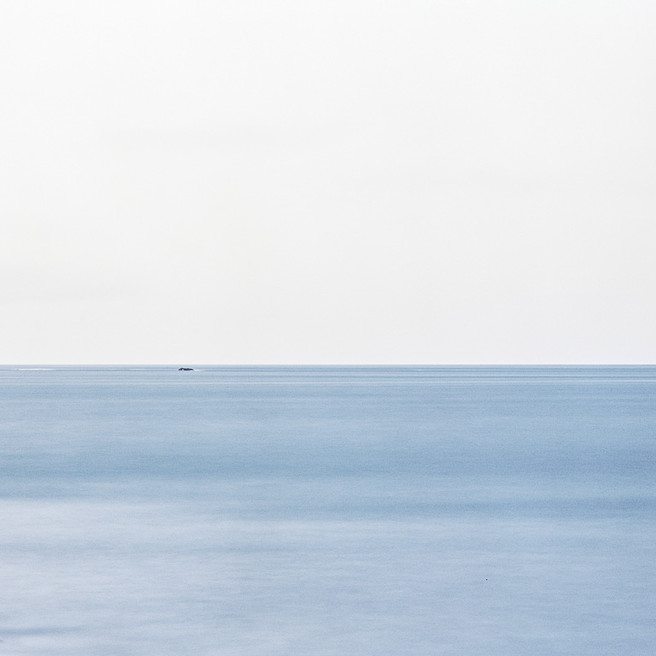
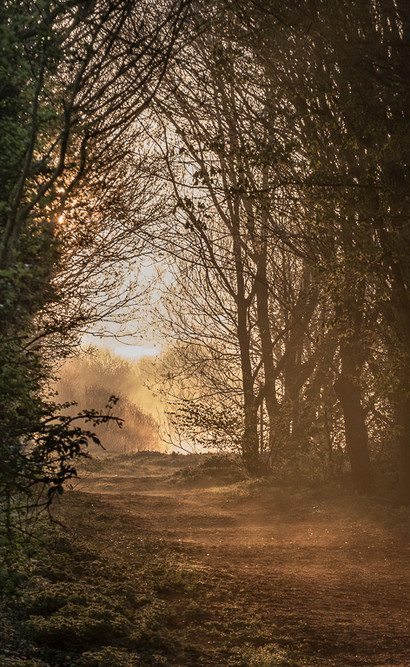
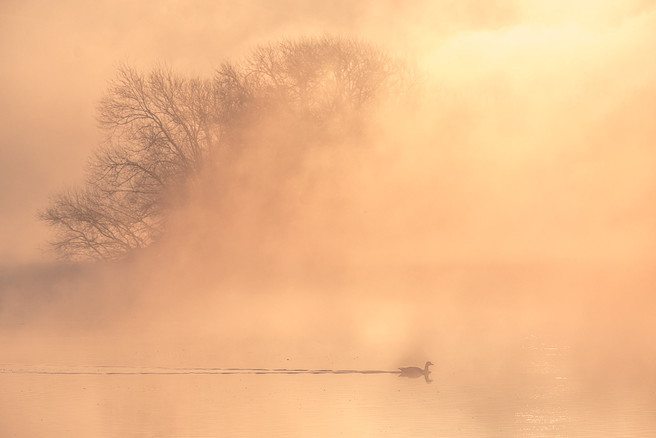
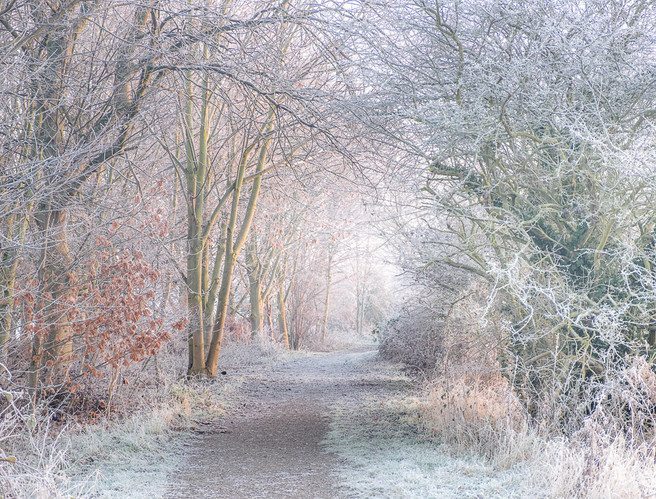
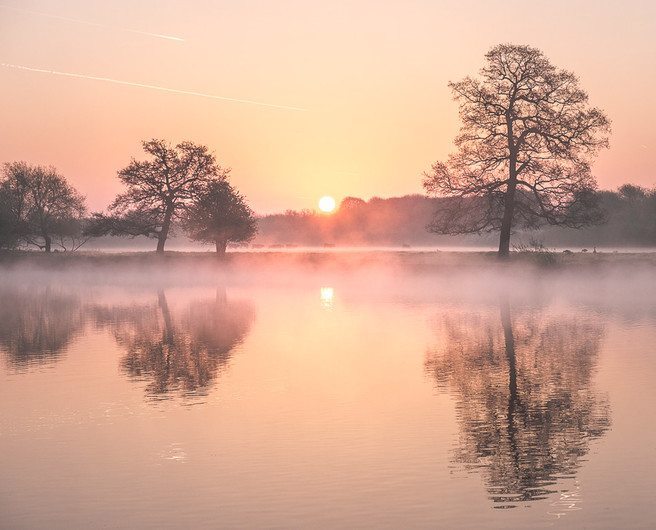

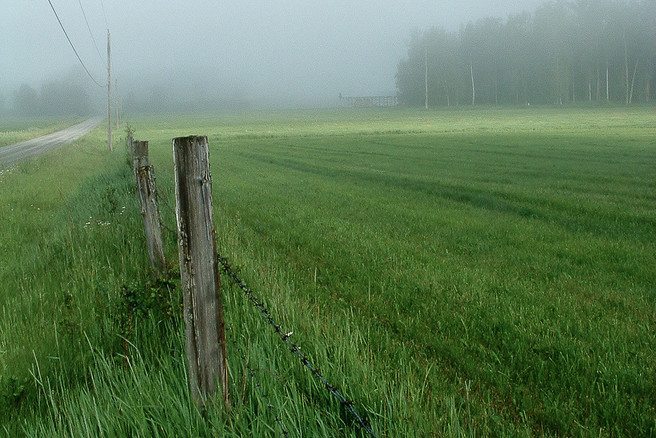
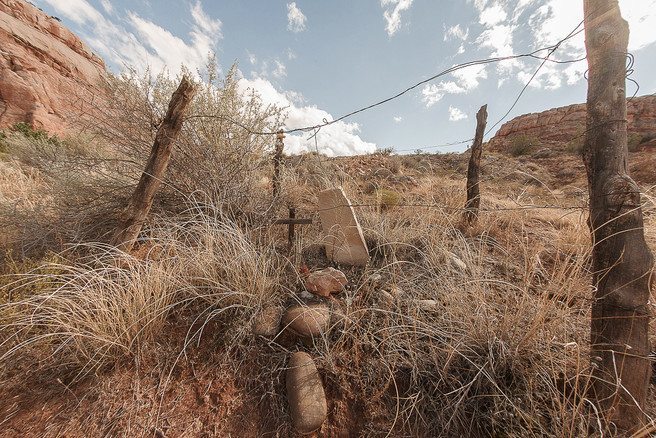
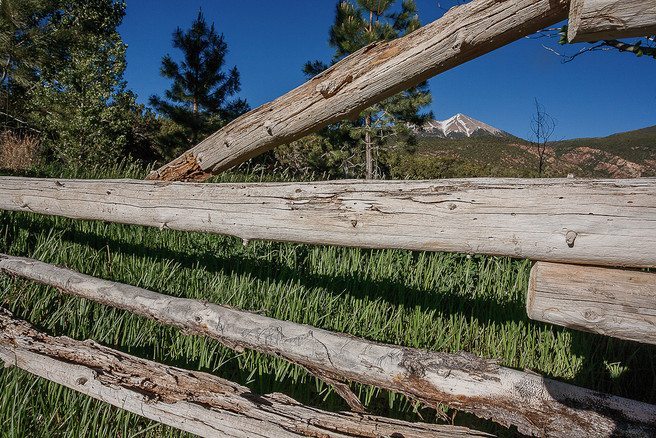
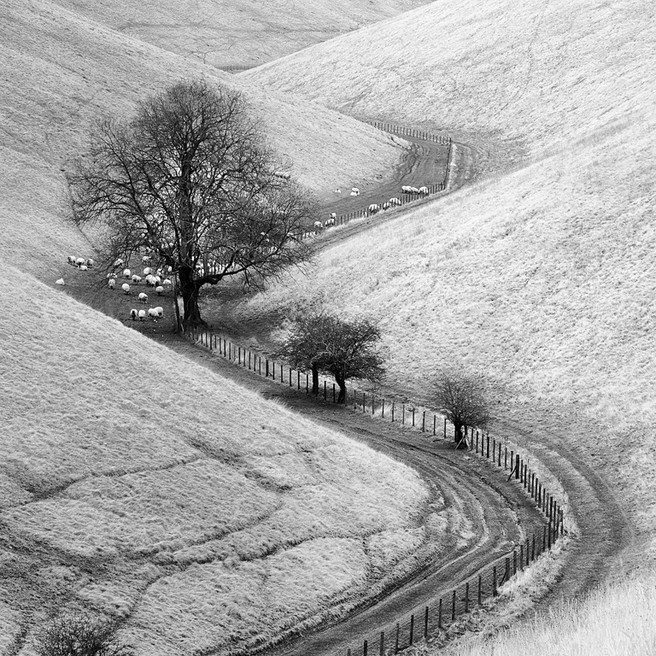
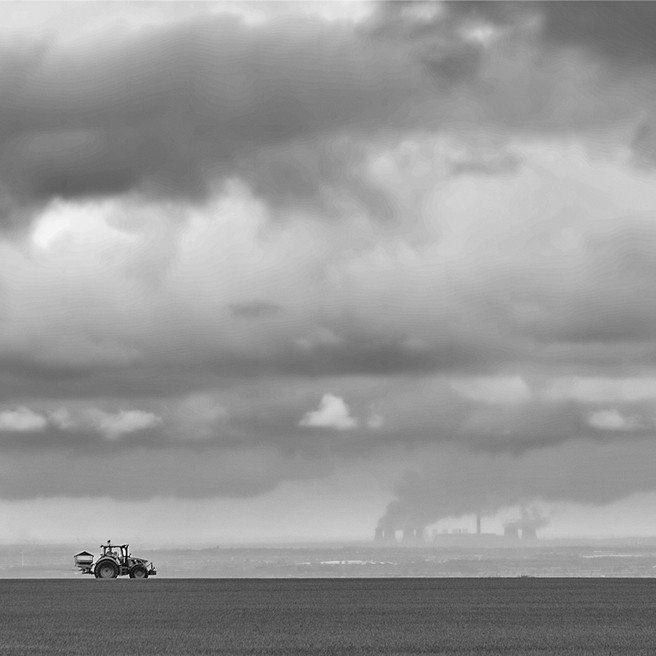
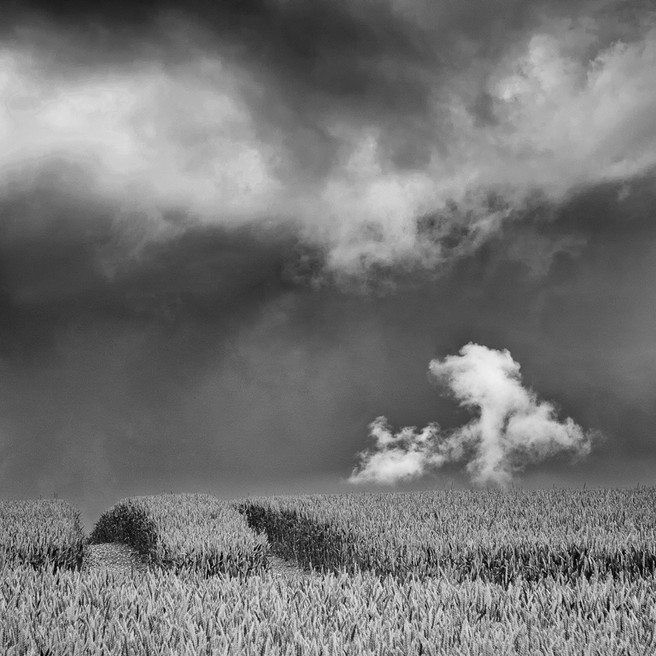
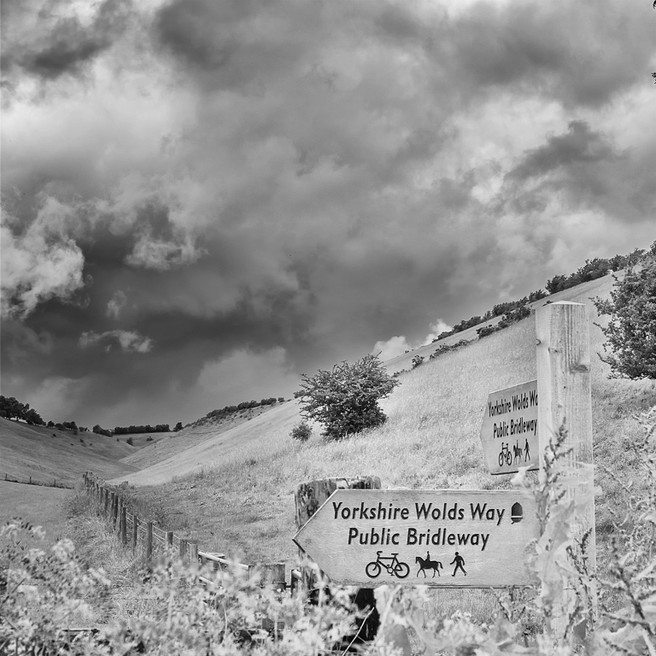
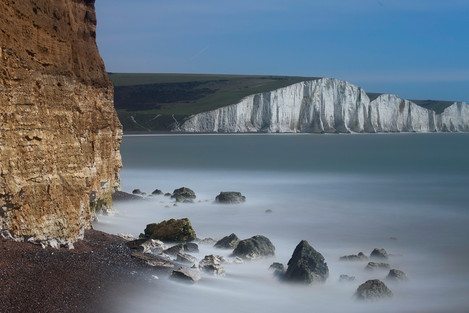
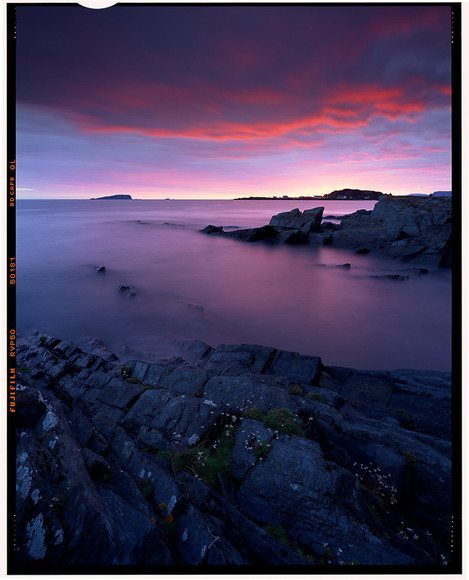
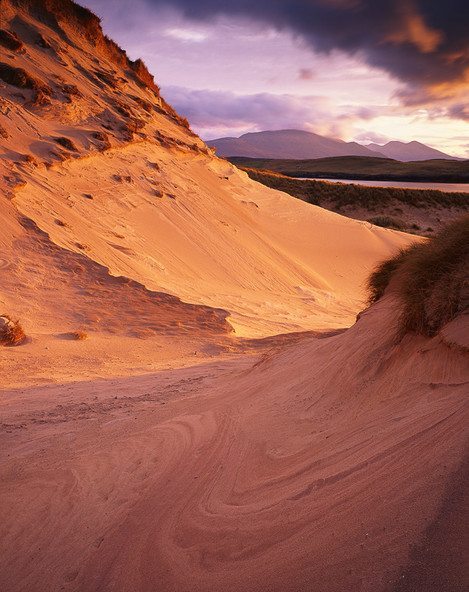
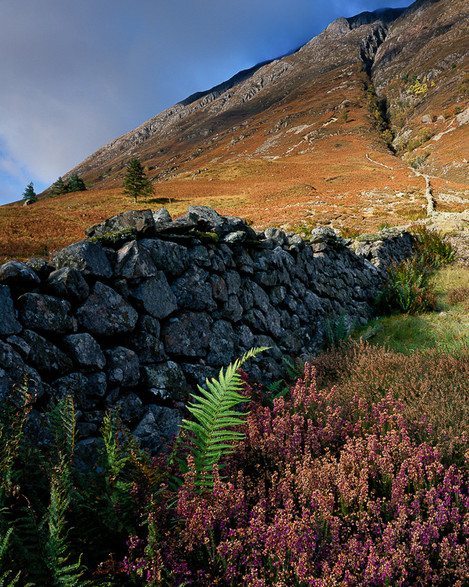
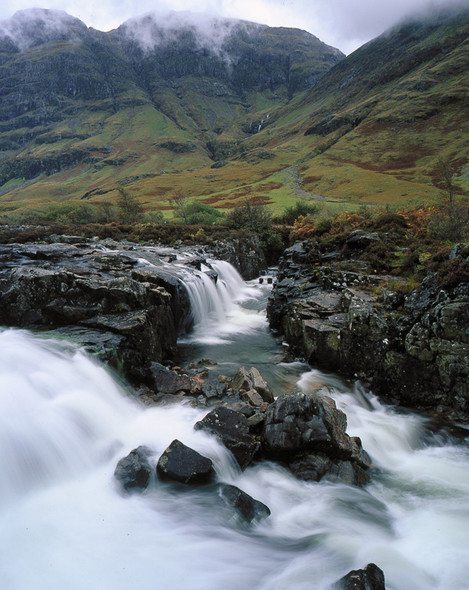
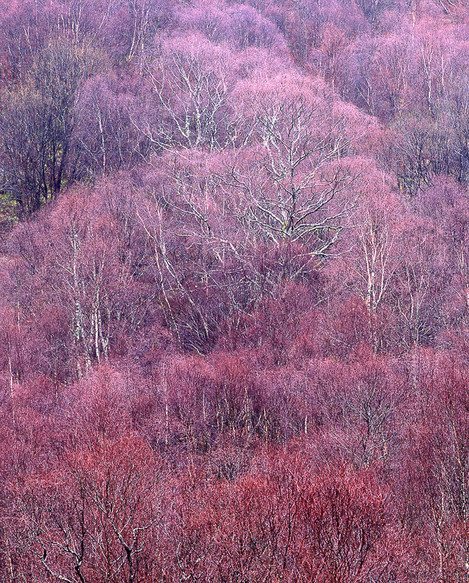
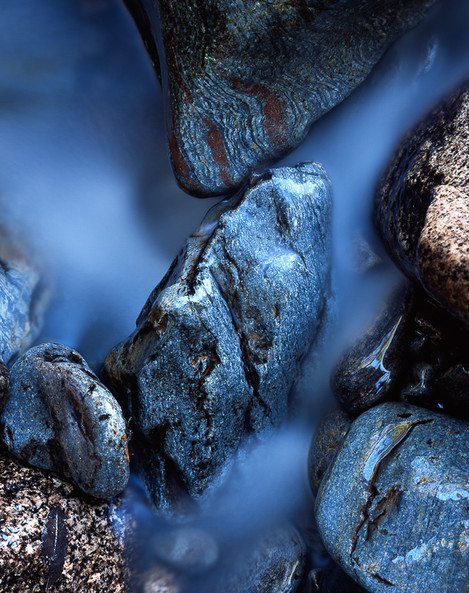
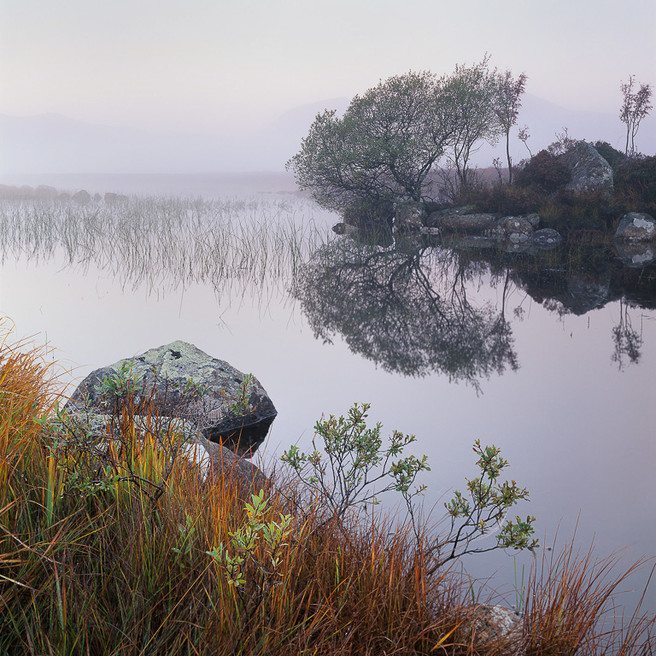
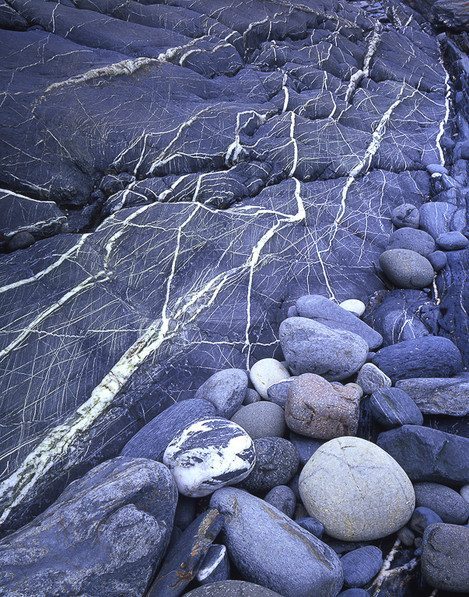
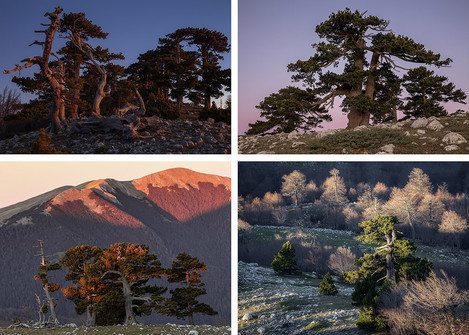
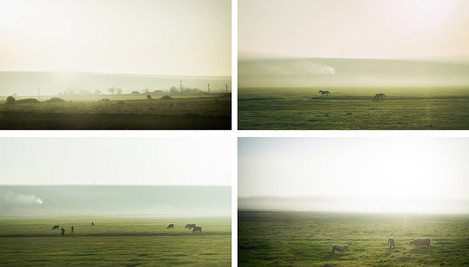
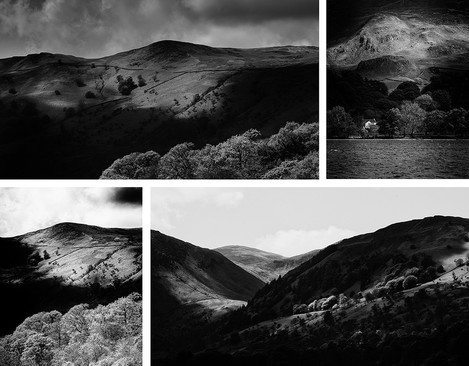
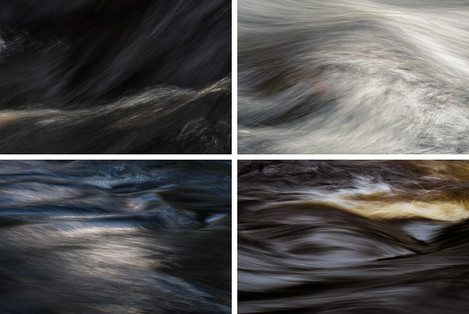
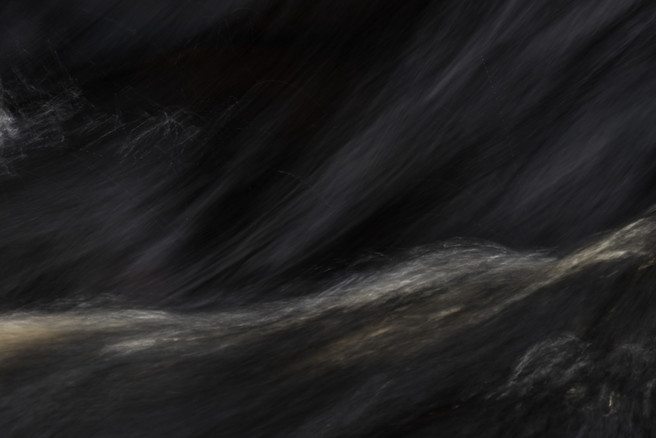
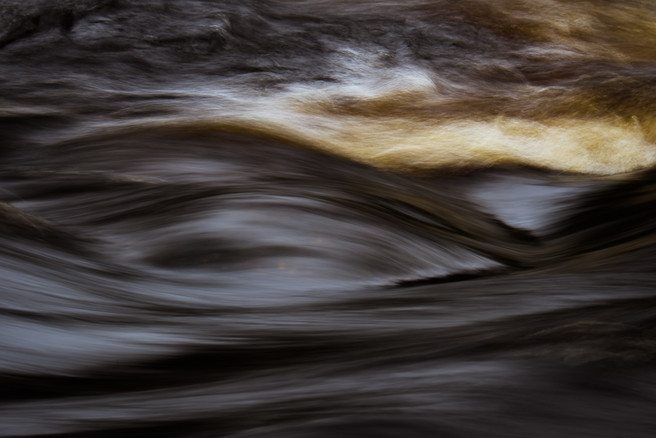
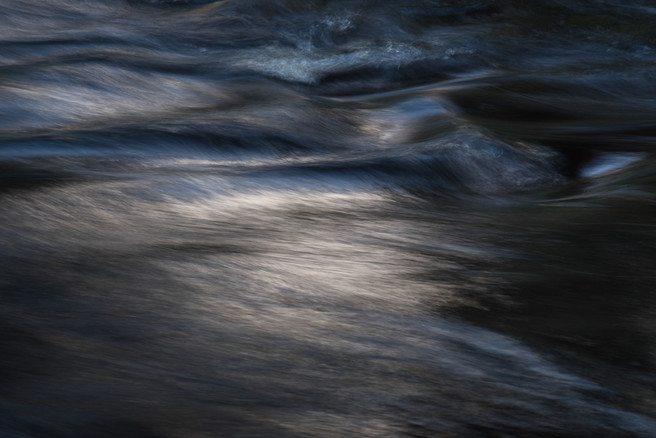
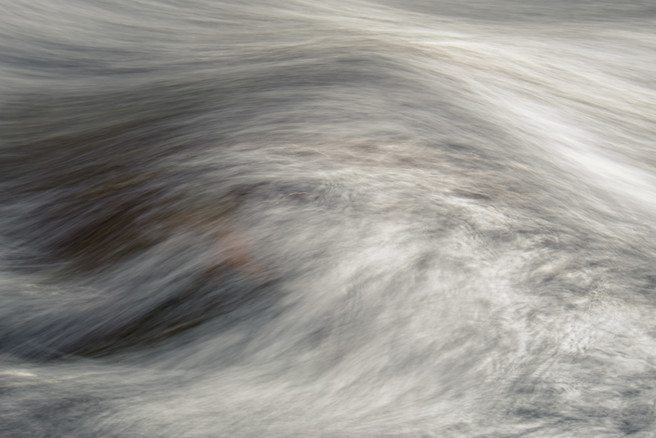
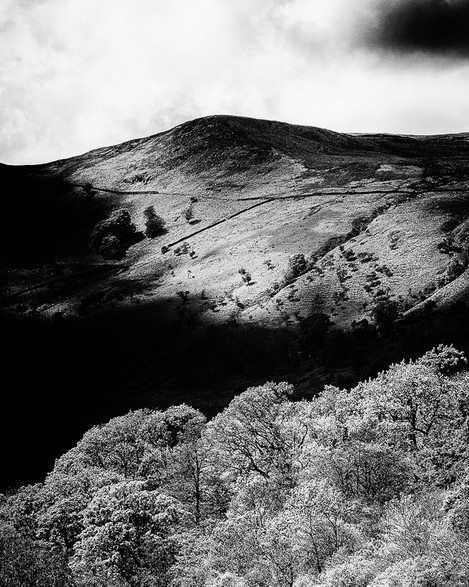
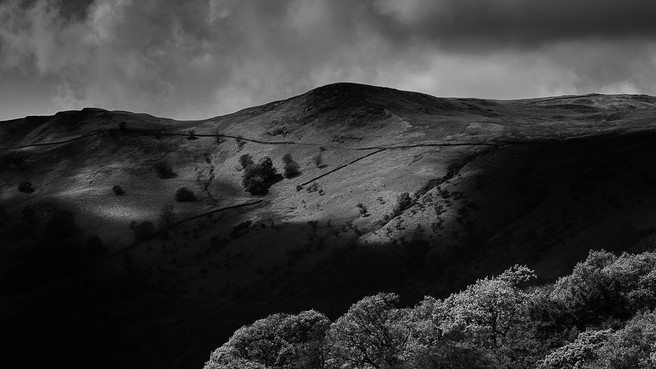
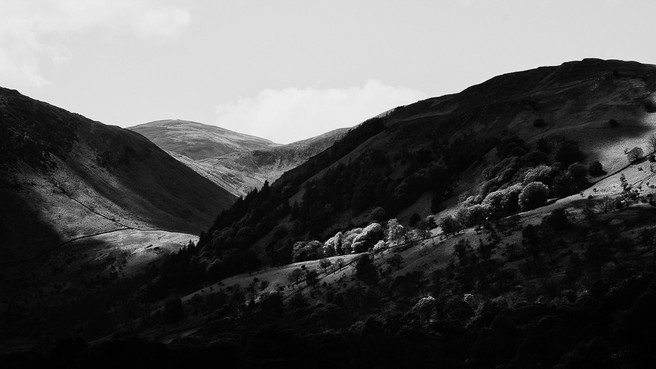
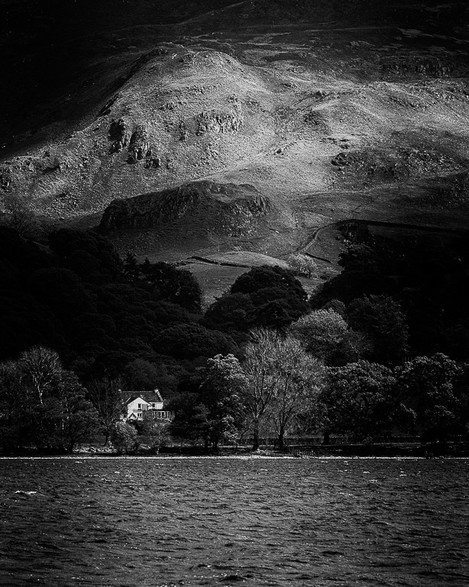
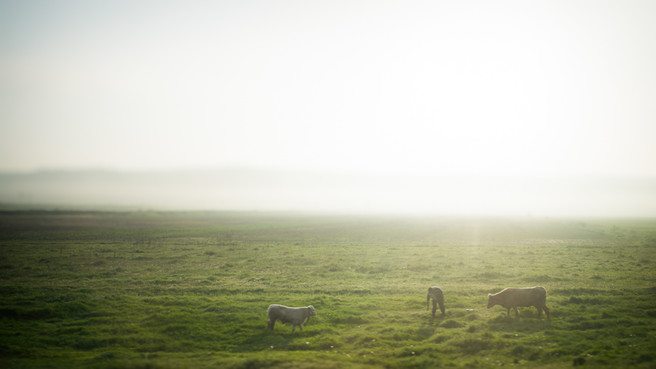
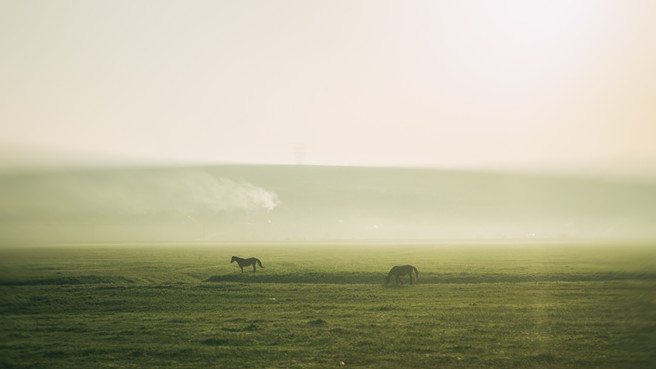
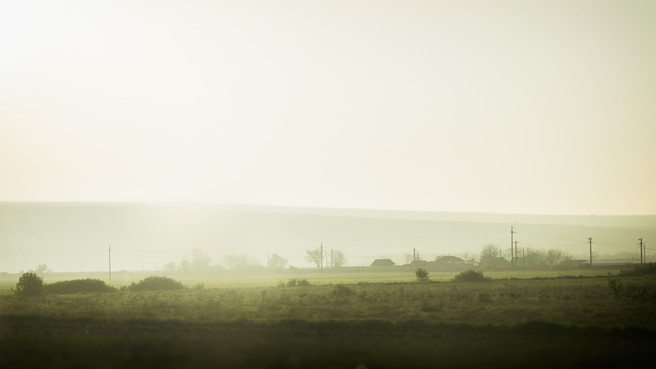
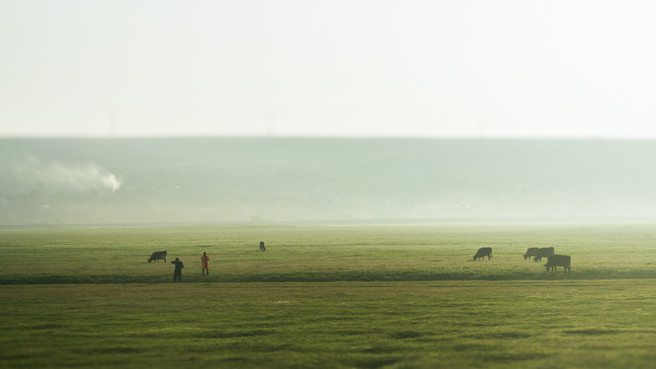
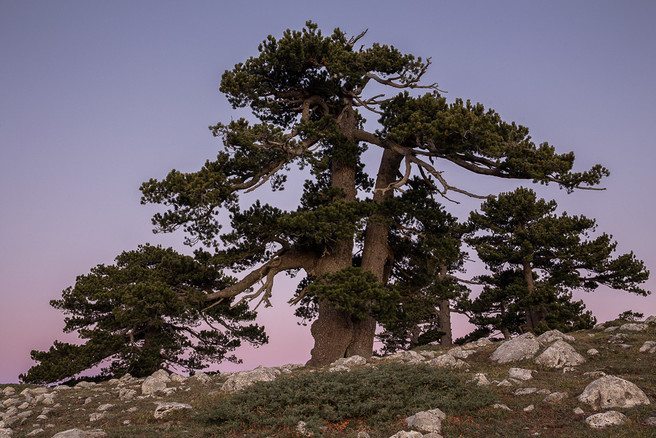
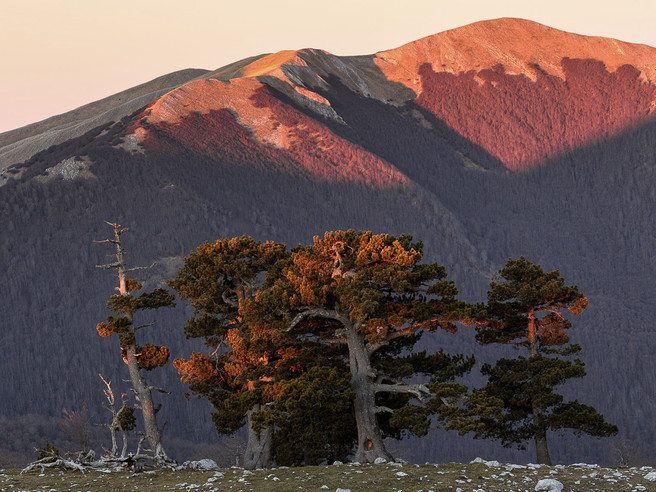
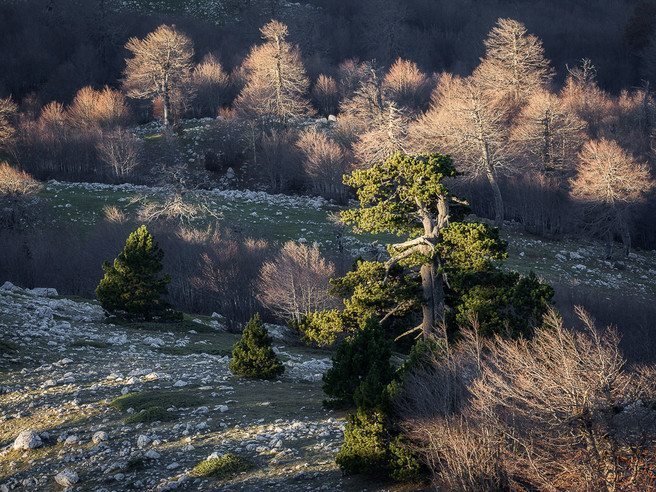
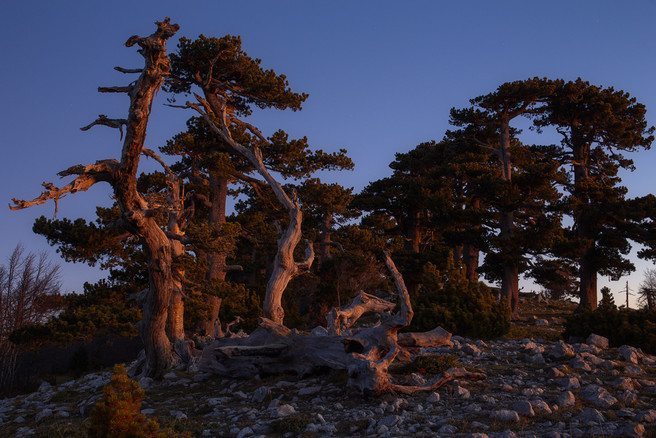
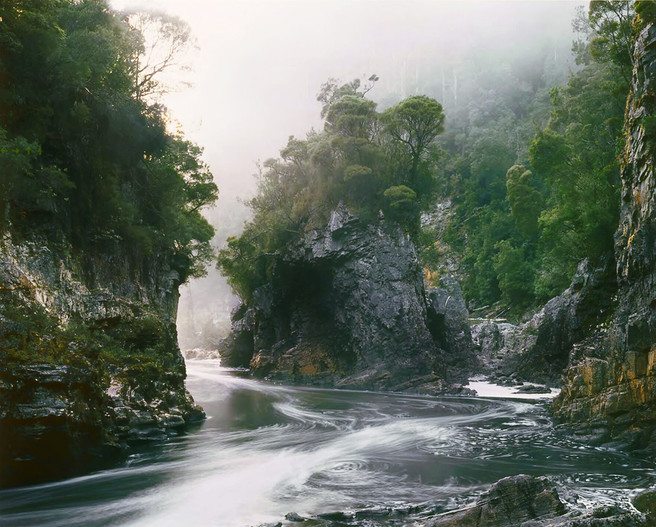
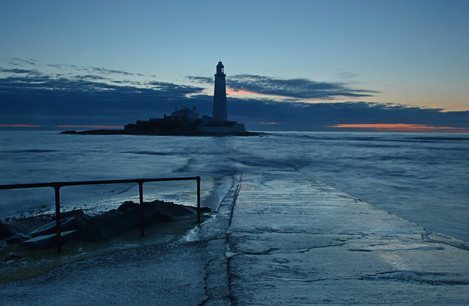
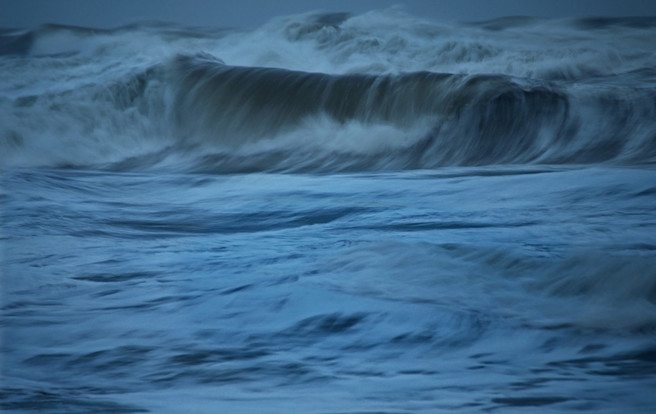
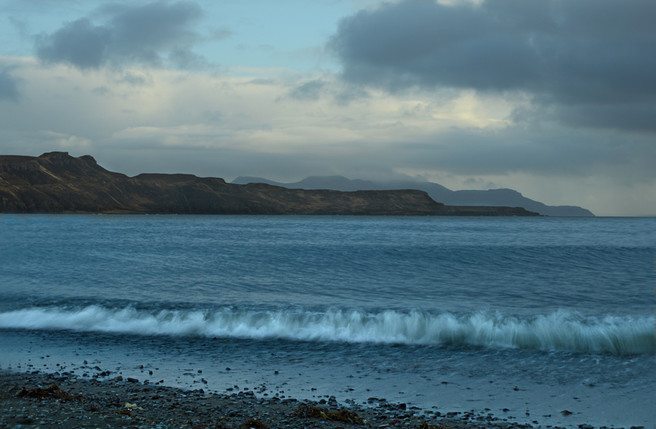
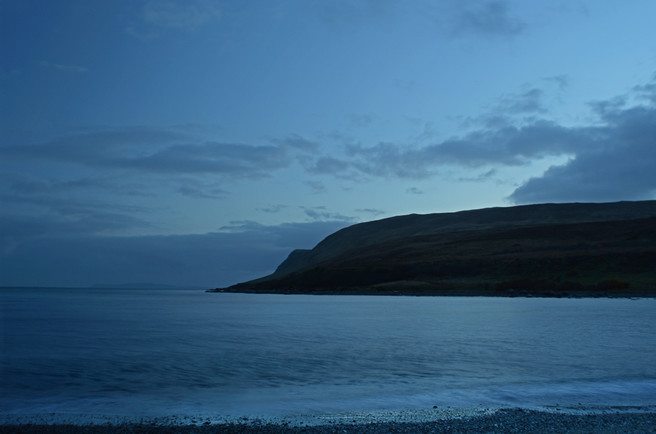
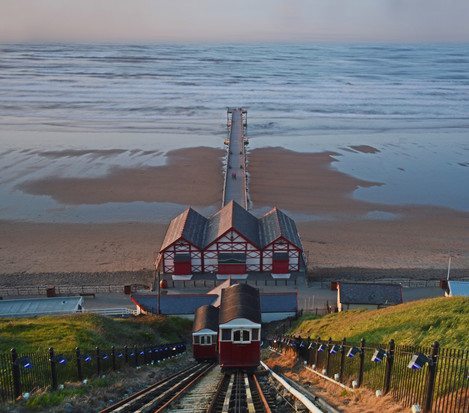
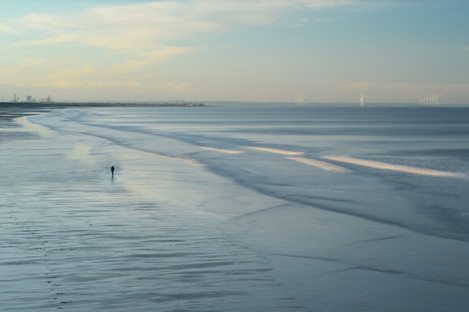
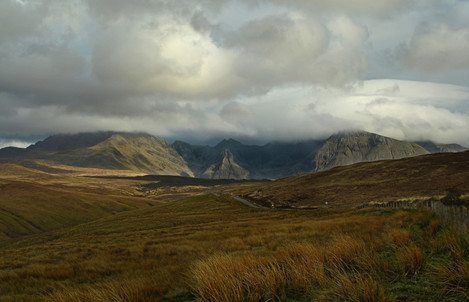














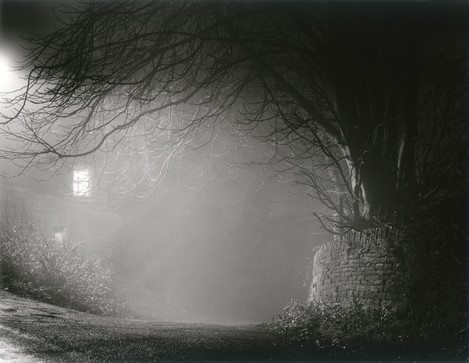
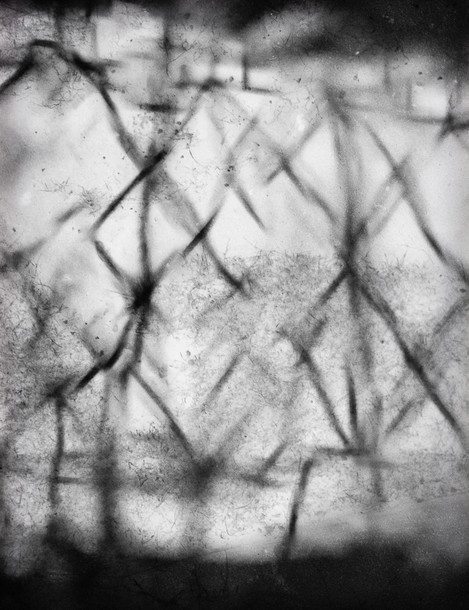
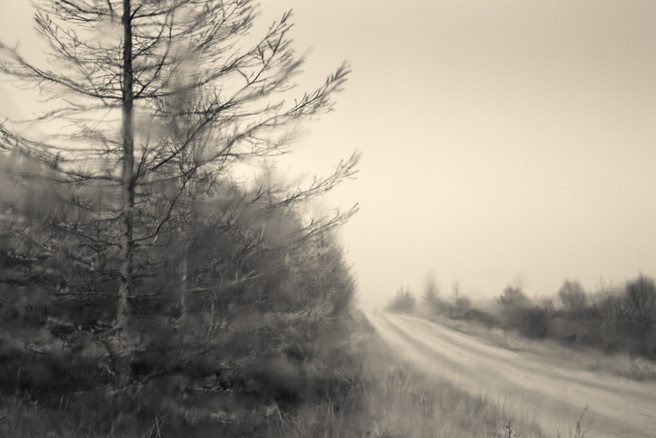
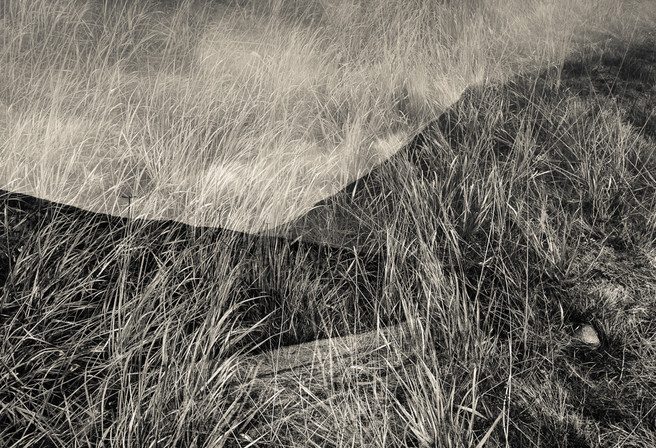
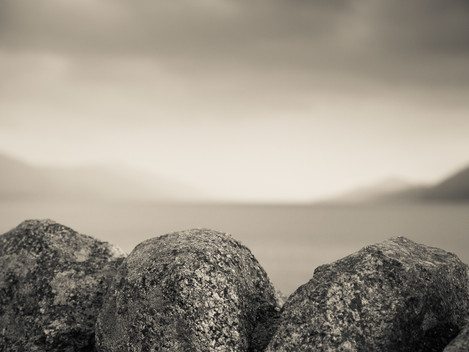
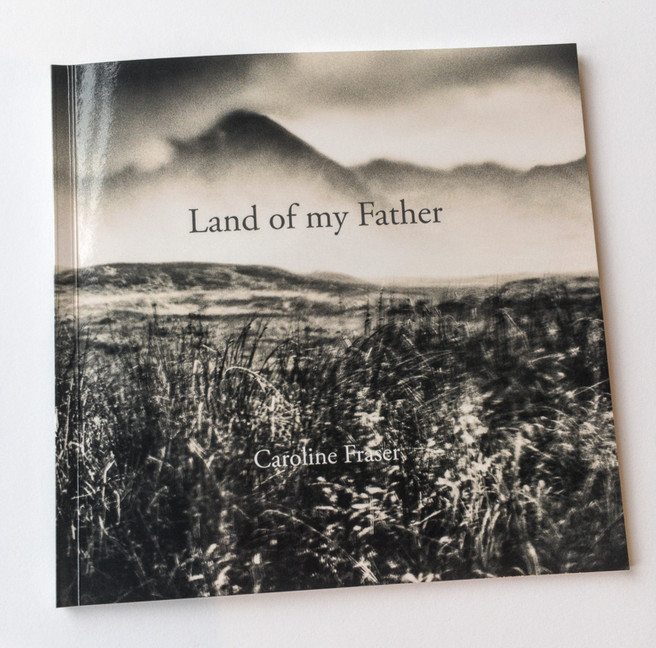
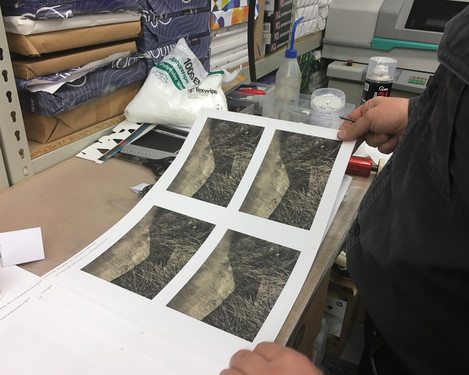
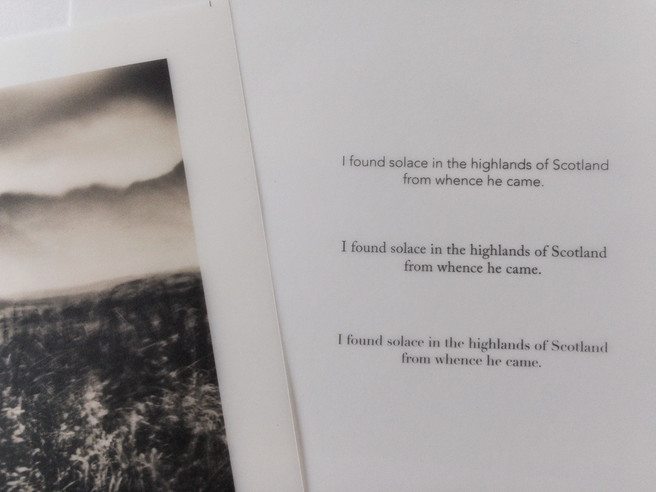
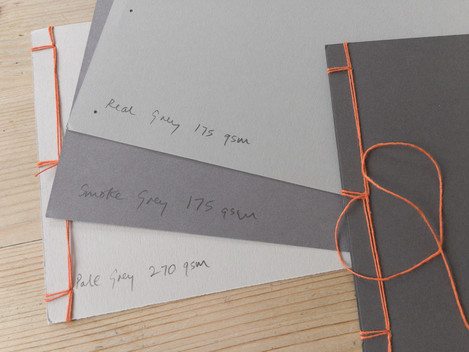
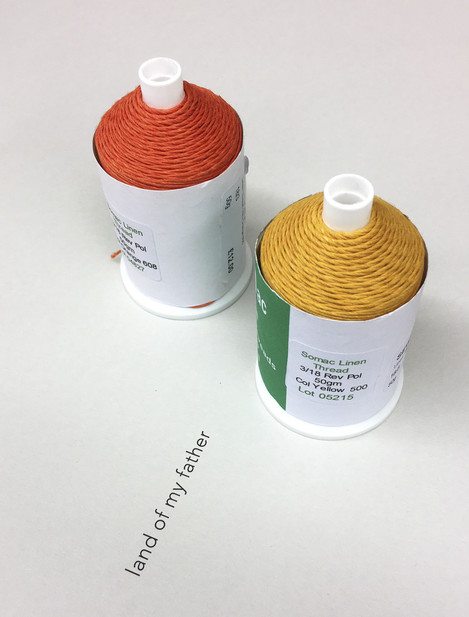
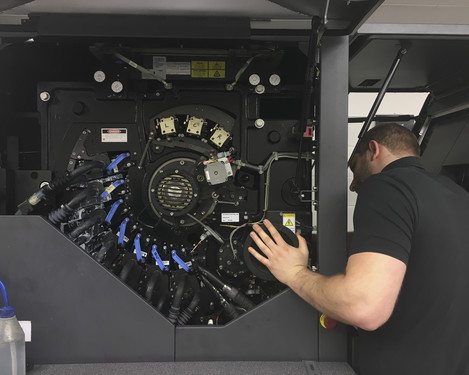
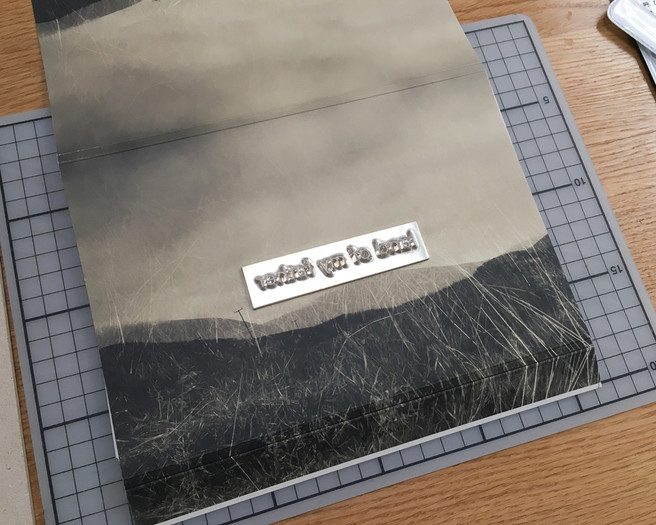
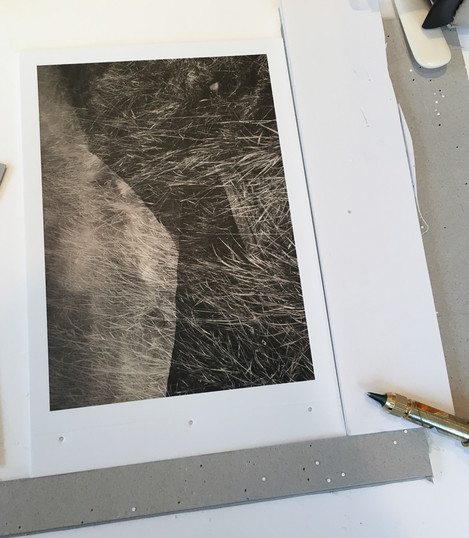
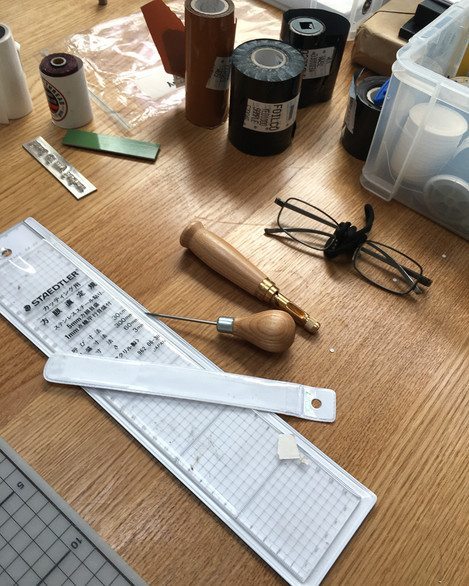
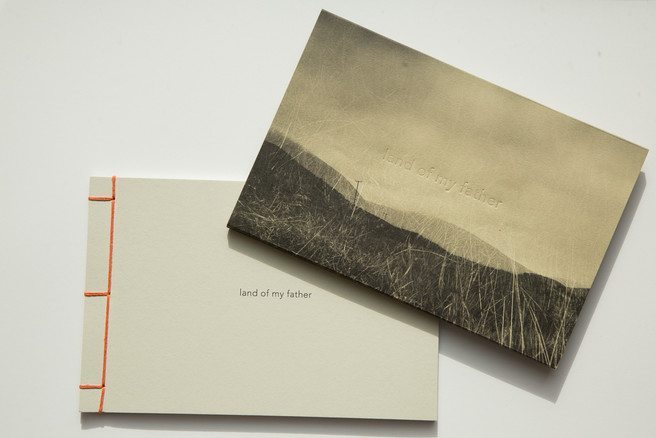
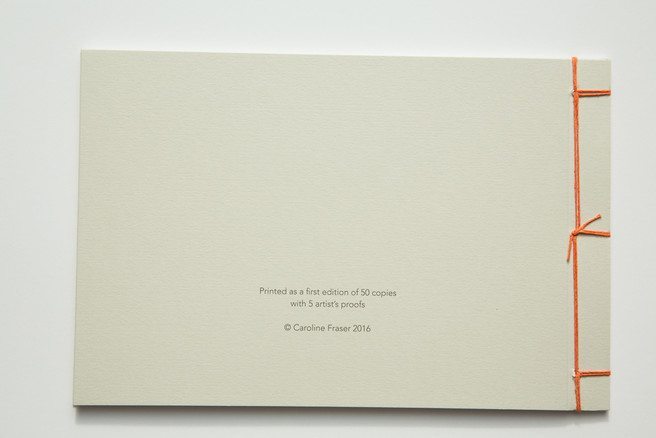
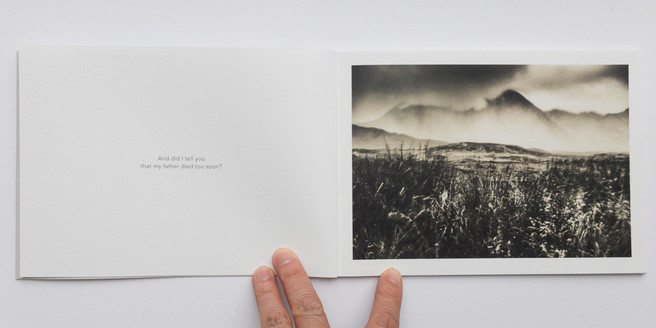
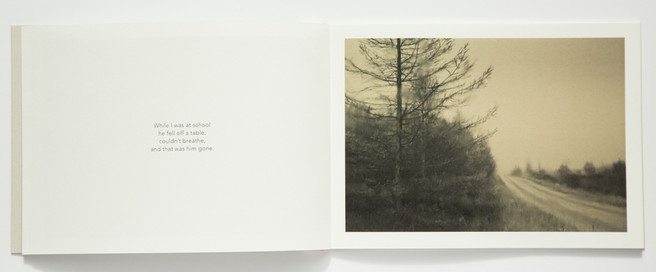
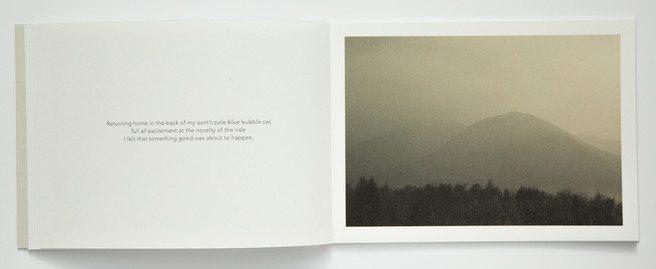
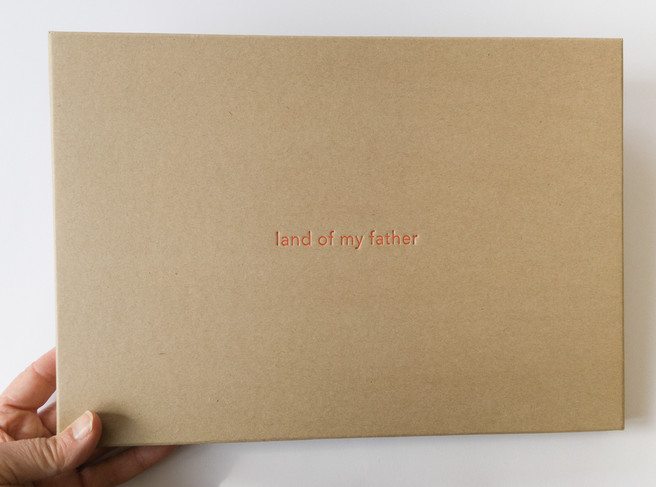
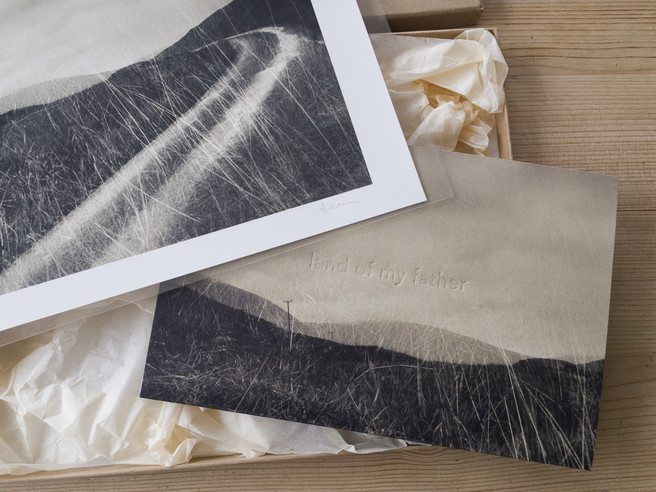
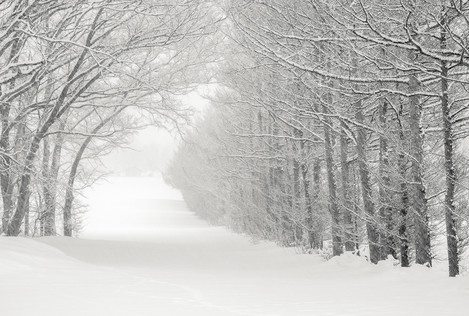
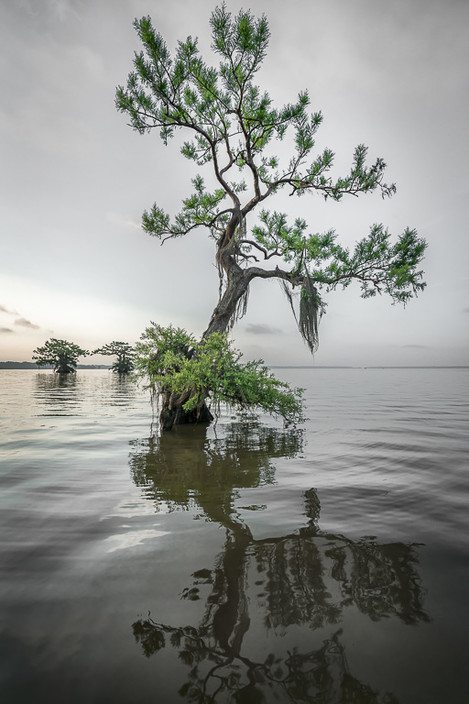
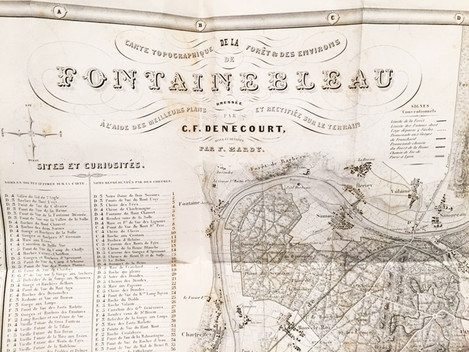
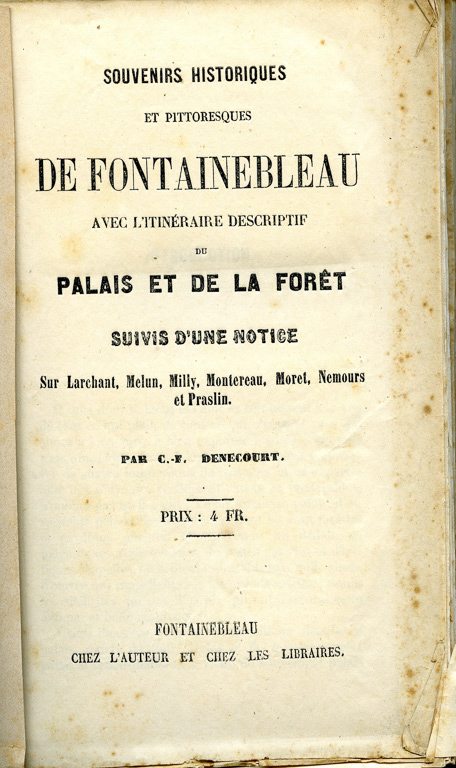
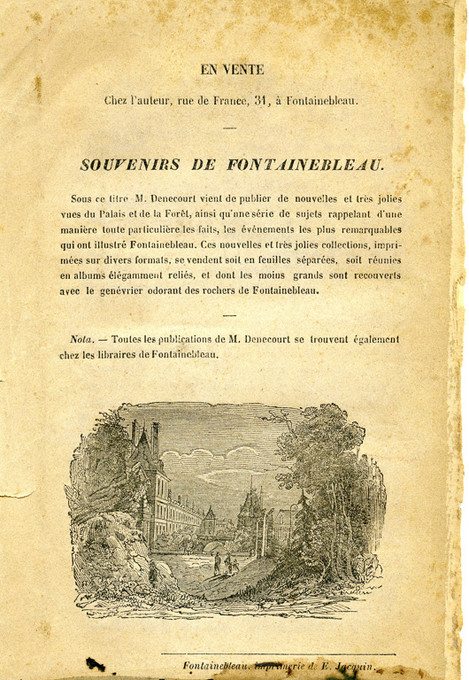
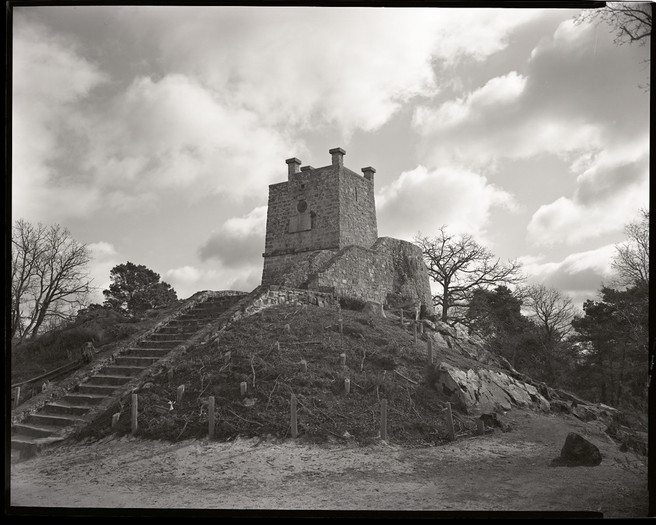
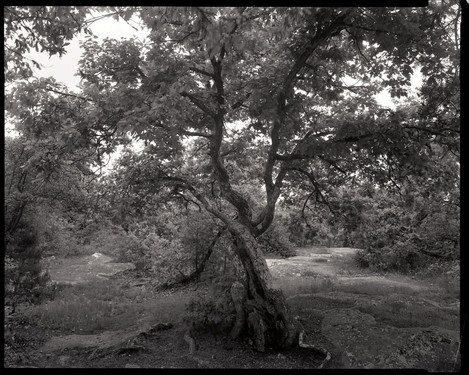










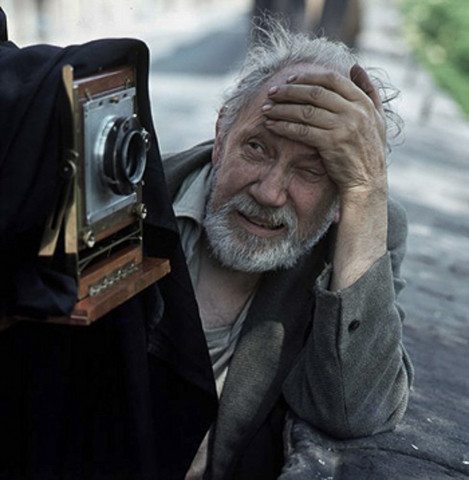
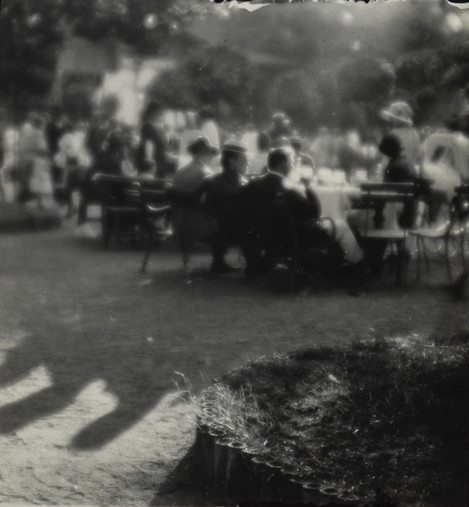
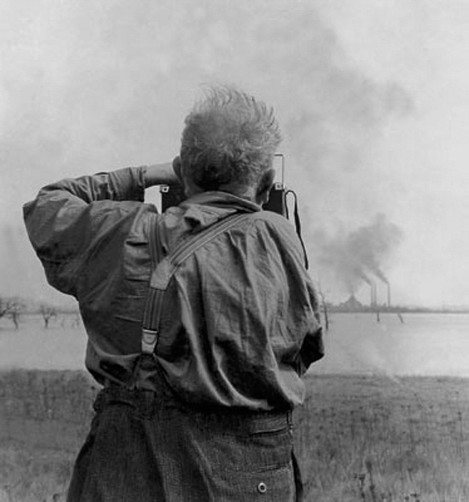
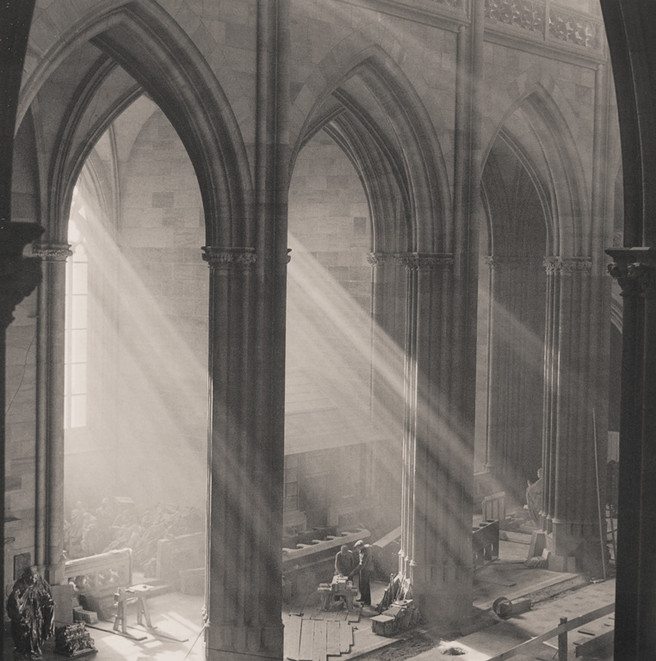
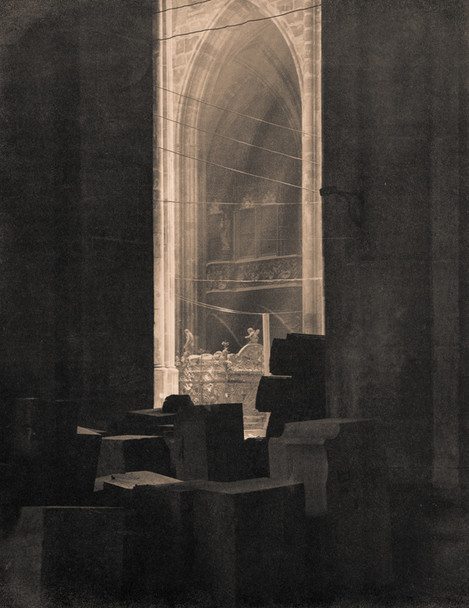
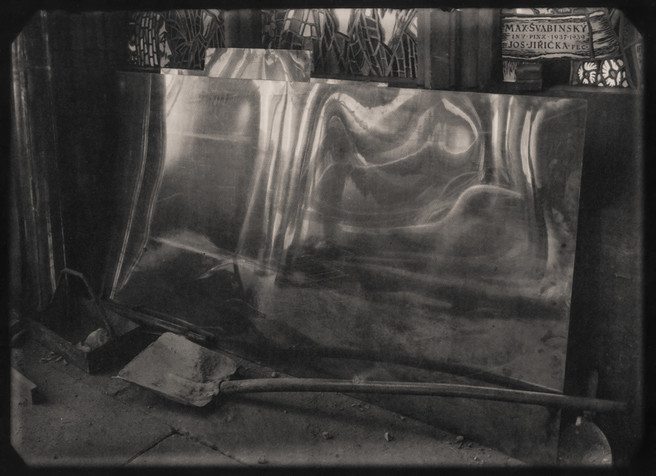
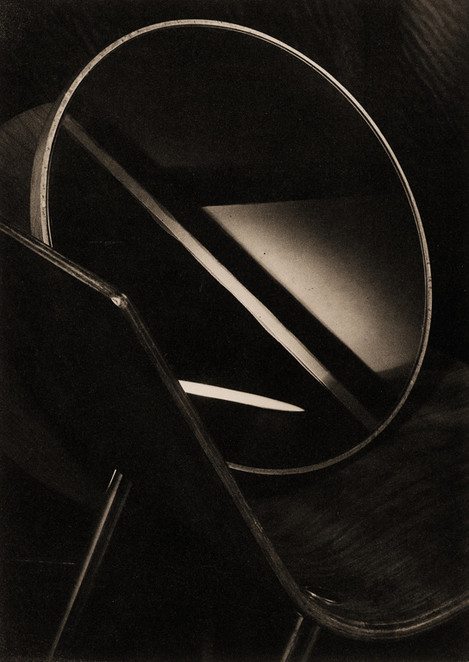
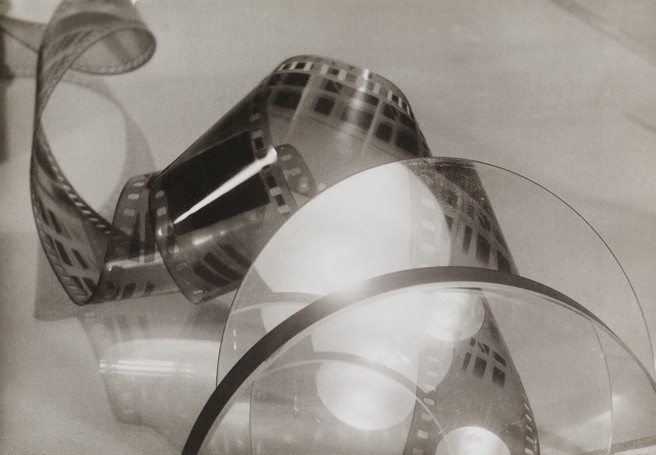
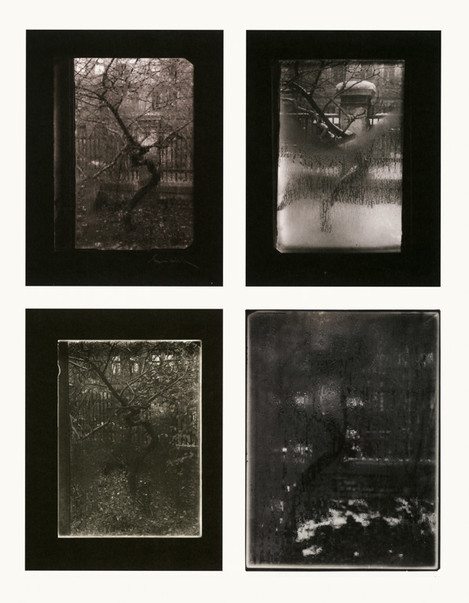
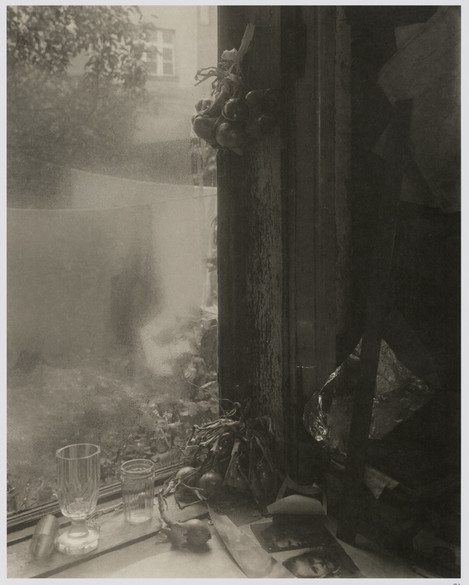
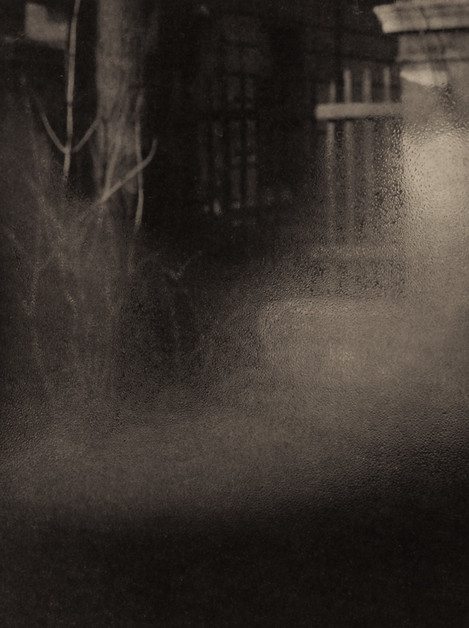
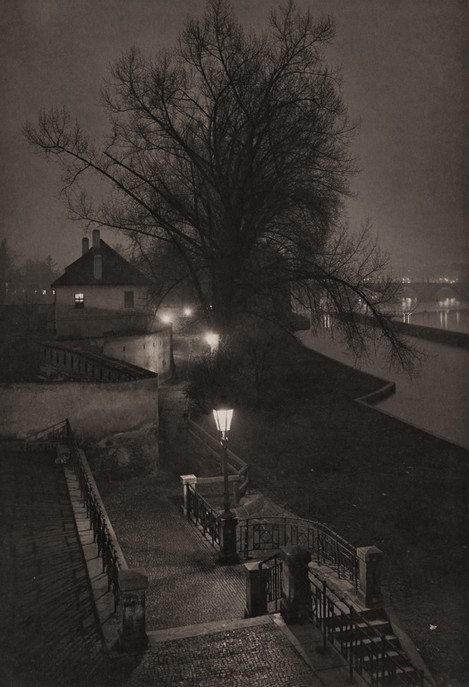
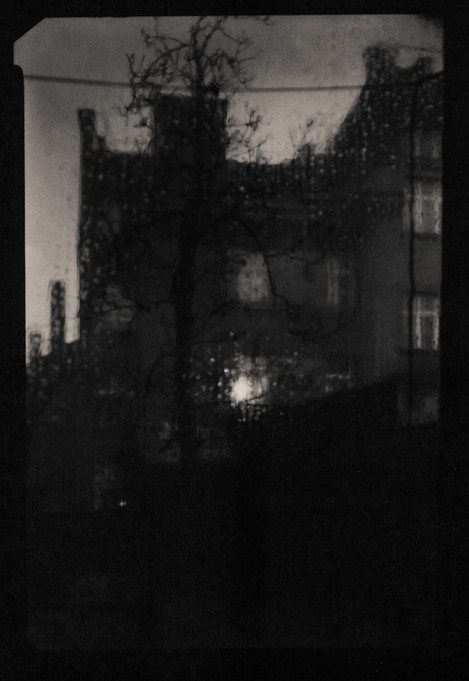
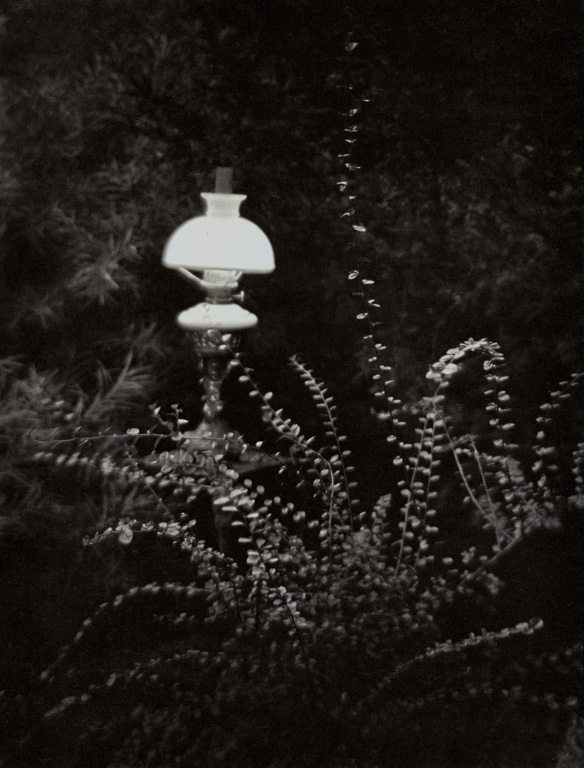




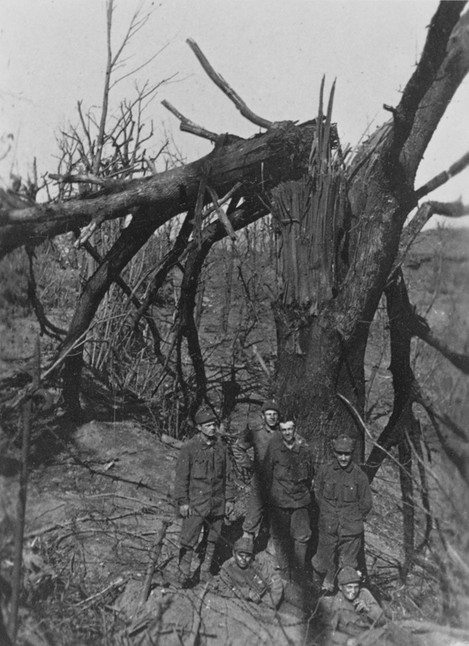
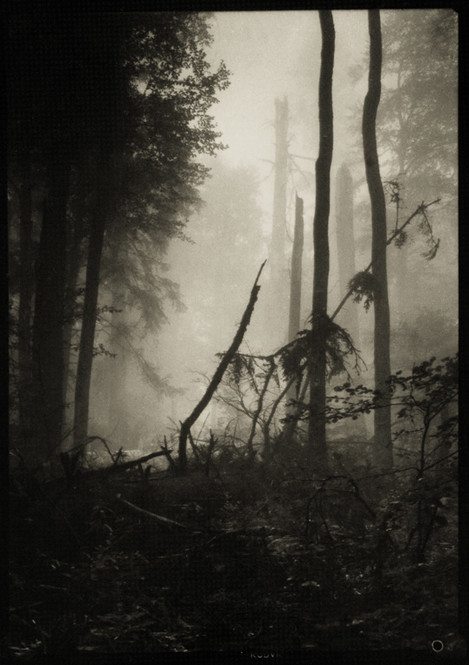
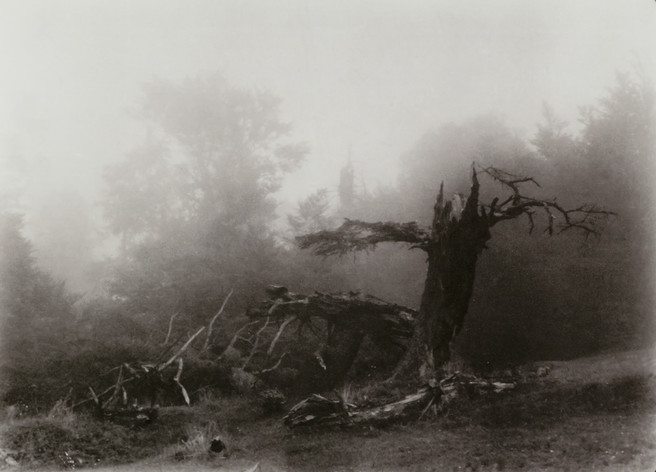
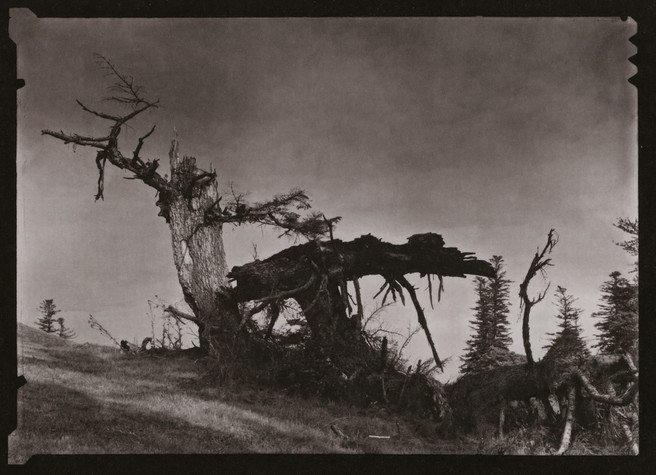
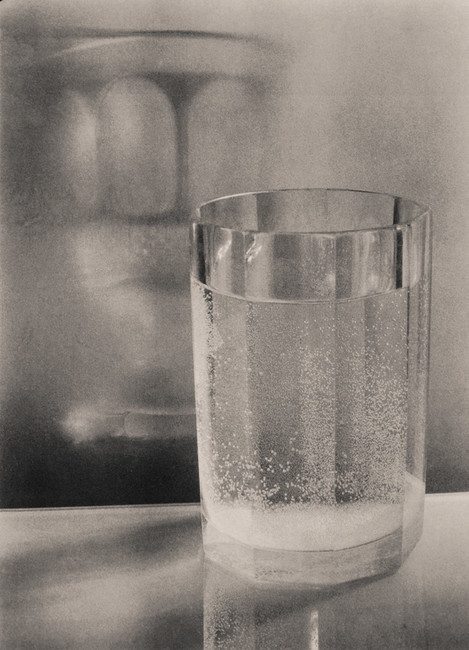
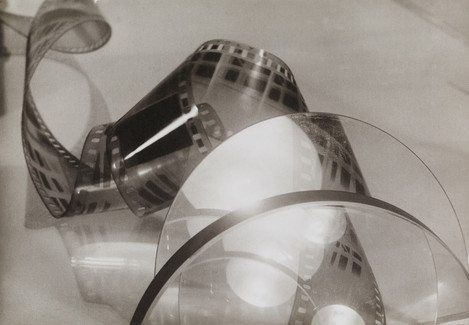
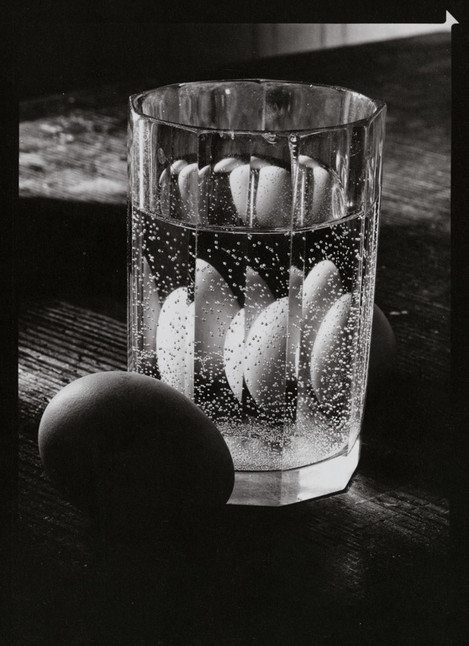
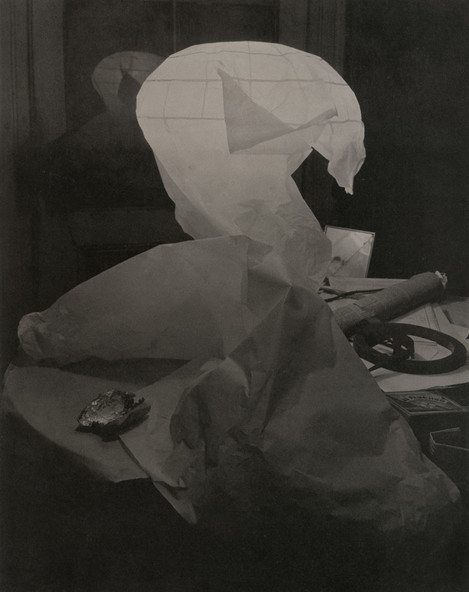
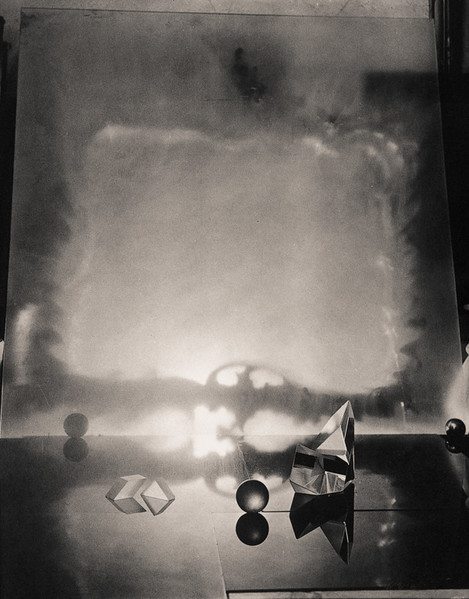





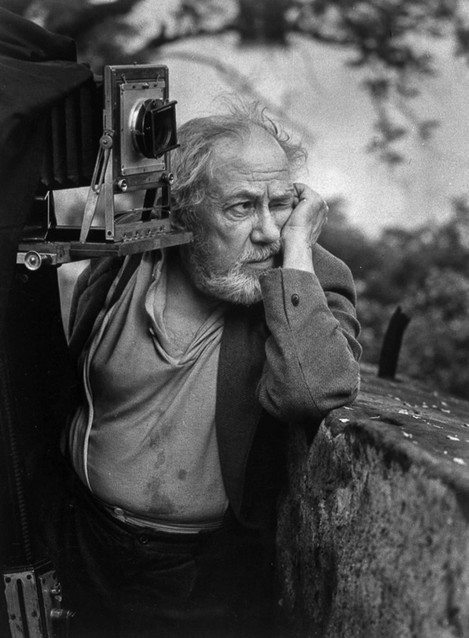








































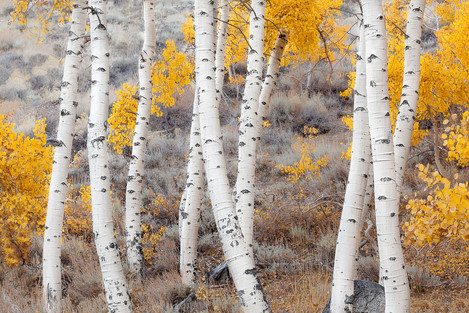
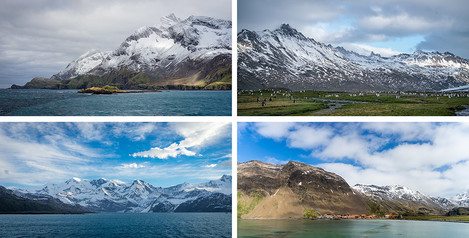
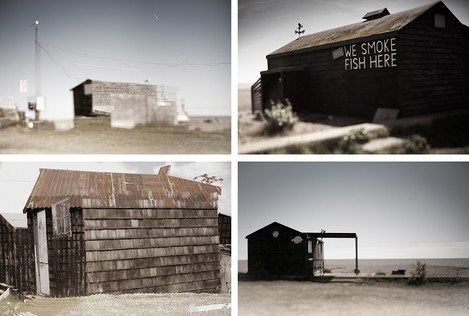
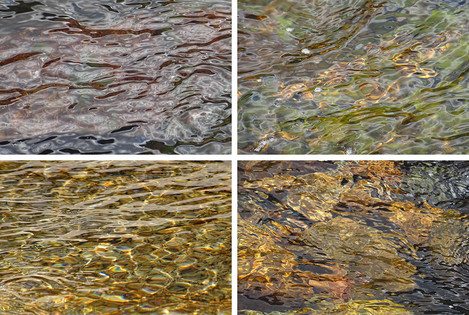

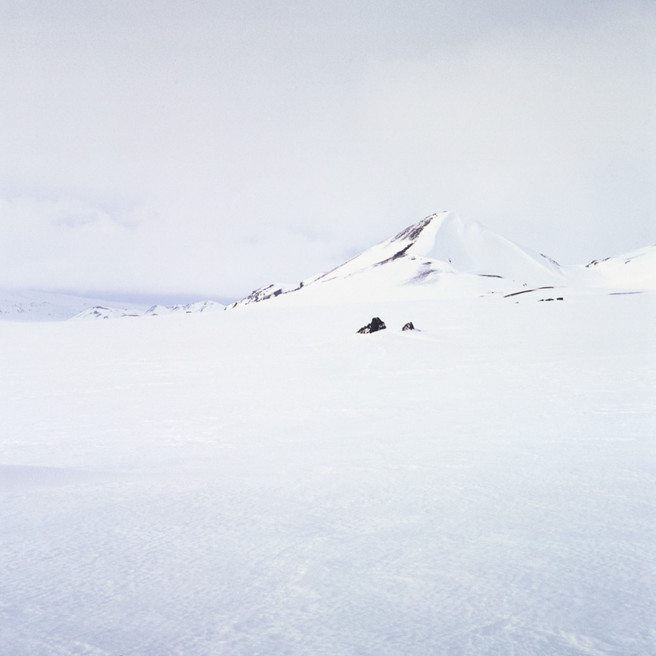
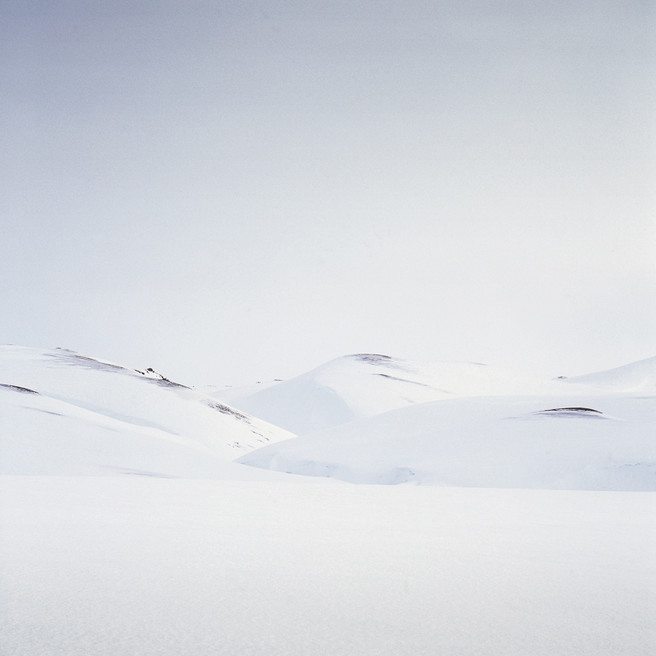
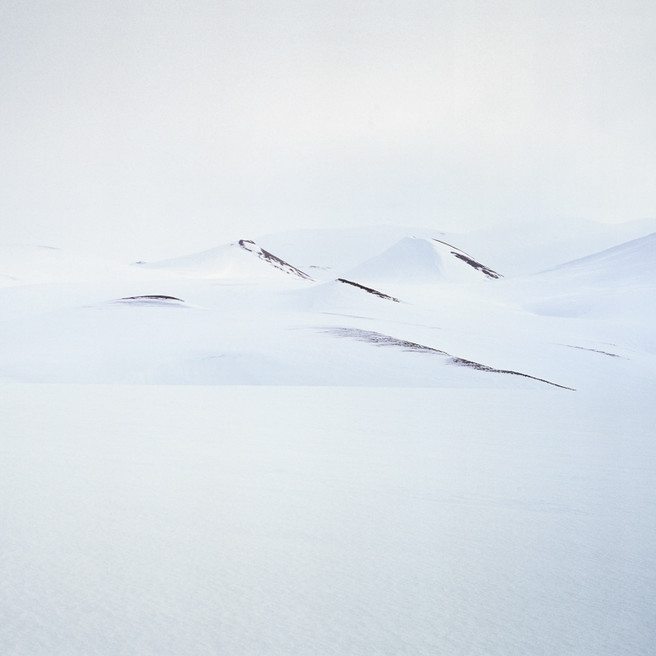
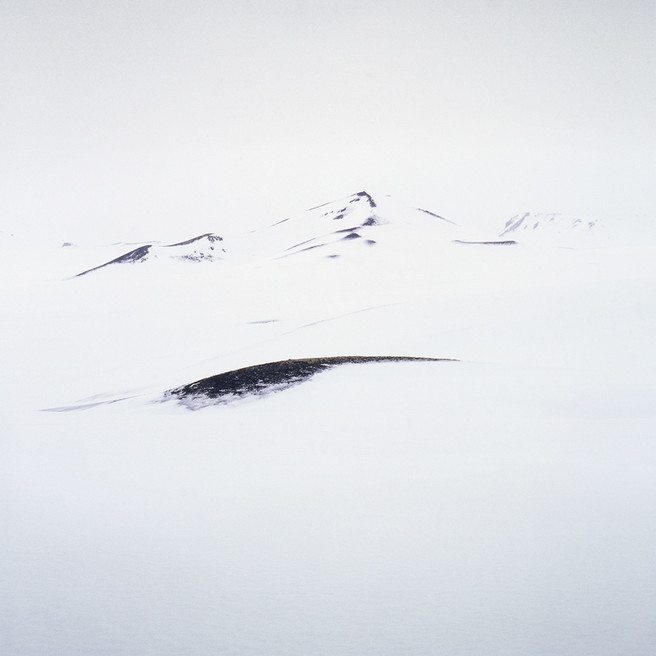
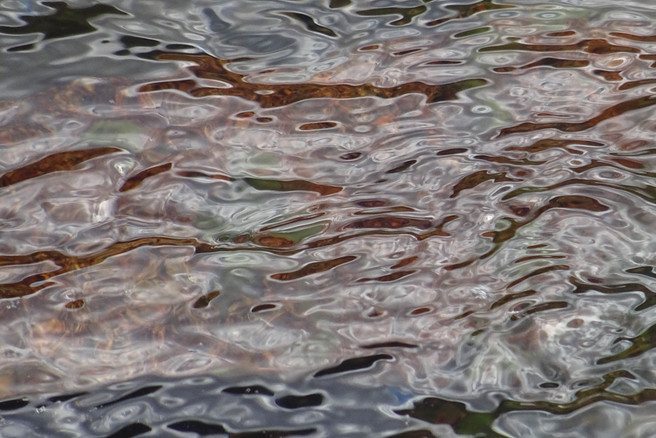
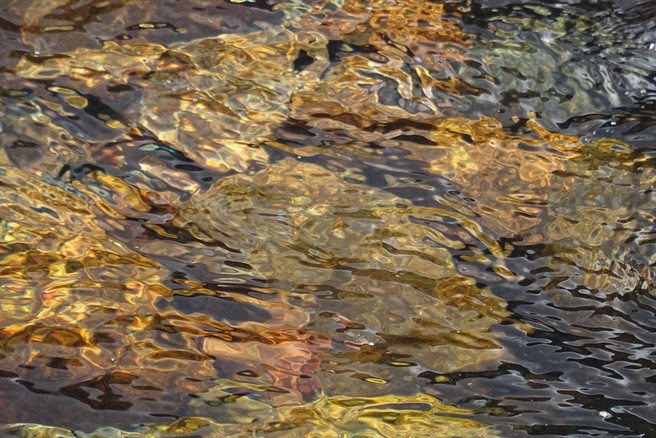
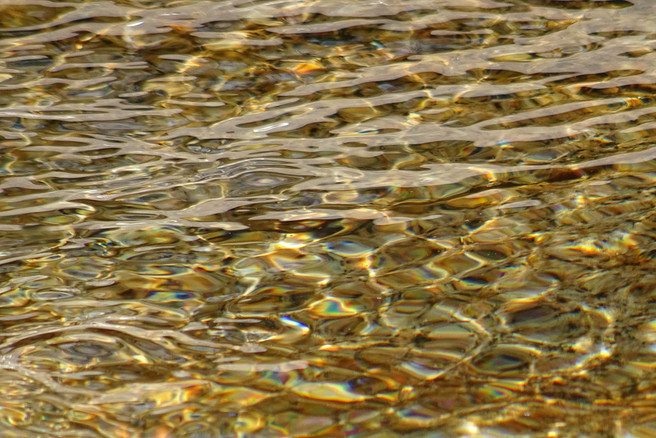
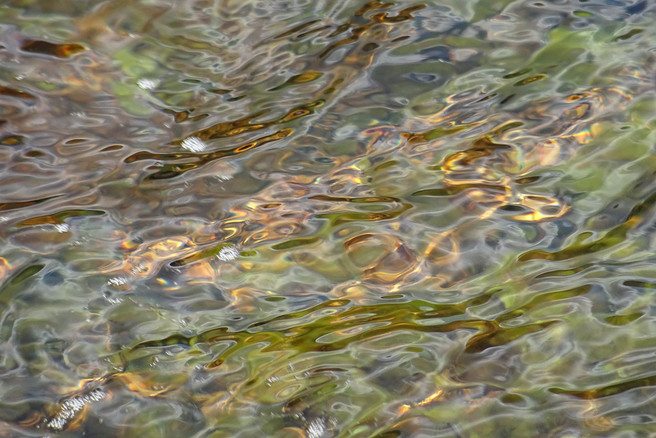
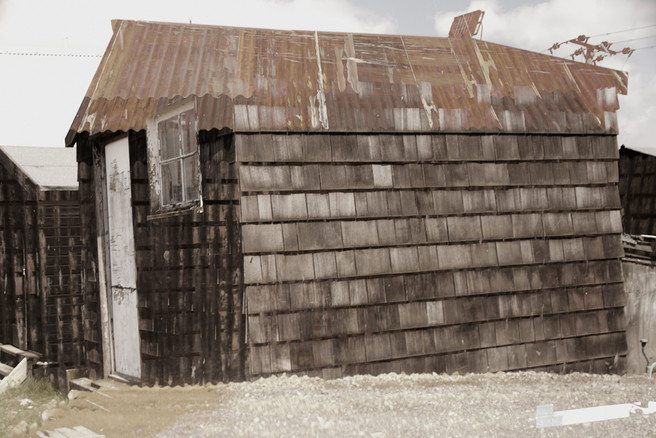
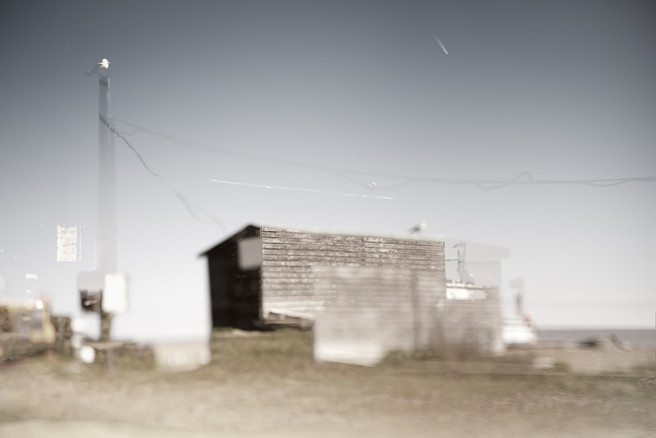
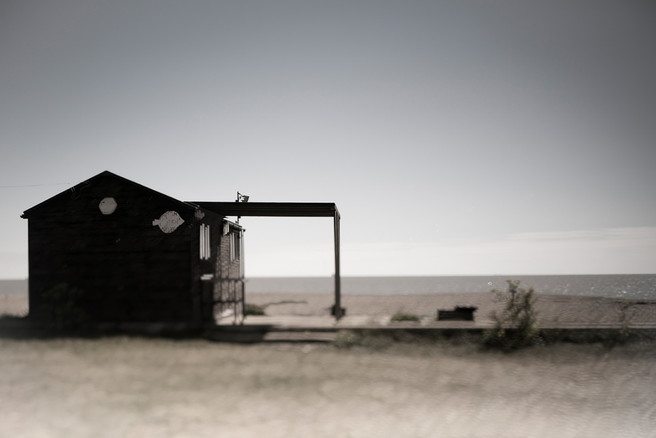
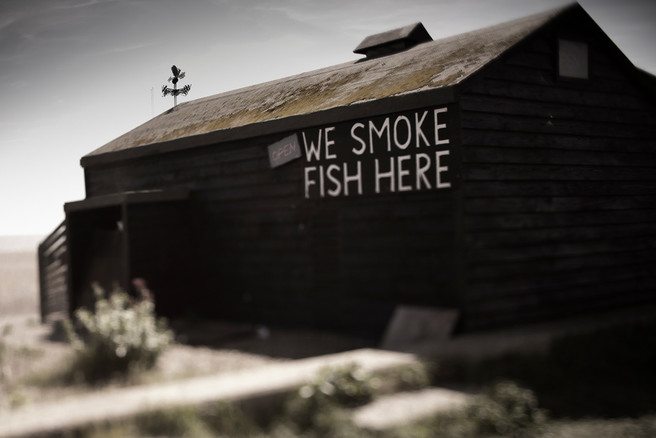
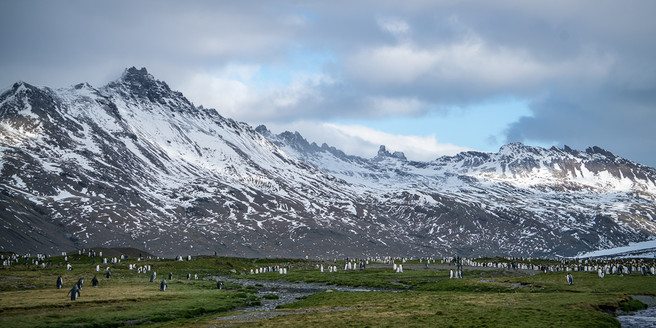
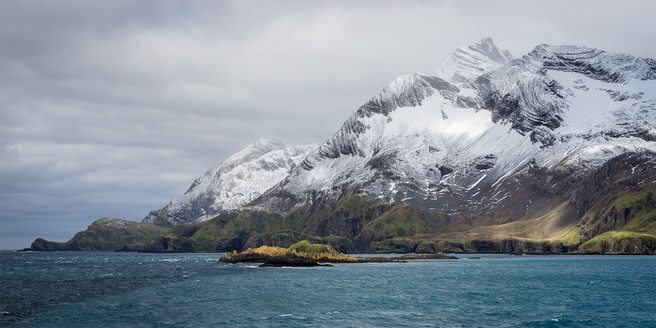
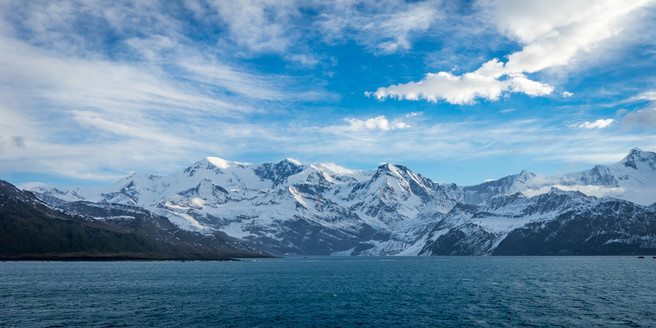
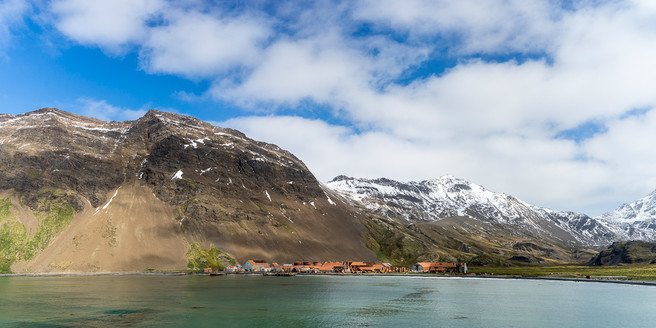
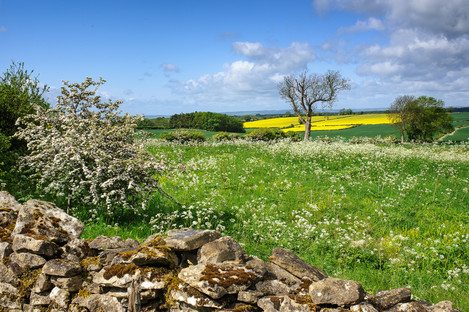
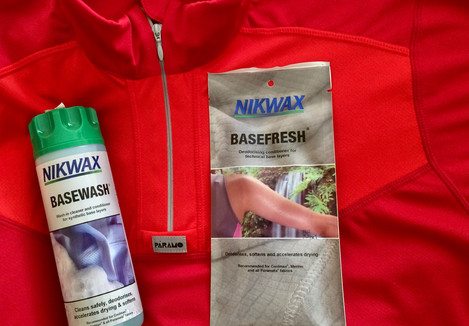


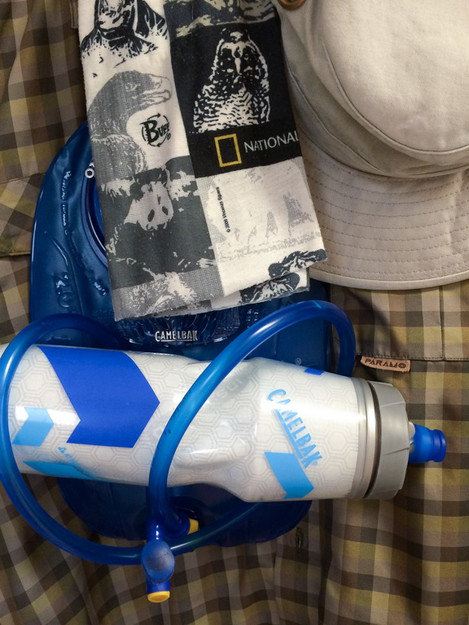
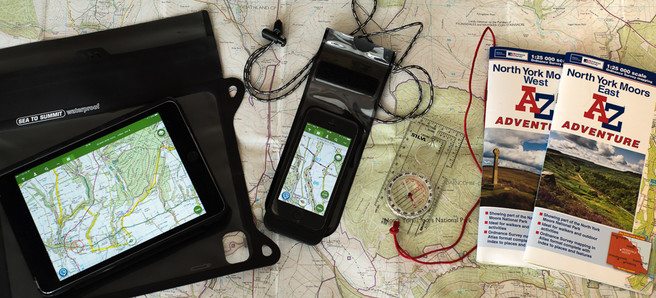
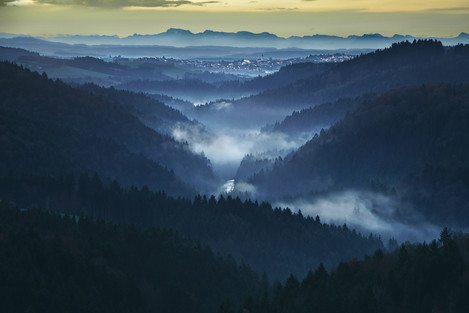
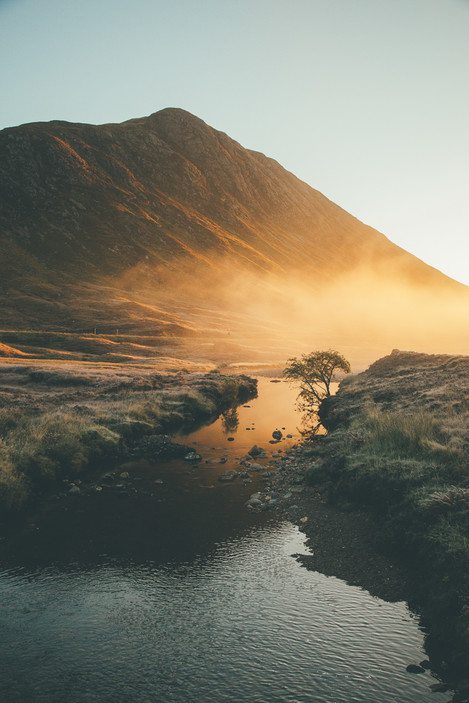
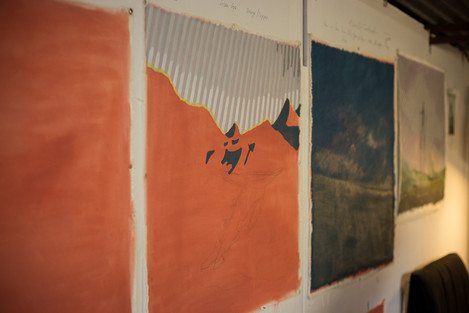
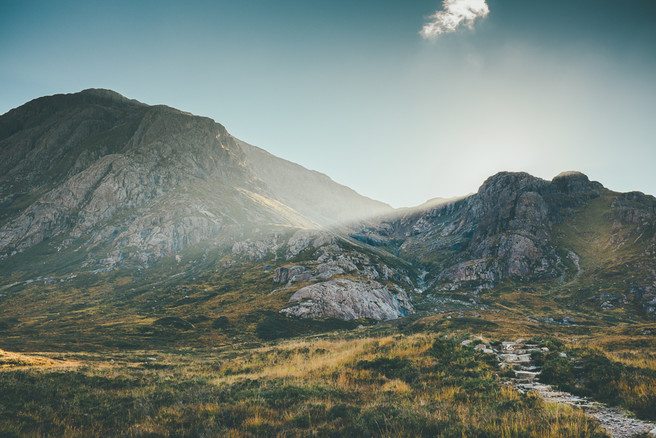
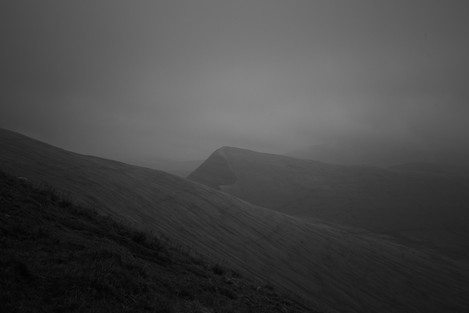
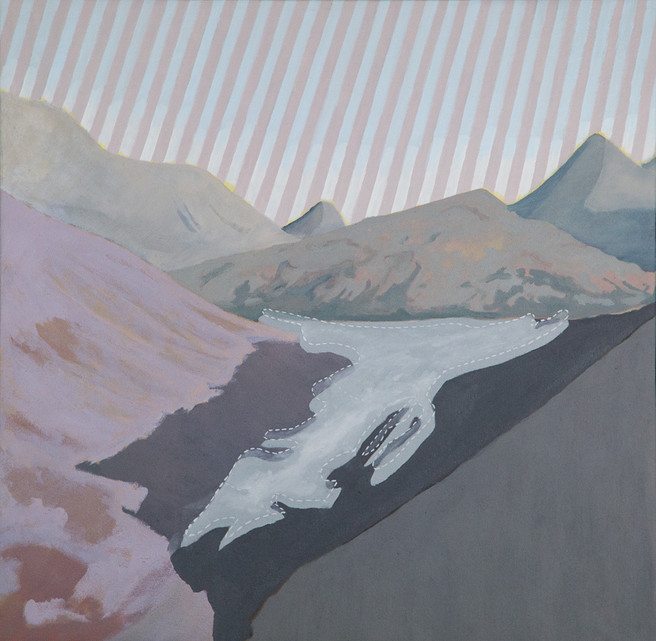
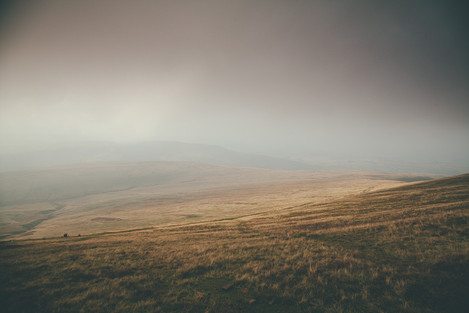
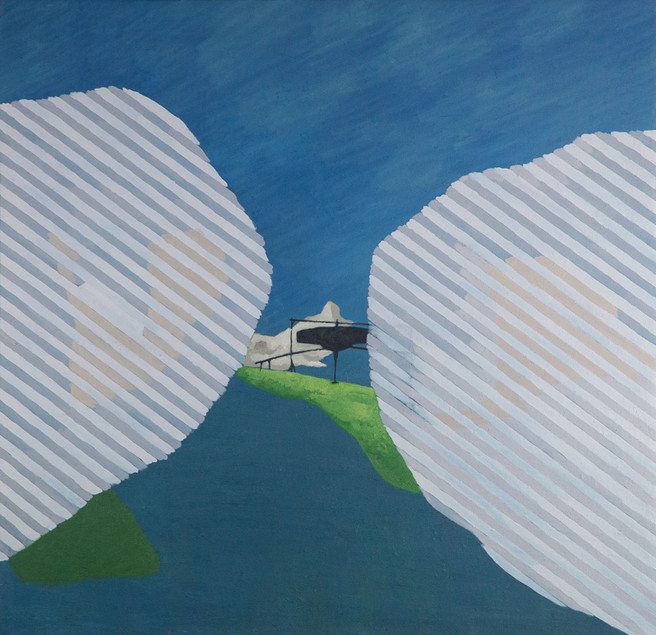
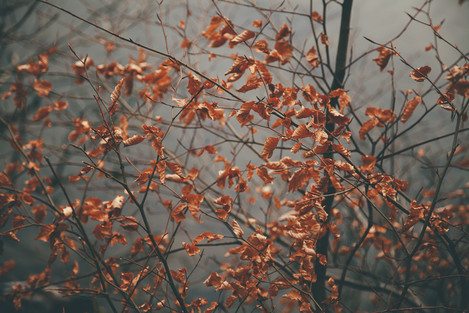




















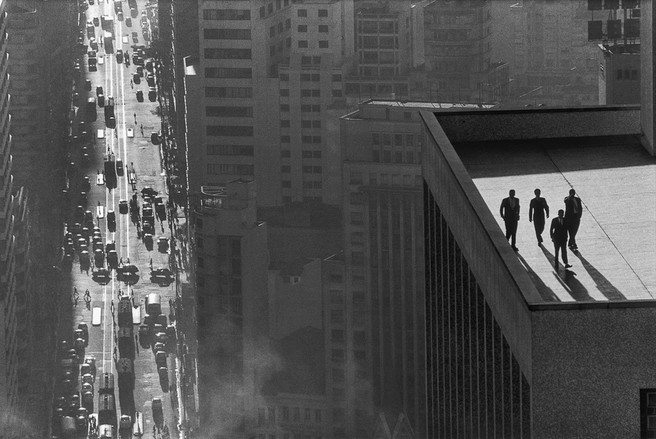
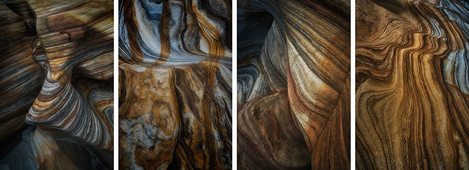
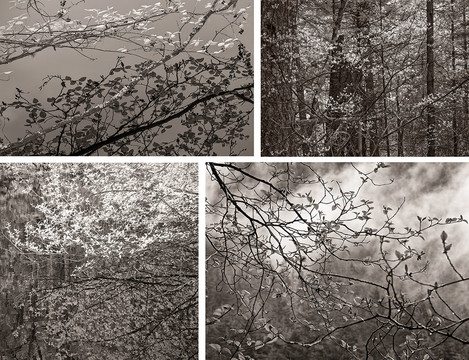
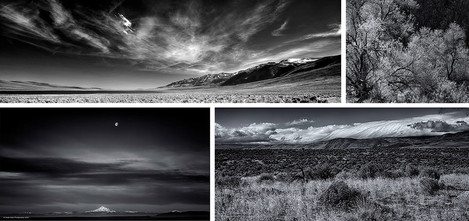
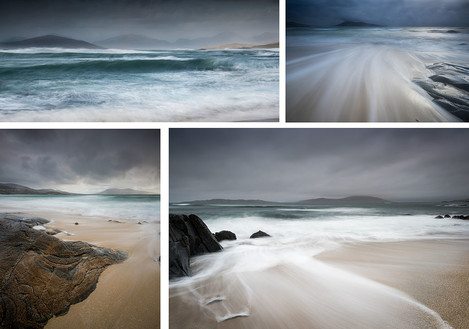
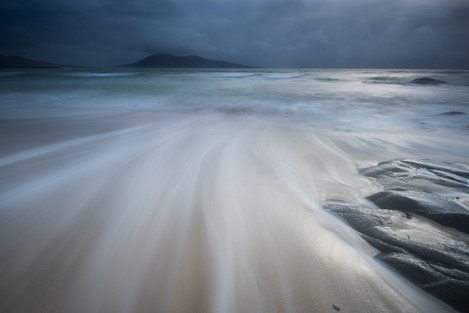
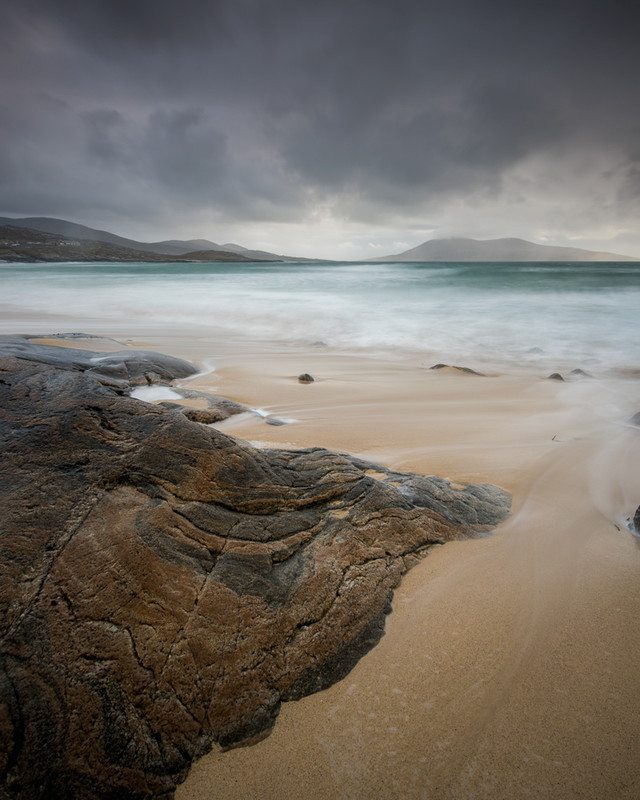
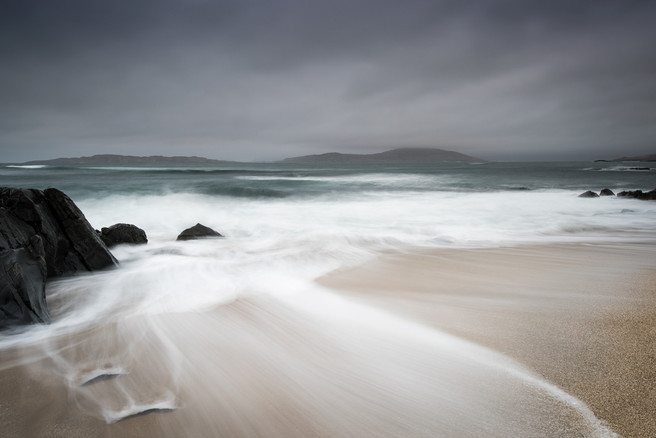
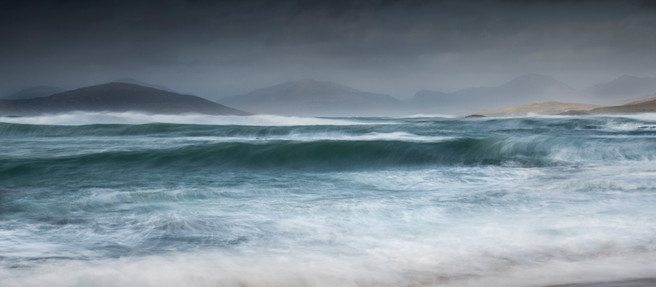
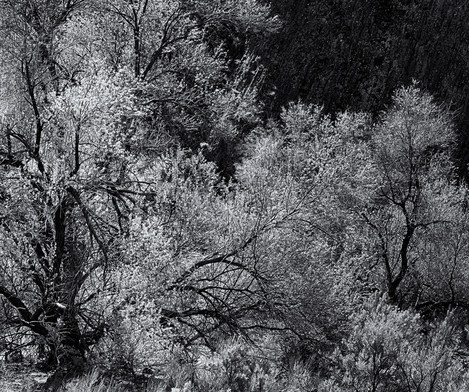
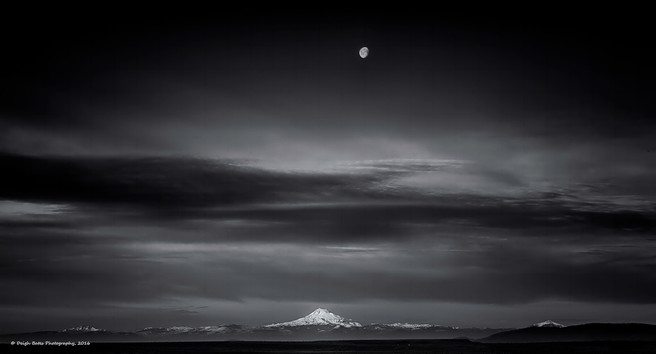
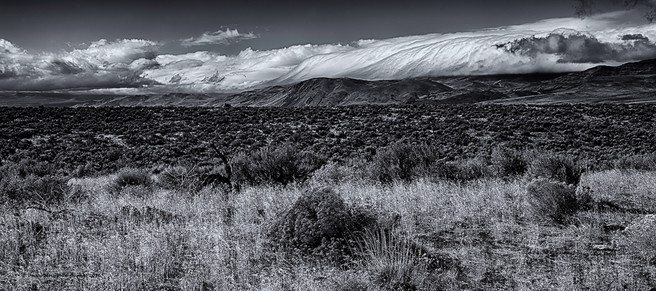

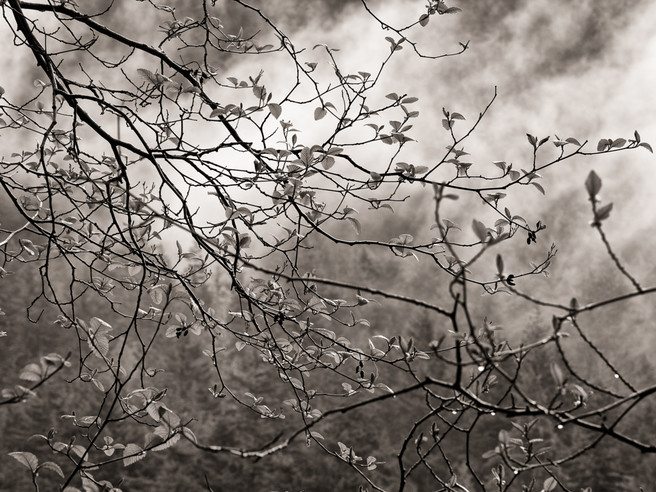
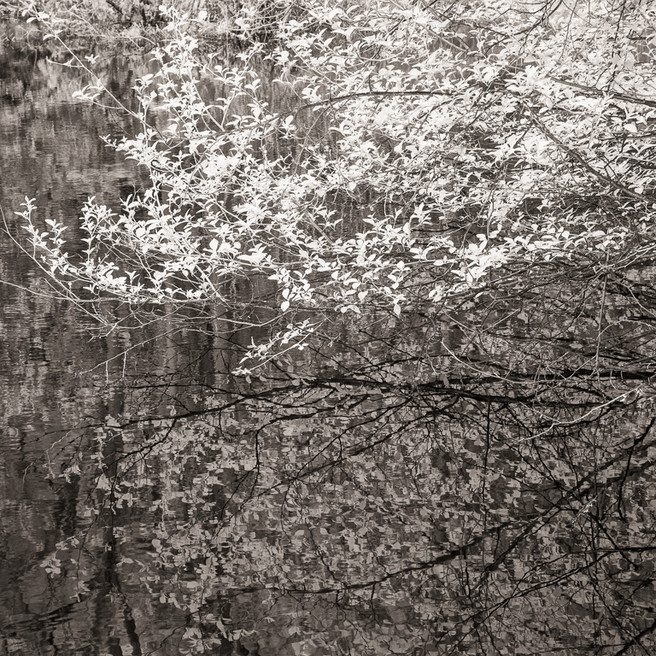
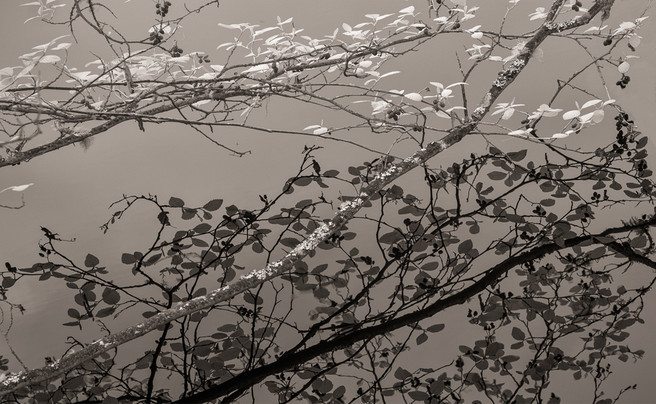
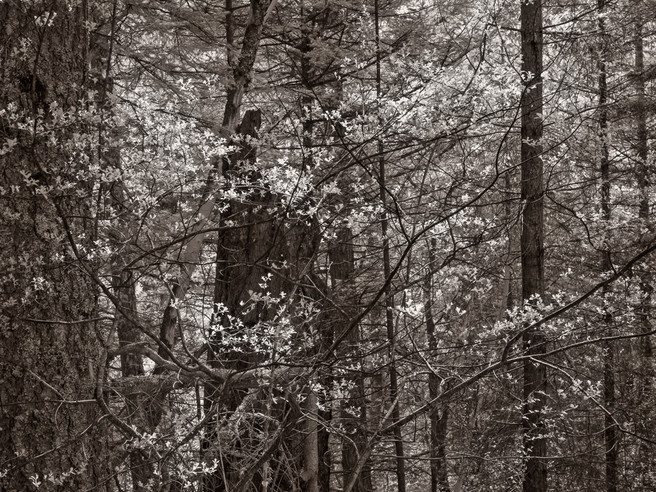
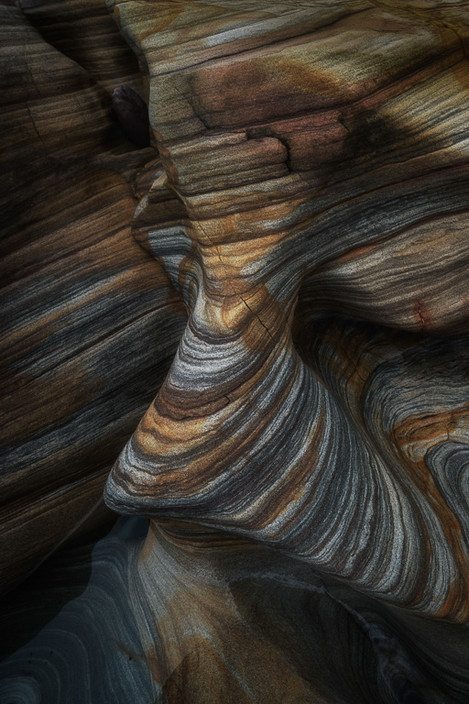
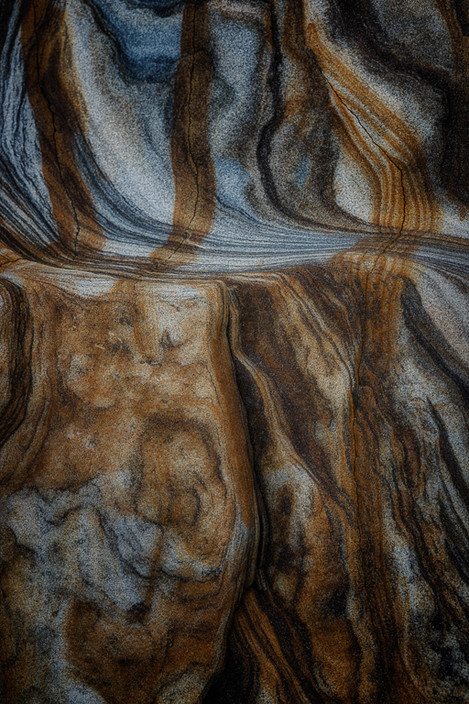
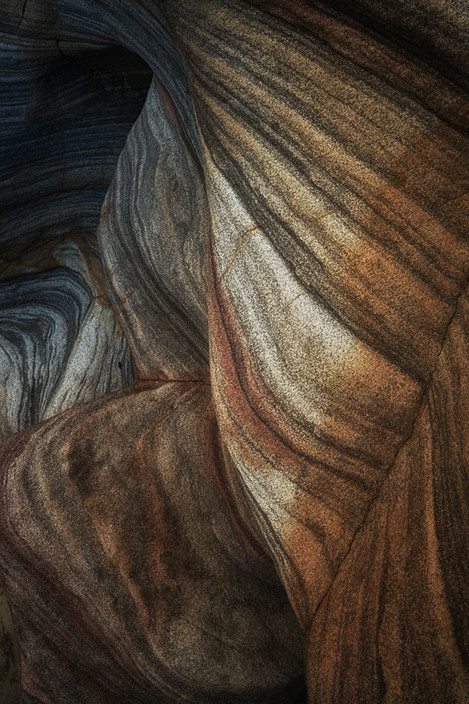
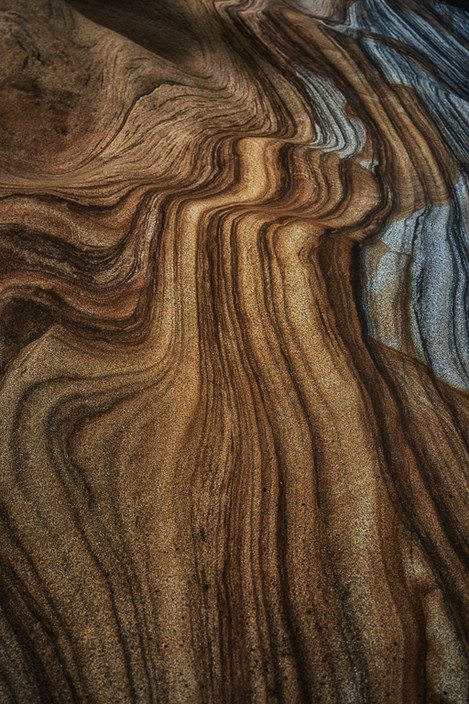
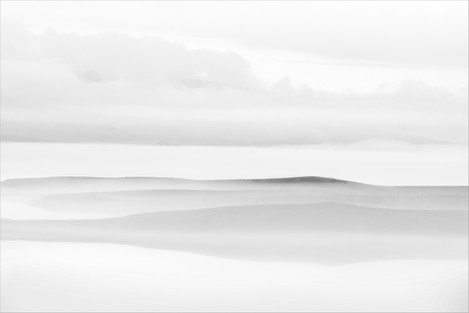
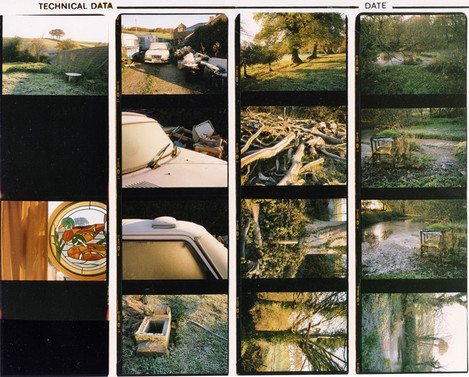
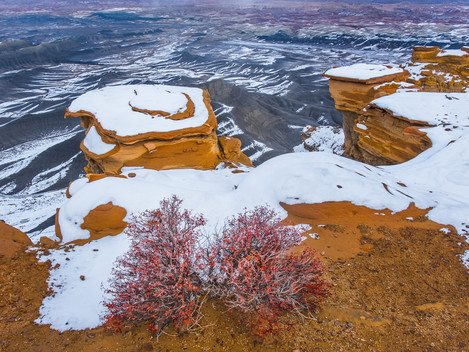
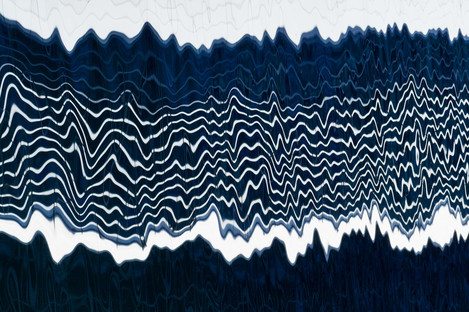
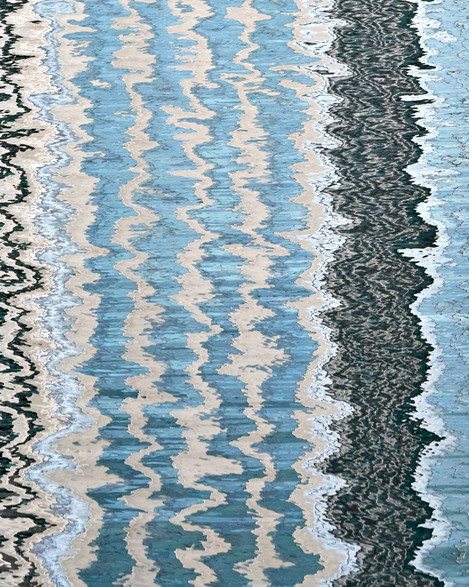
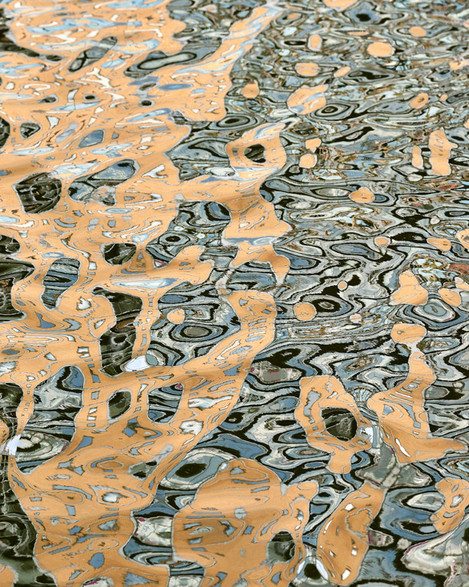
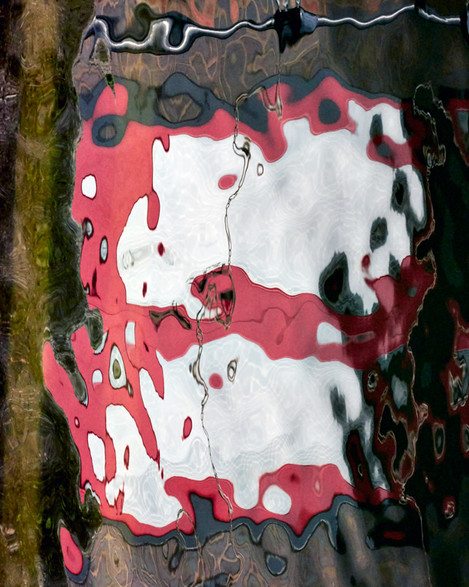
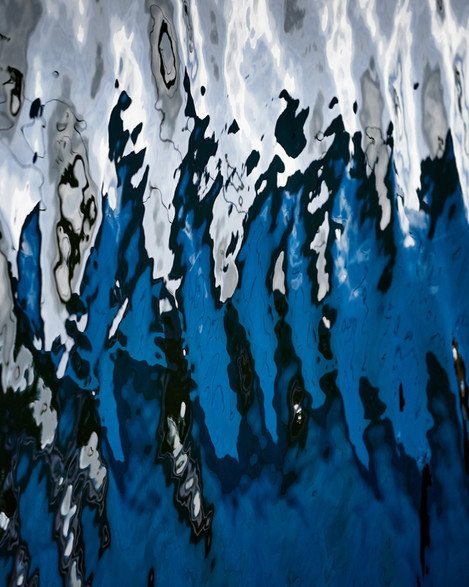














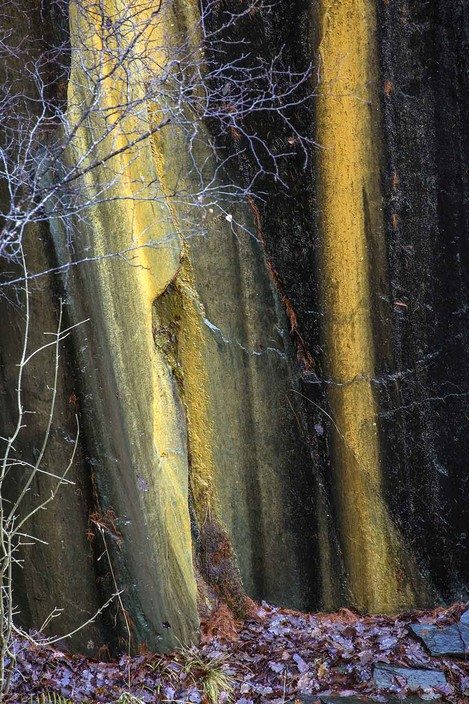
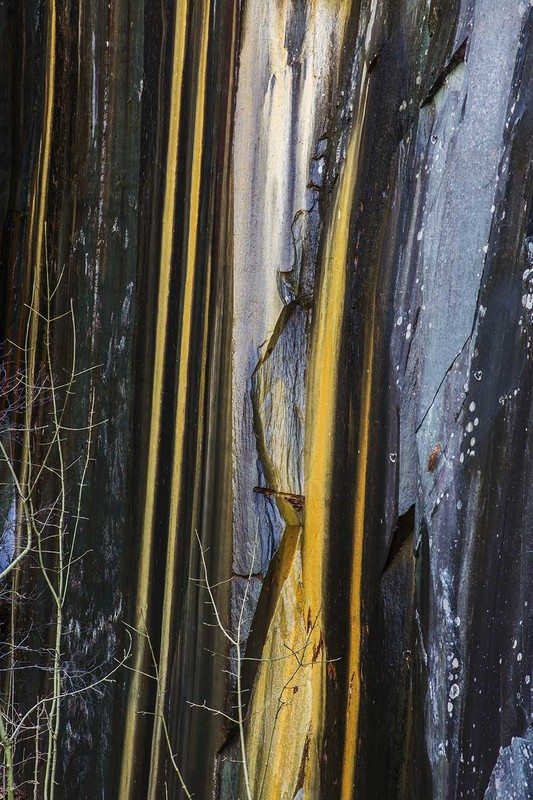
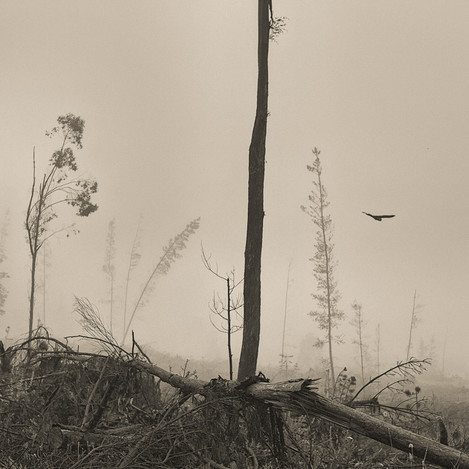
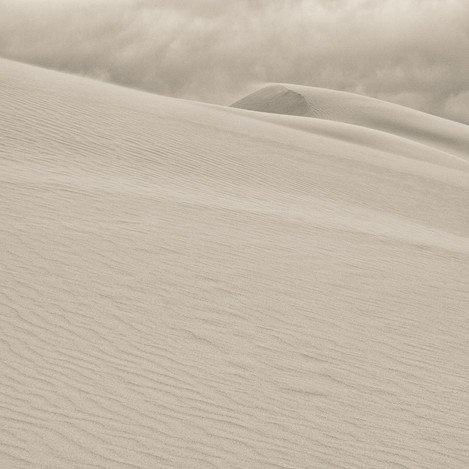
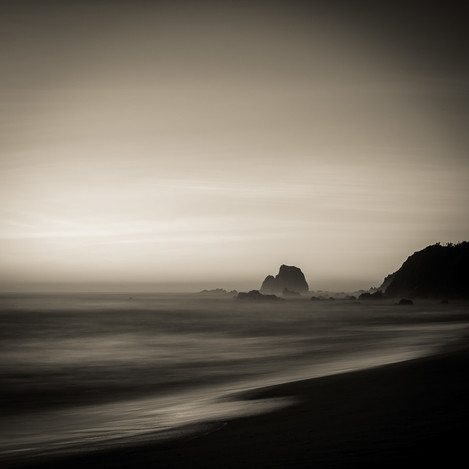
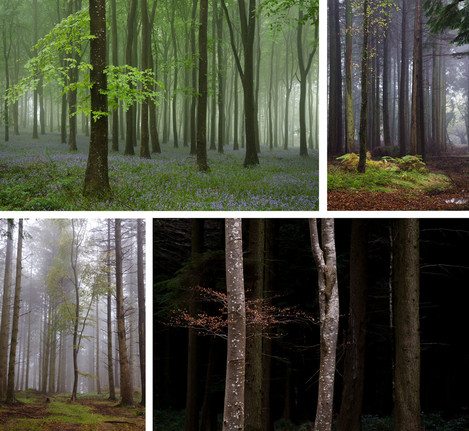
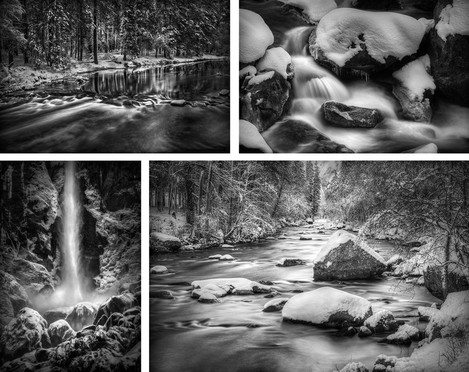

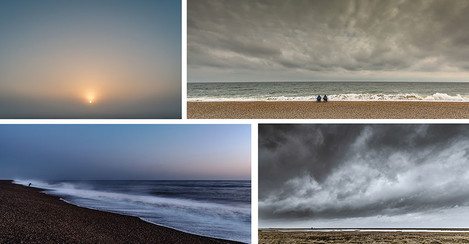
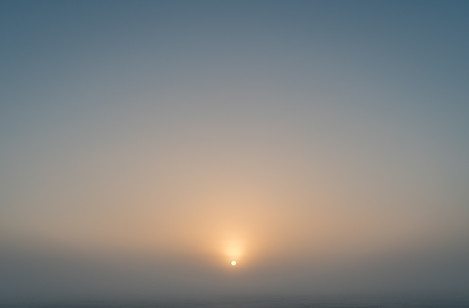
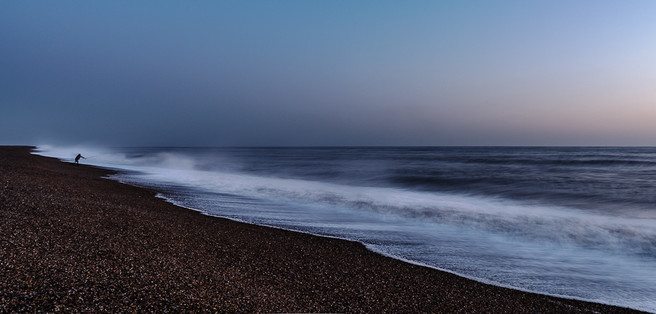
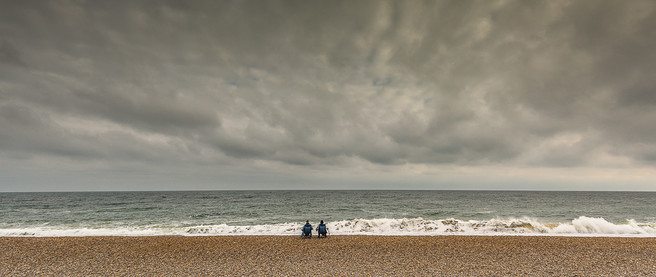
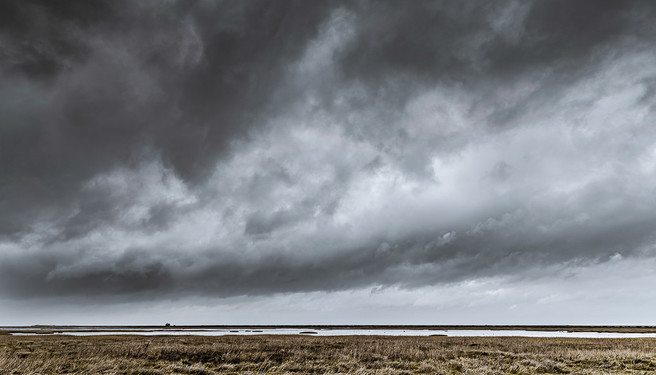
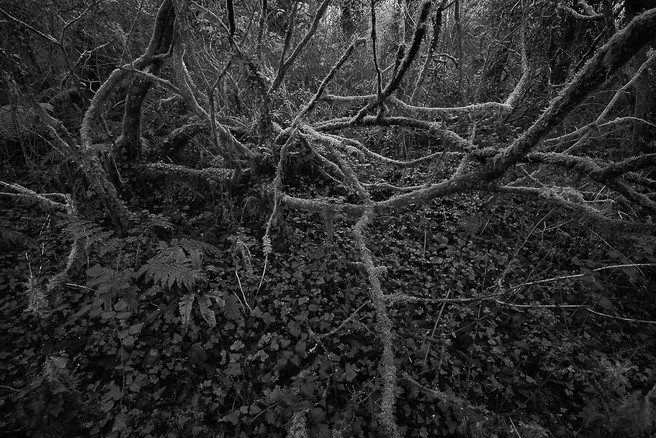
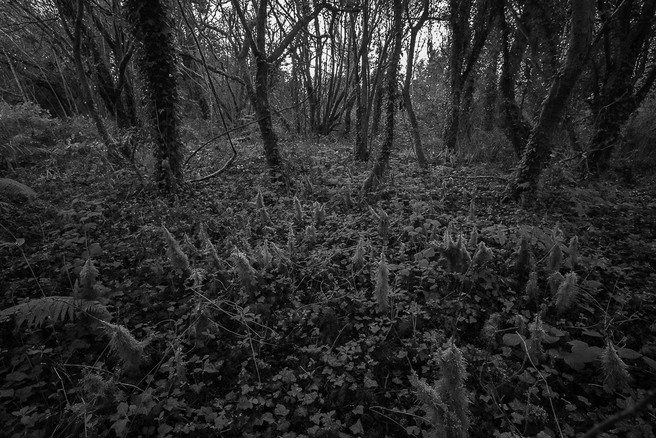
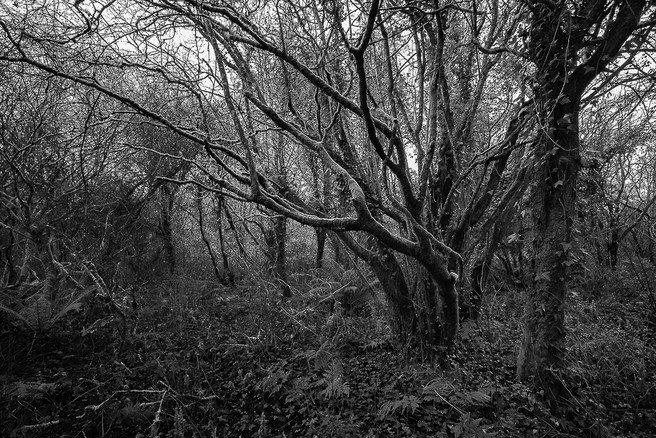
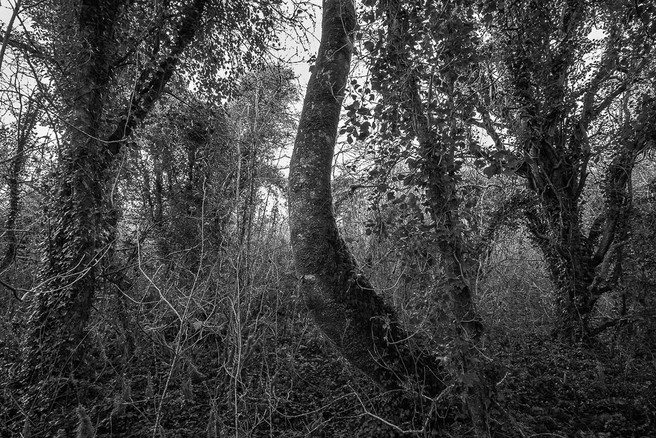
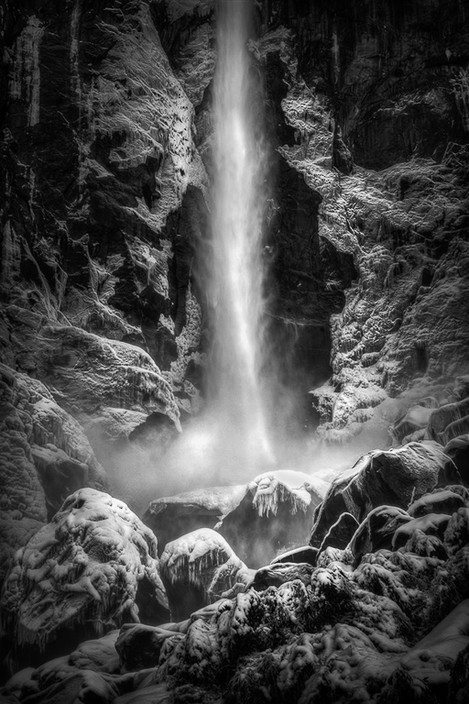
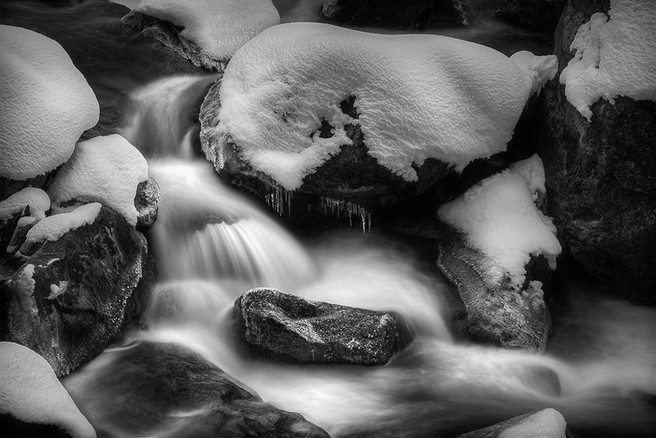
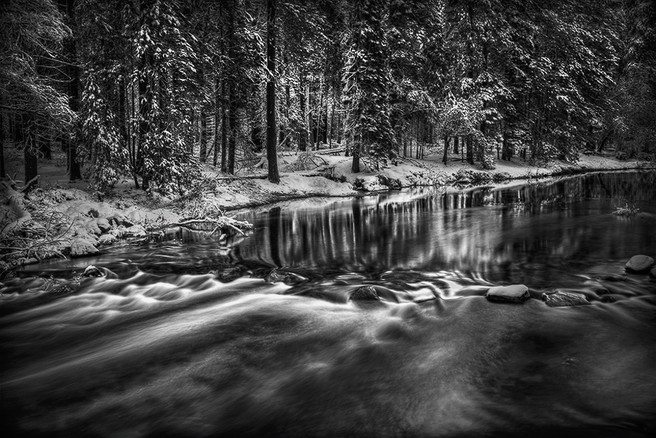
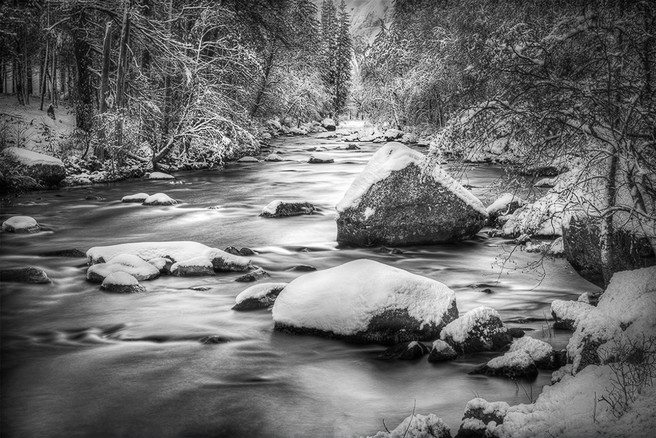
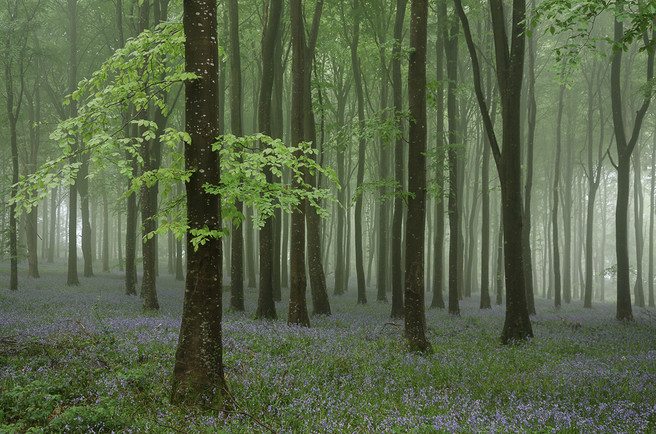
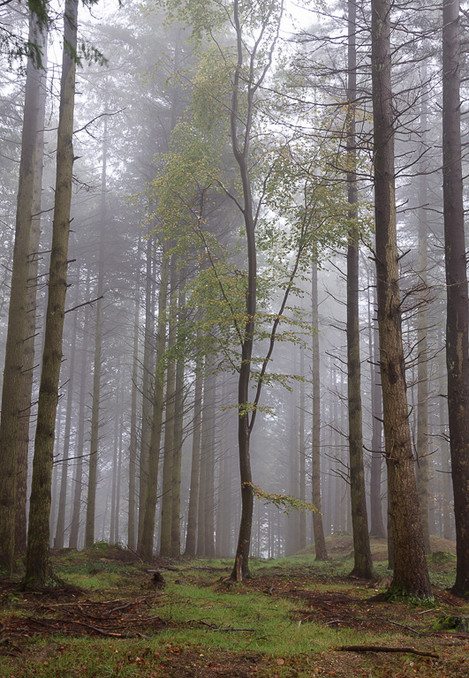
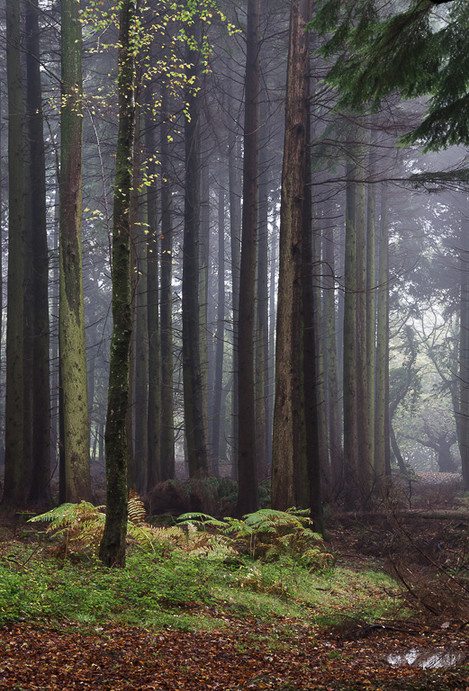
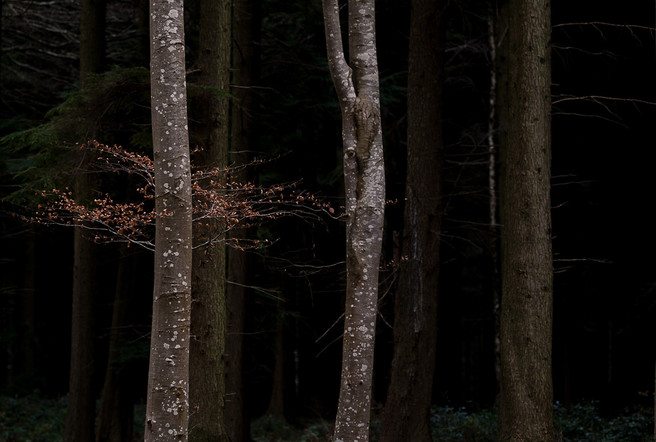
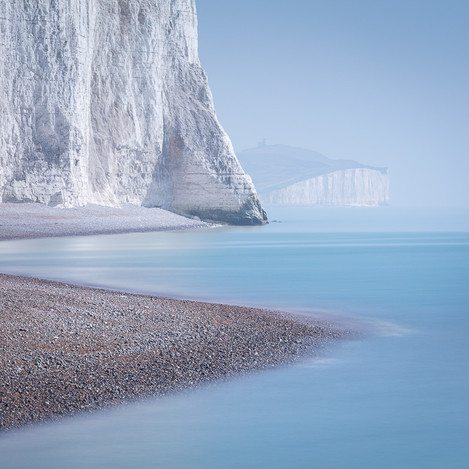
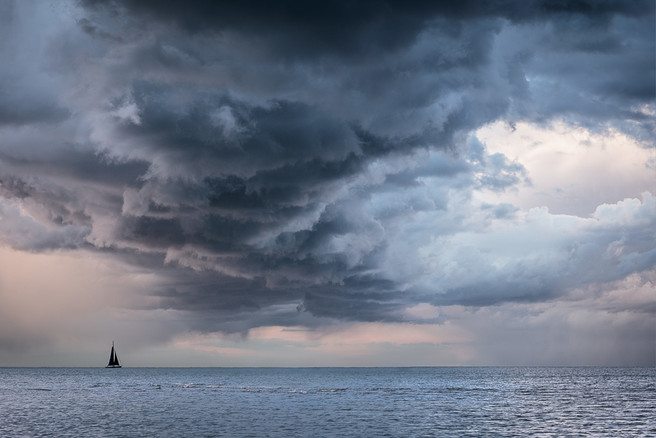
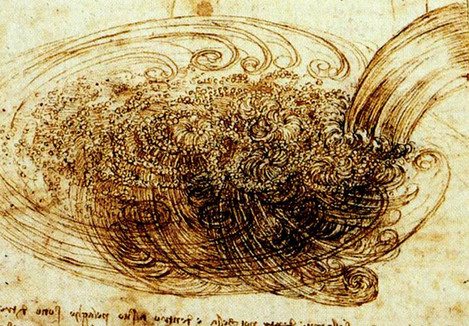
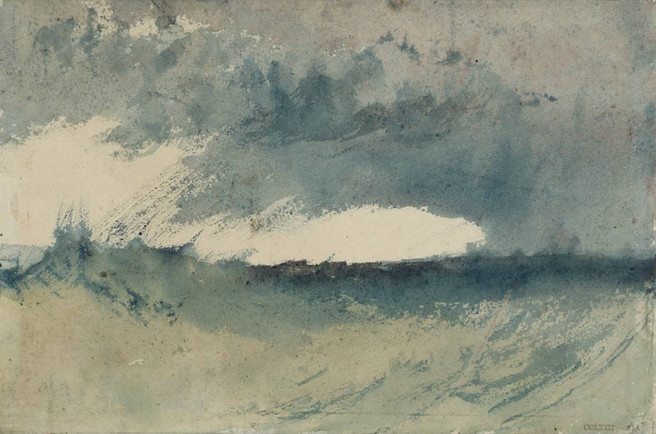
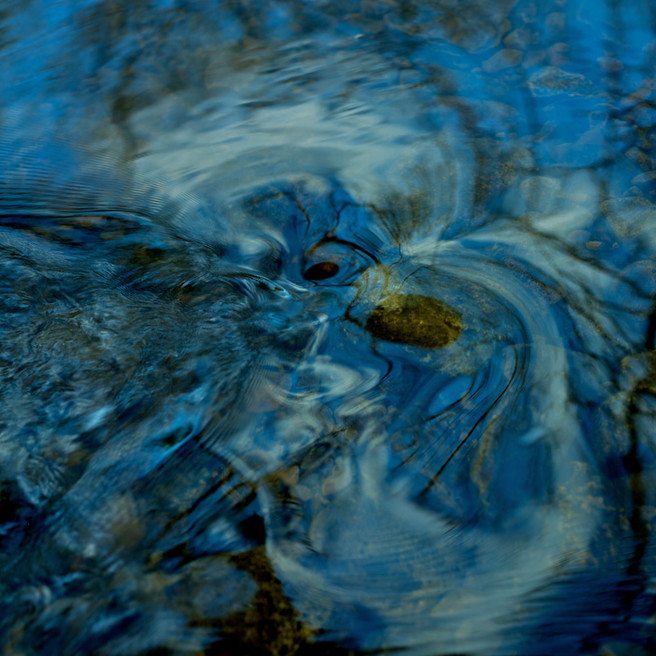
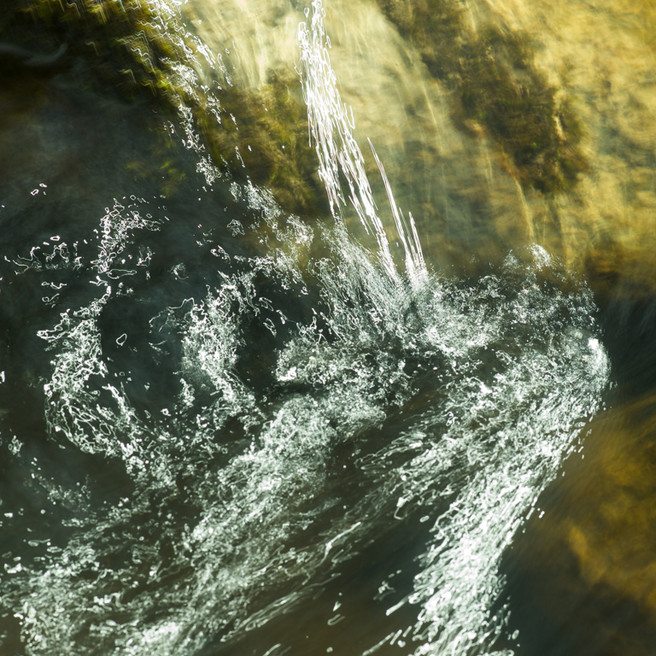
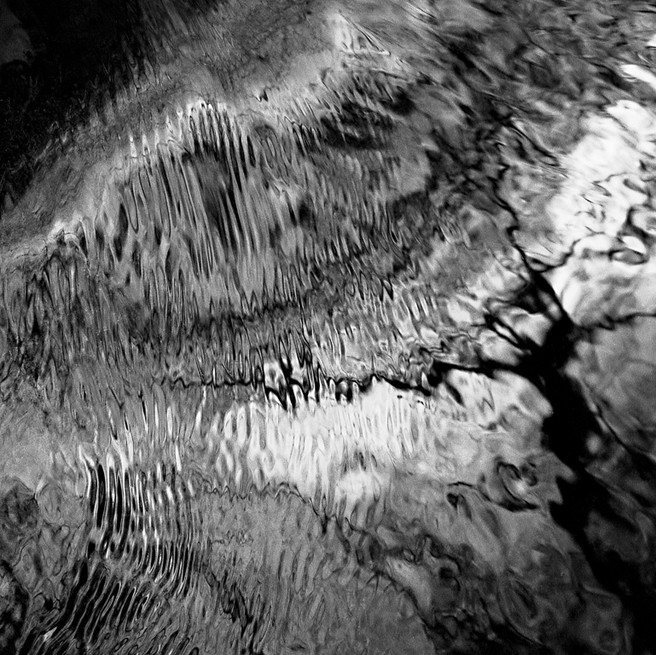
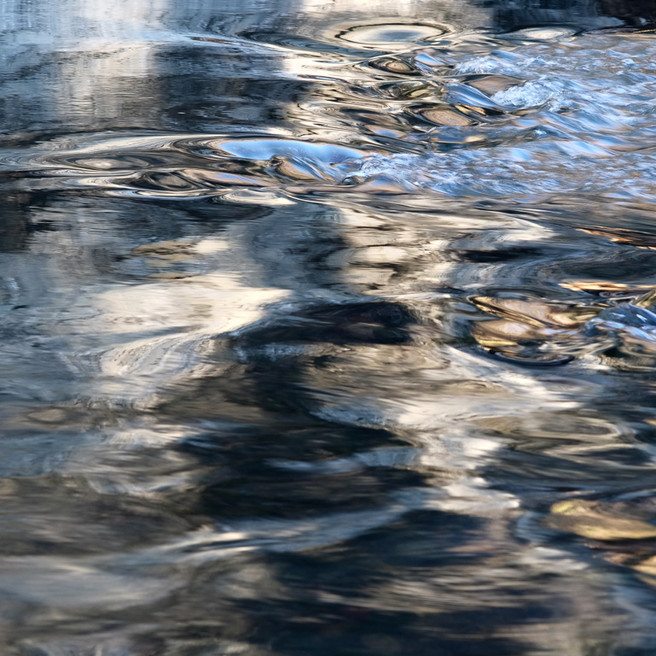
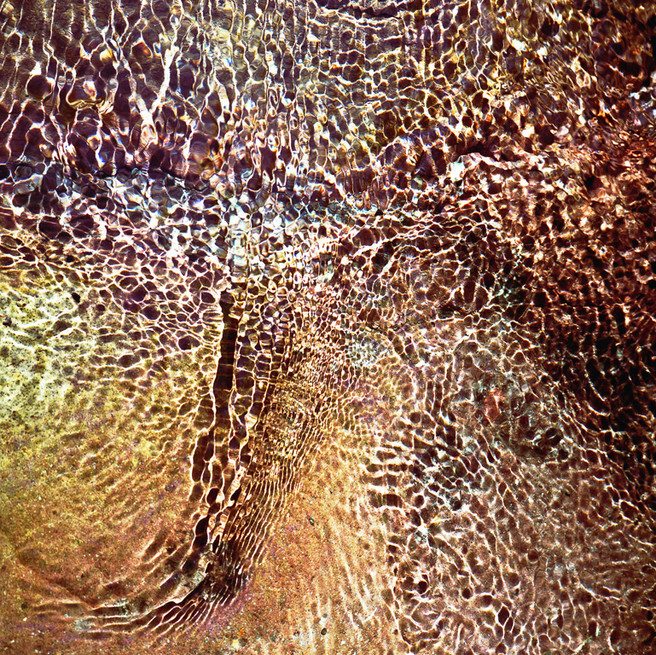
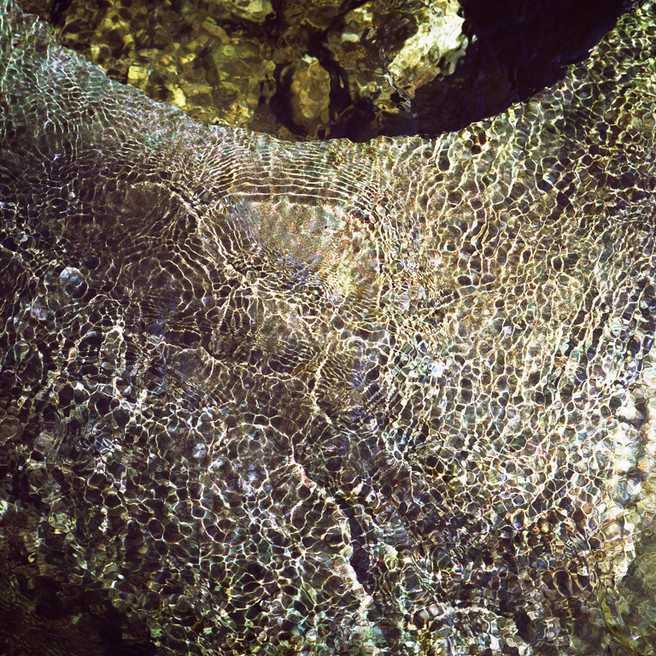
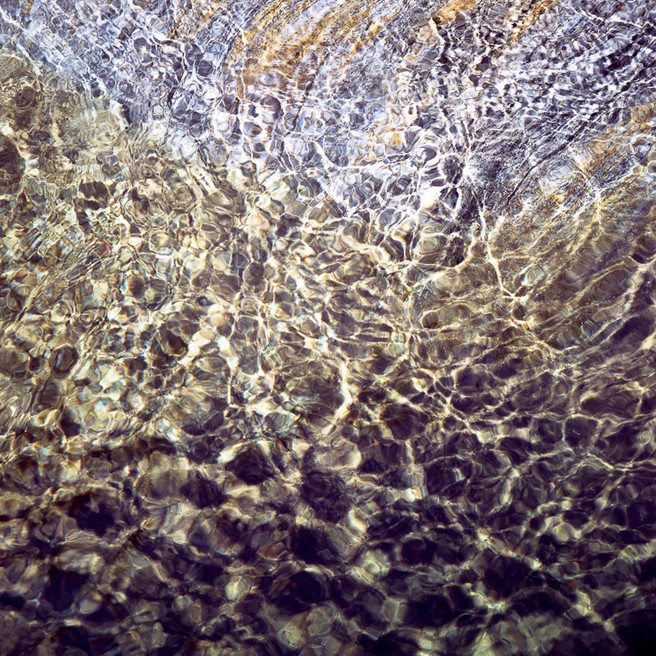
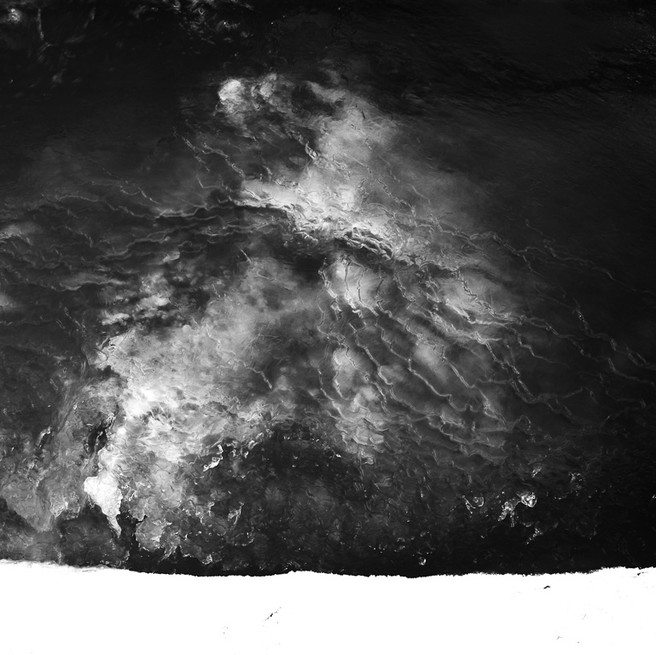
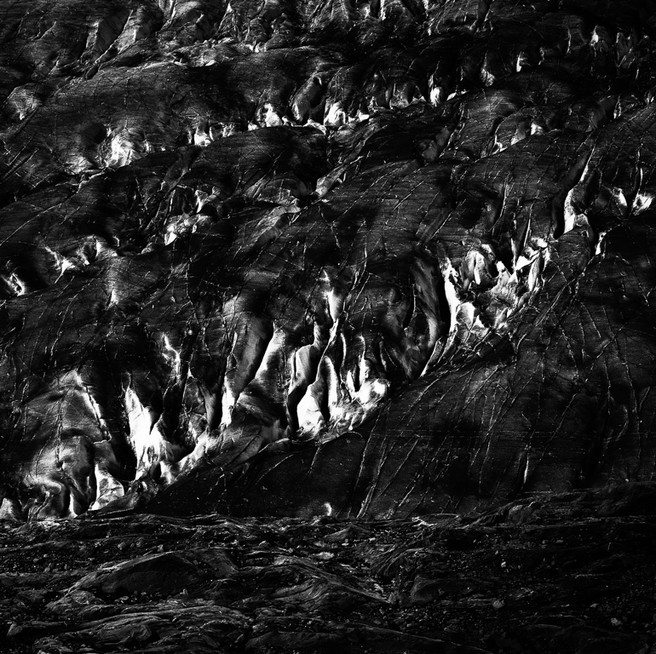
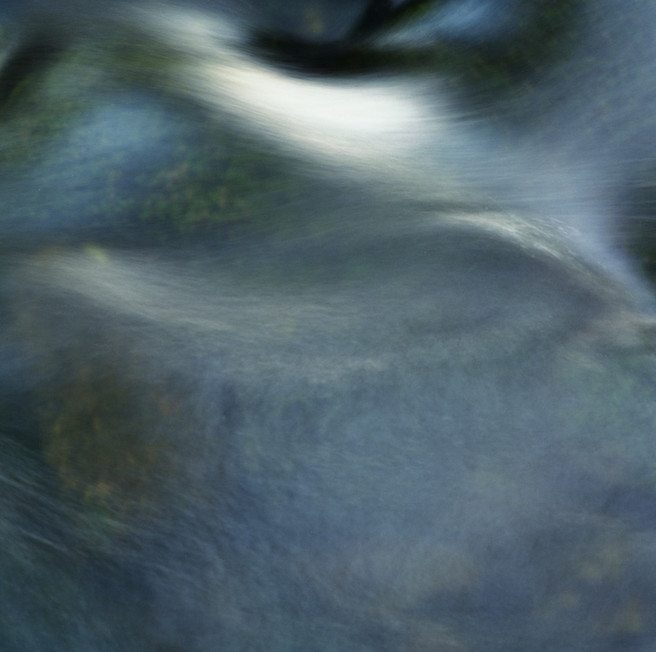
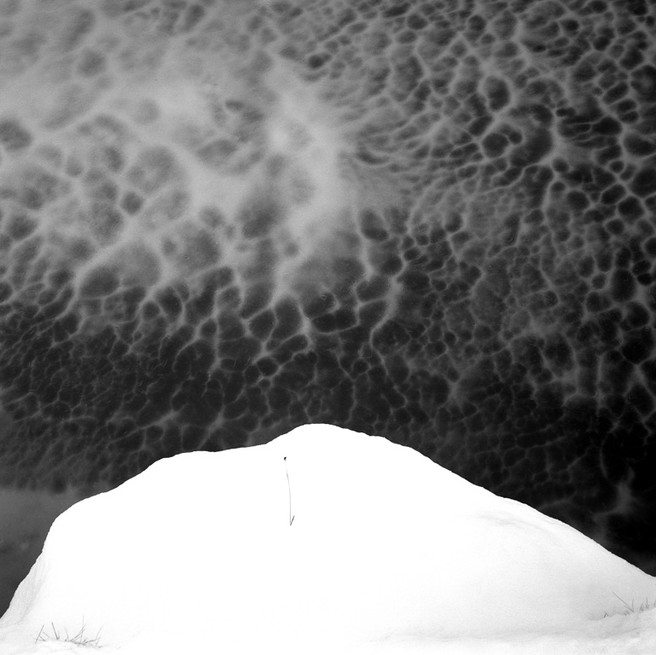
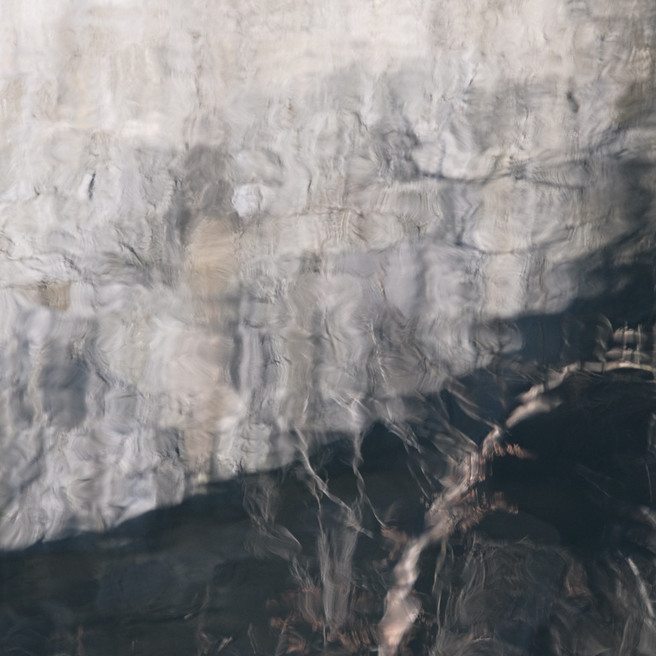
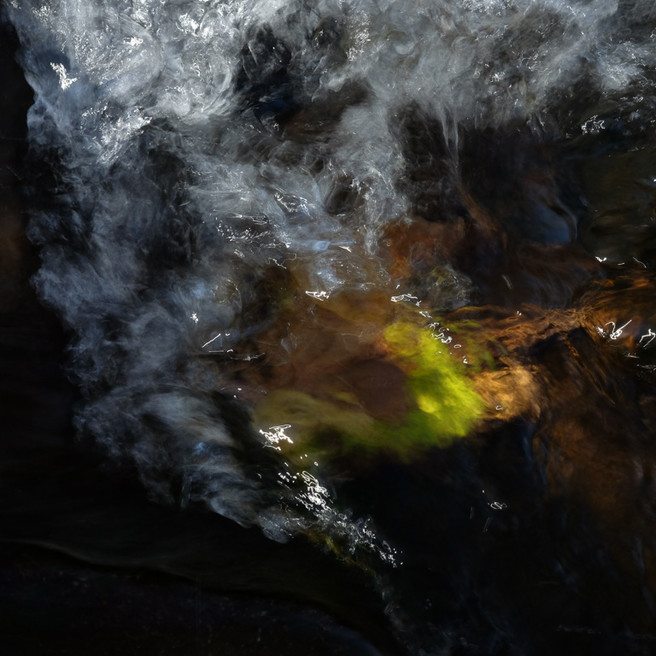
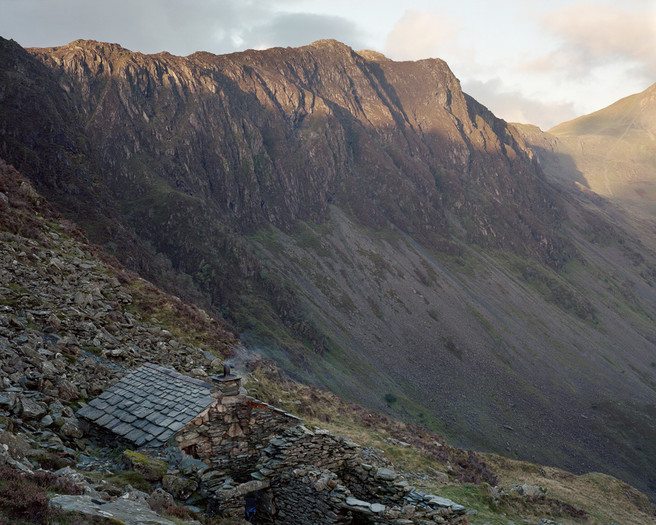
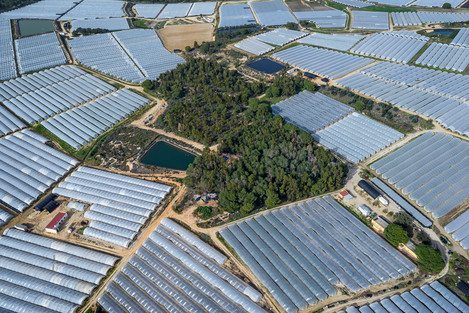
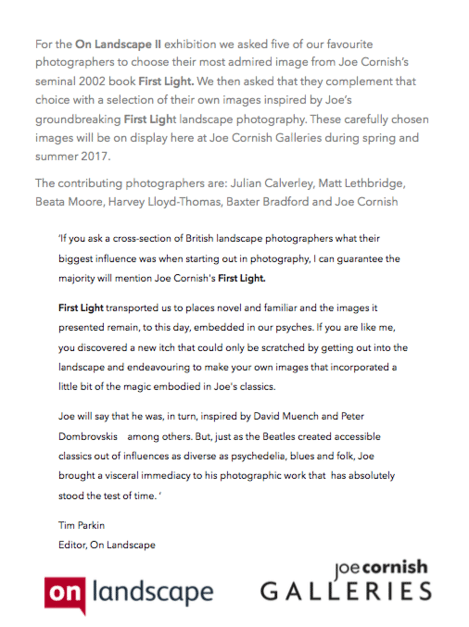
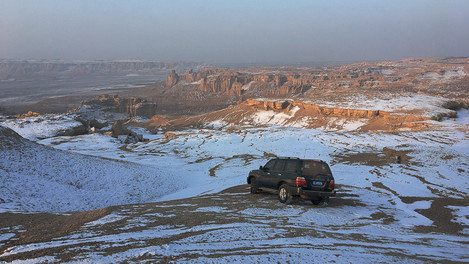
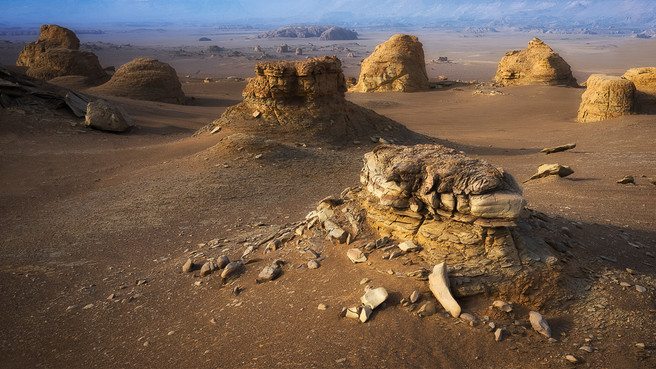 Hui was in his mid 40’s and had spent his entire life in Xinjiang - this was his landscape, and his enthusiasm for it shone from his weathered face. He energetically told Juanli that it was the finest landscape in the world, a fierce pride in his voice. I find that degree of passion infectious and my sense of anticipation grew with each passing moment.
Hui was in his mid 40’s and had spent his entire life in Xinjiang - this was his landscape, and his enthusiasm for it shone from his weathered face. He energetically told Juanli that it was the finest landscape in the world, a fierce pride in his voice. I find that degree of passion infectious and my sense of anticipation grew with each passing moment.